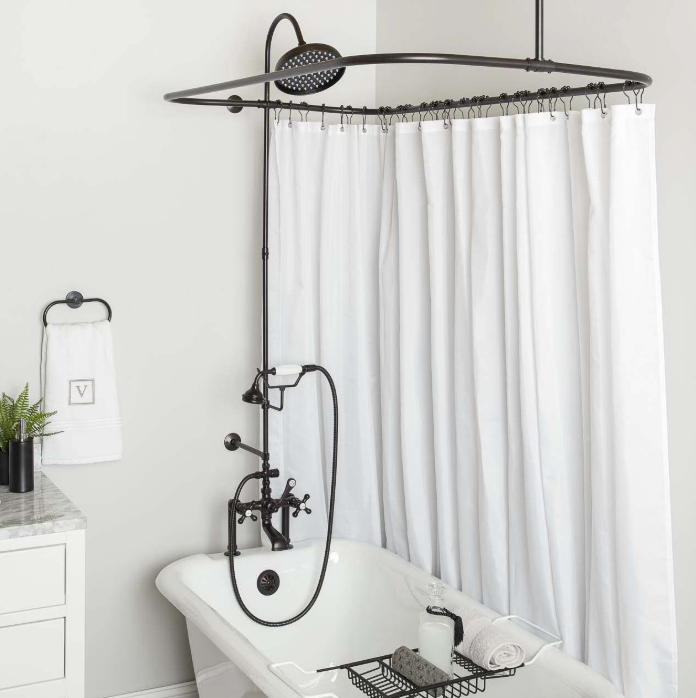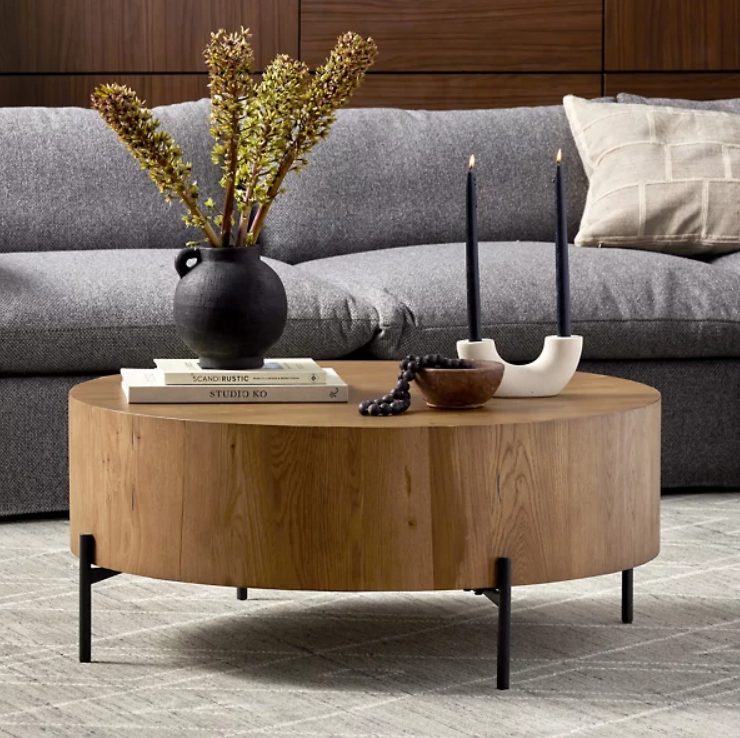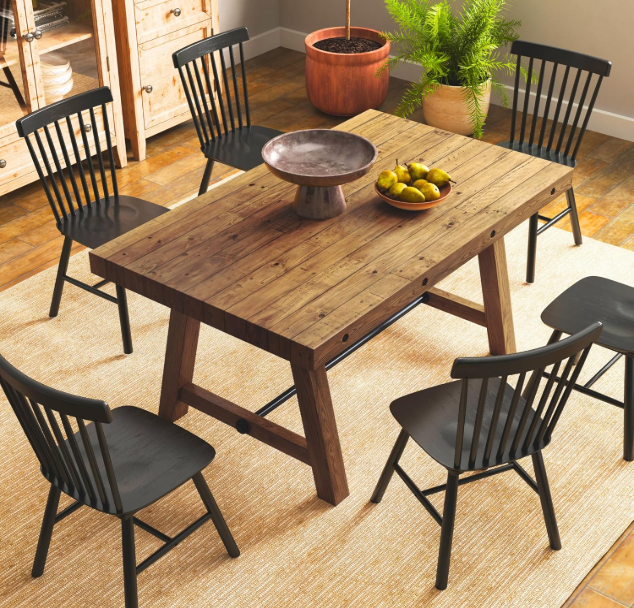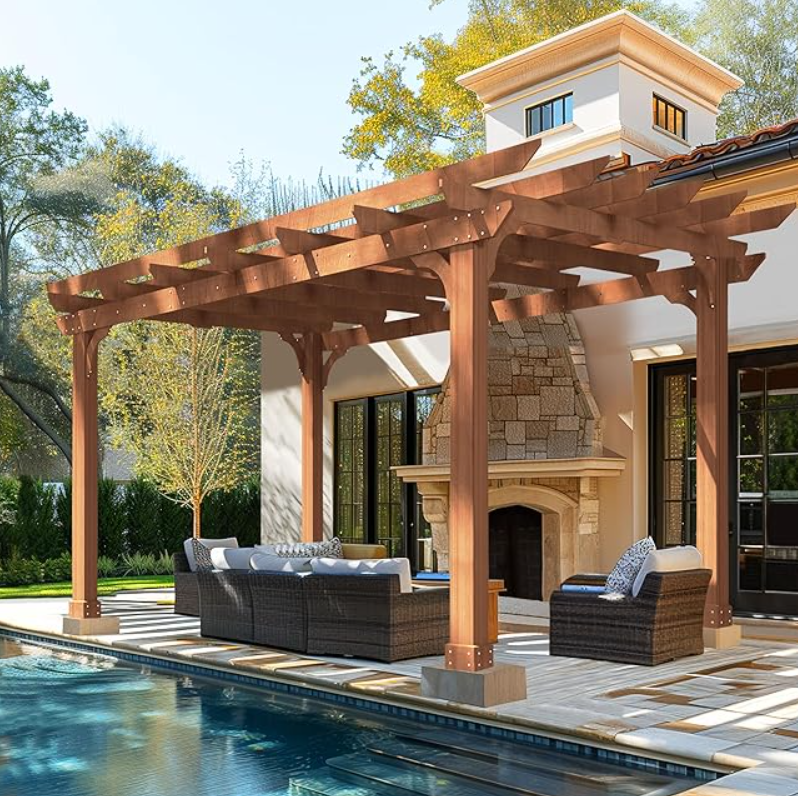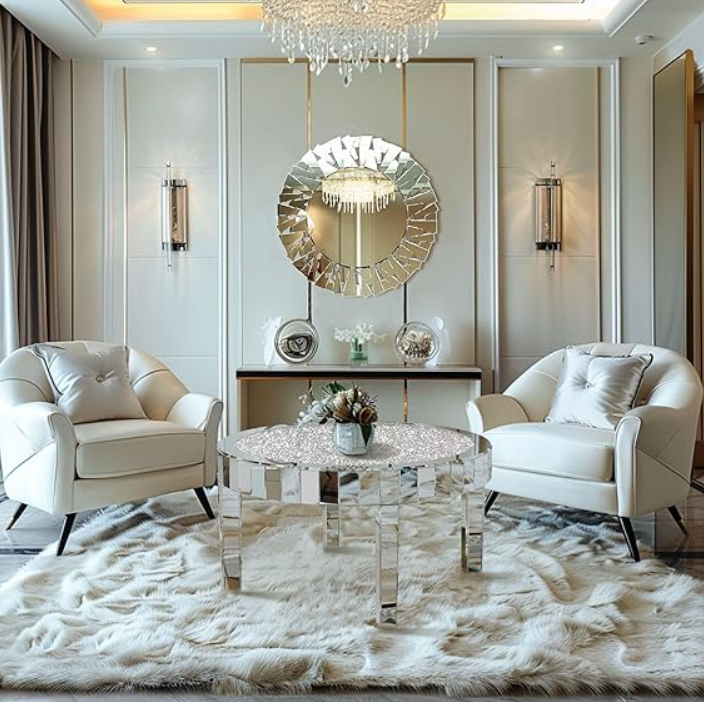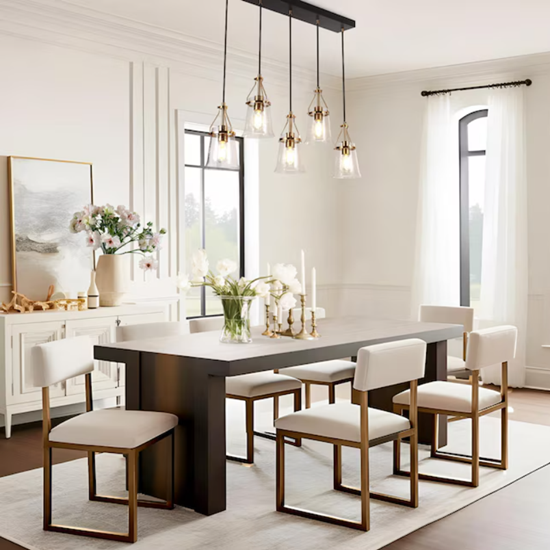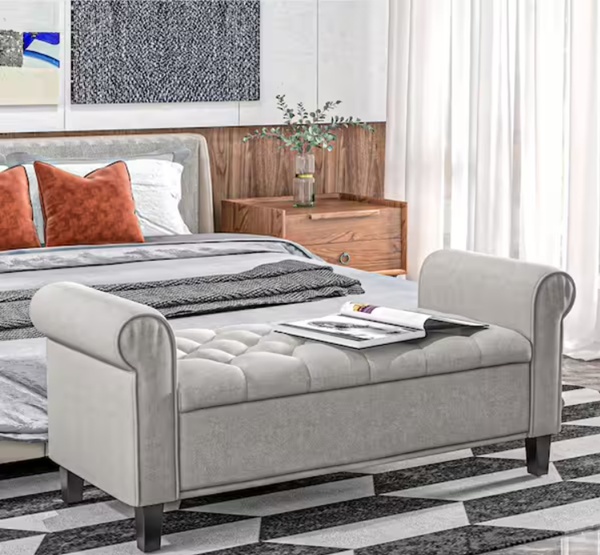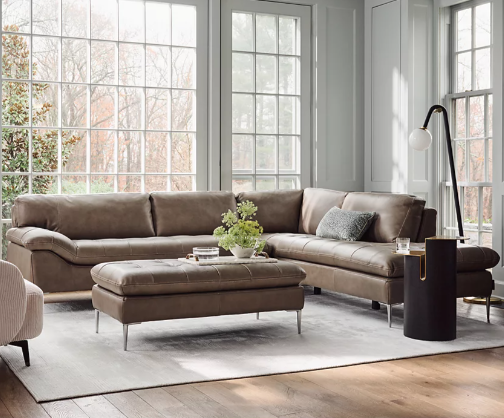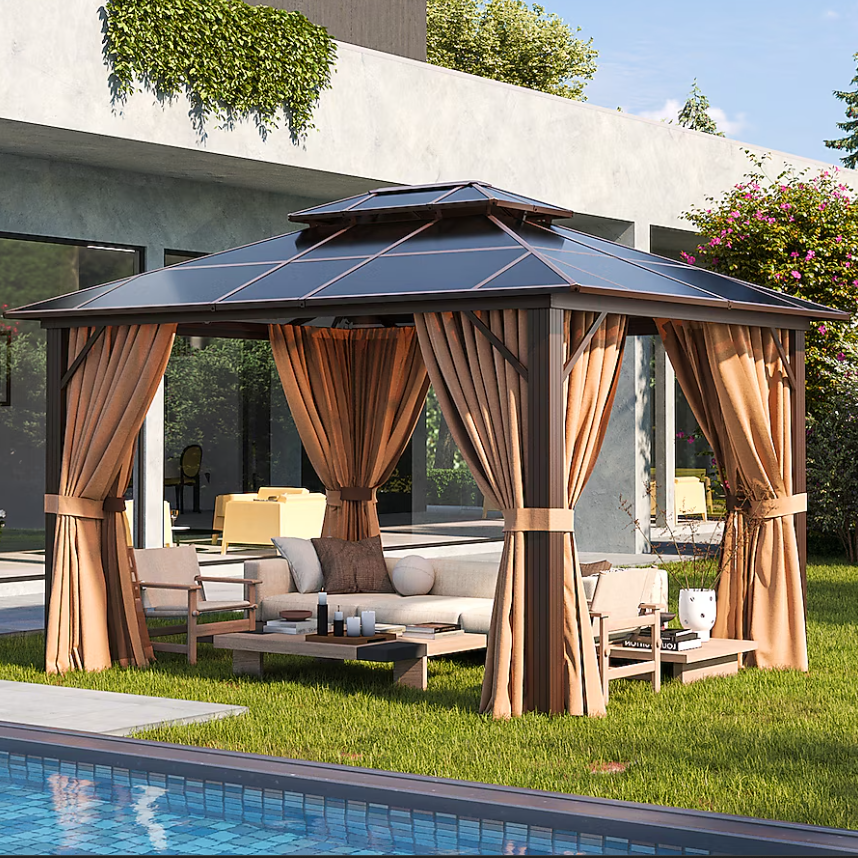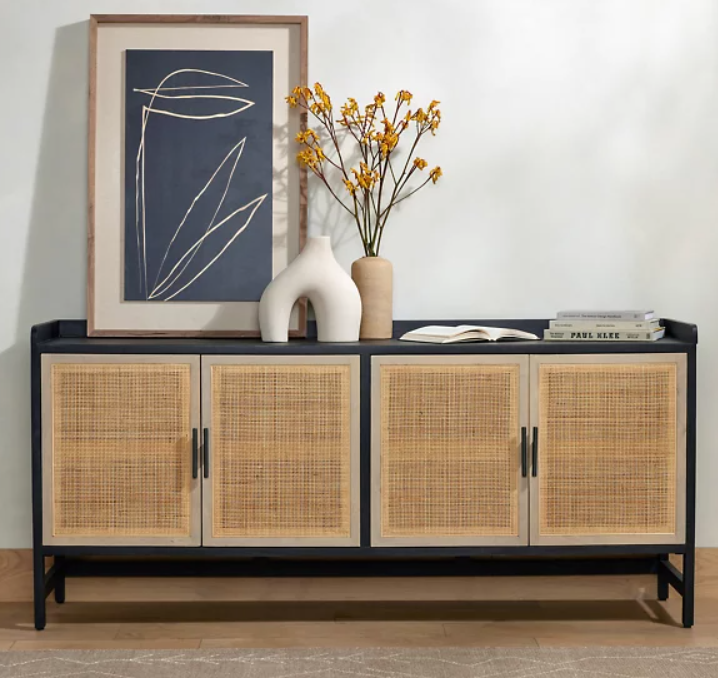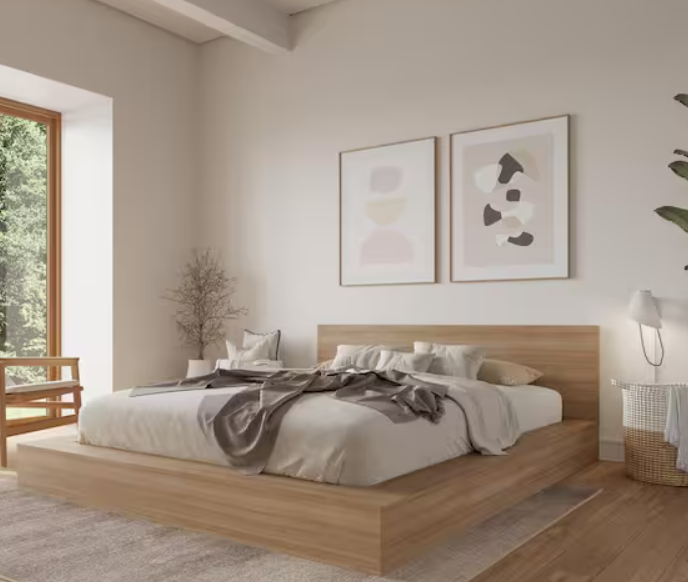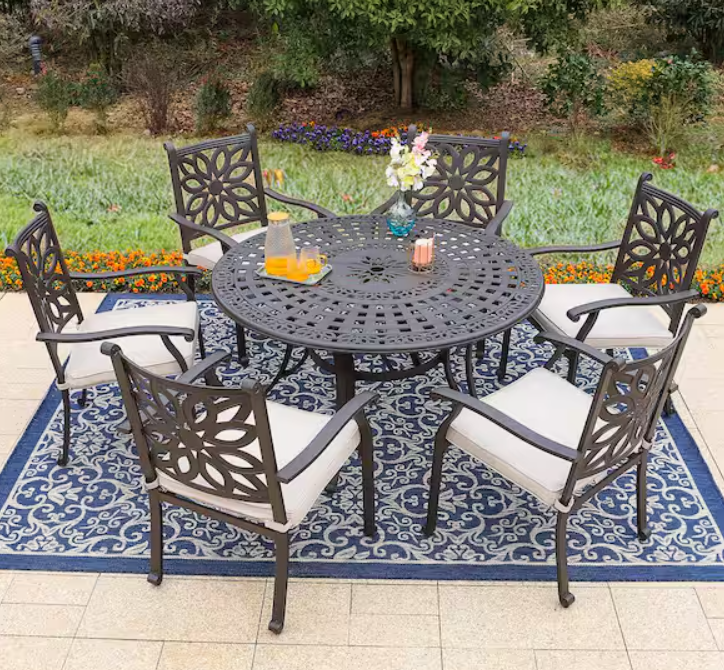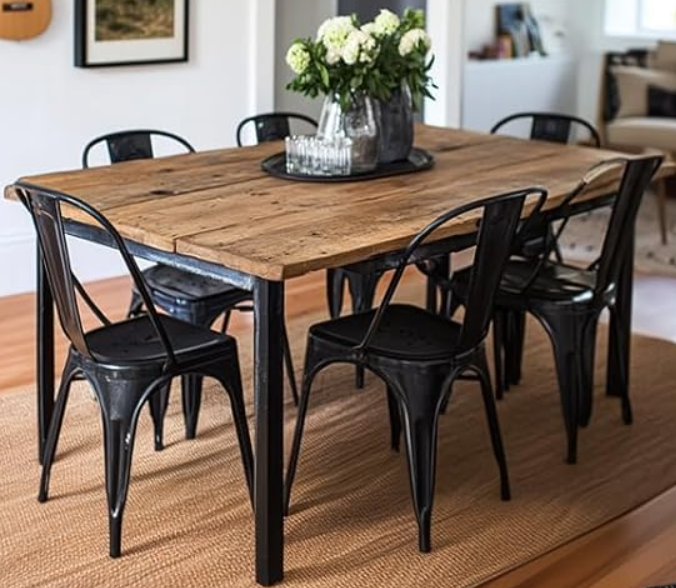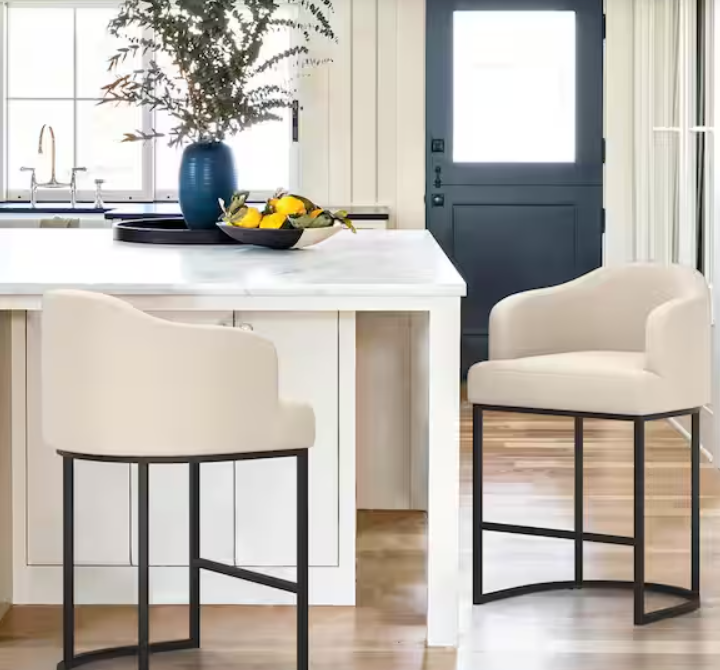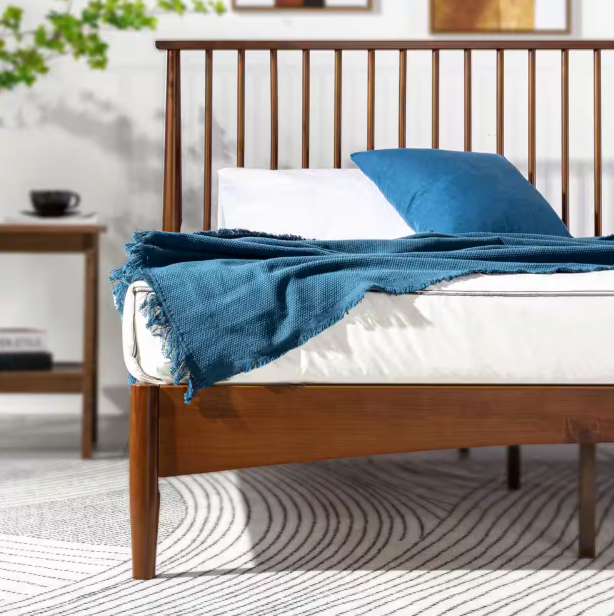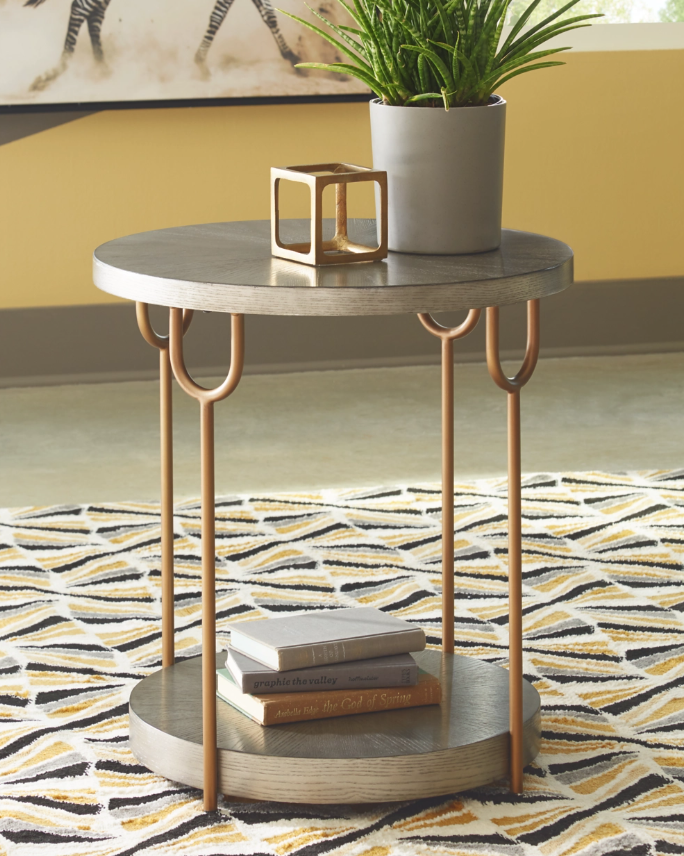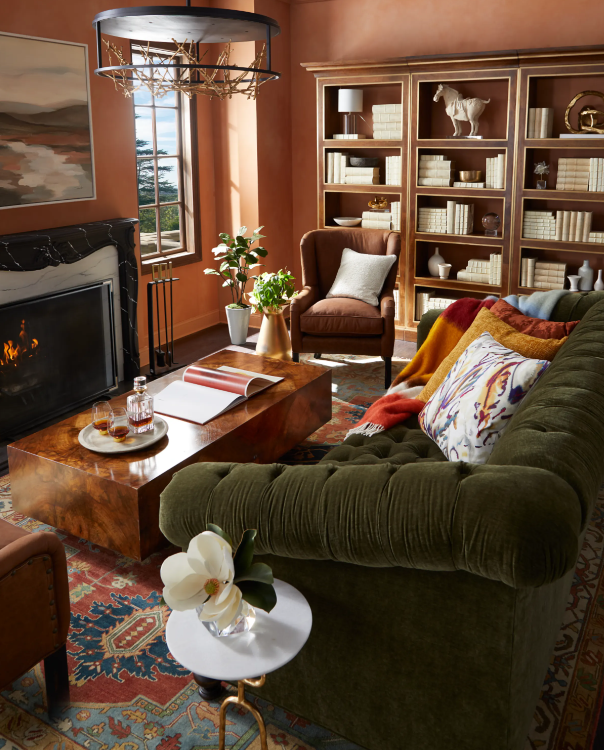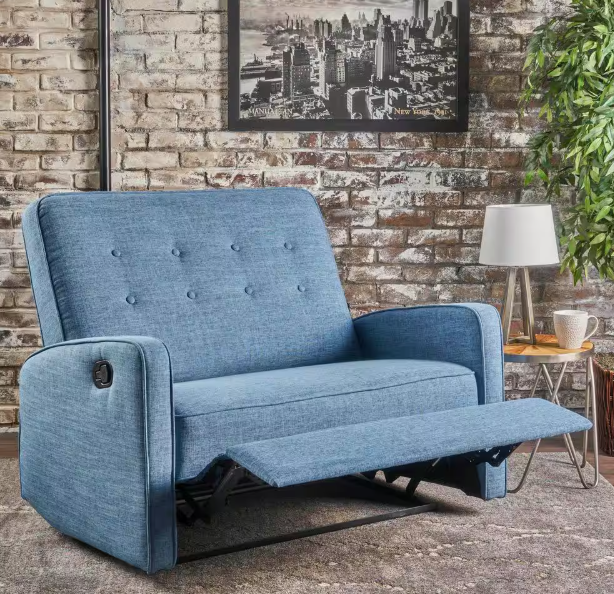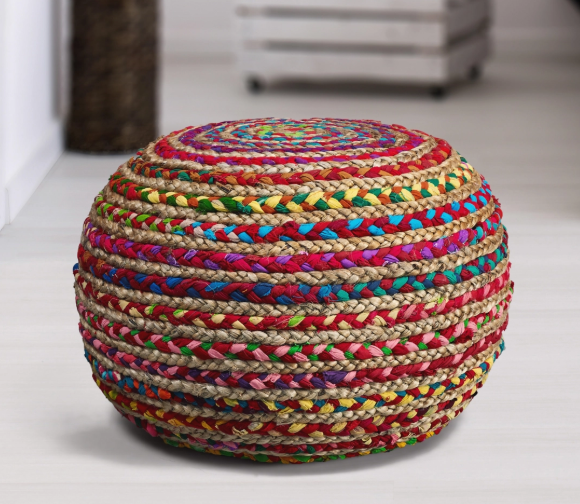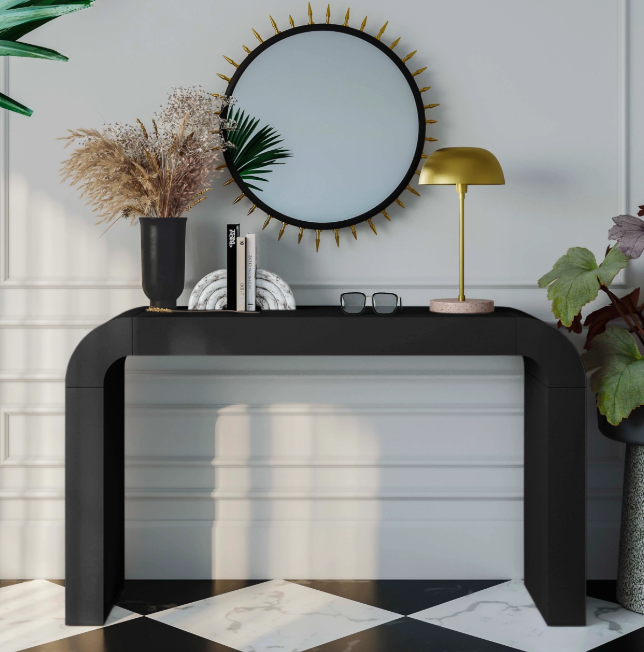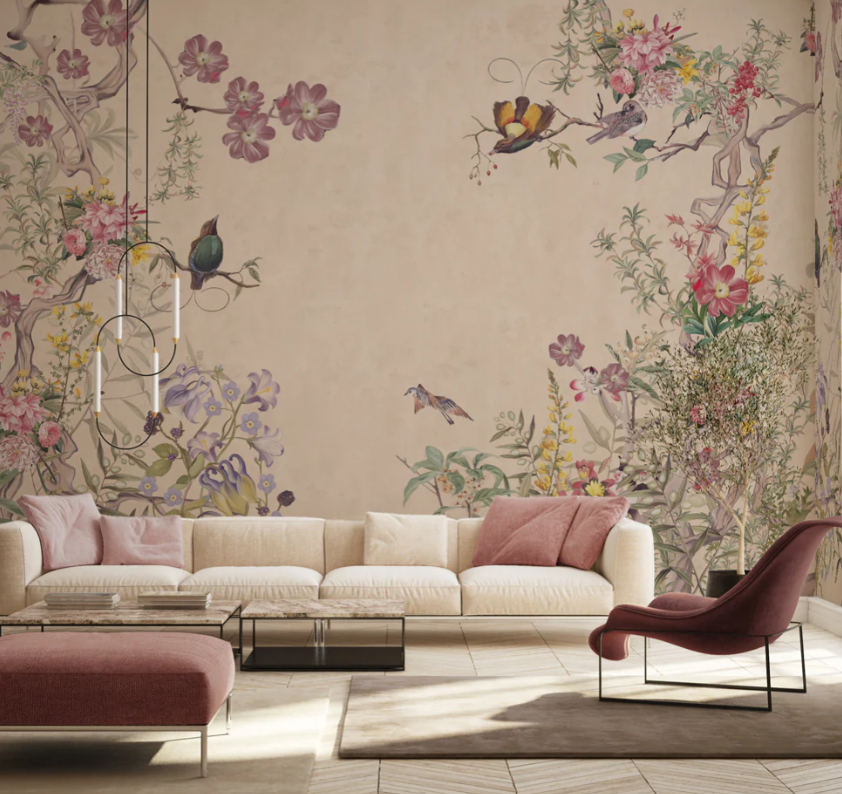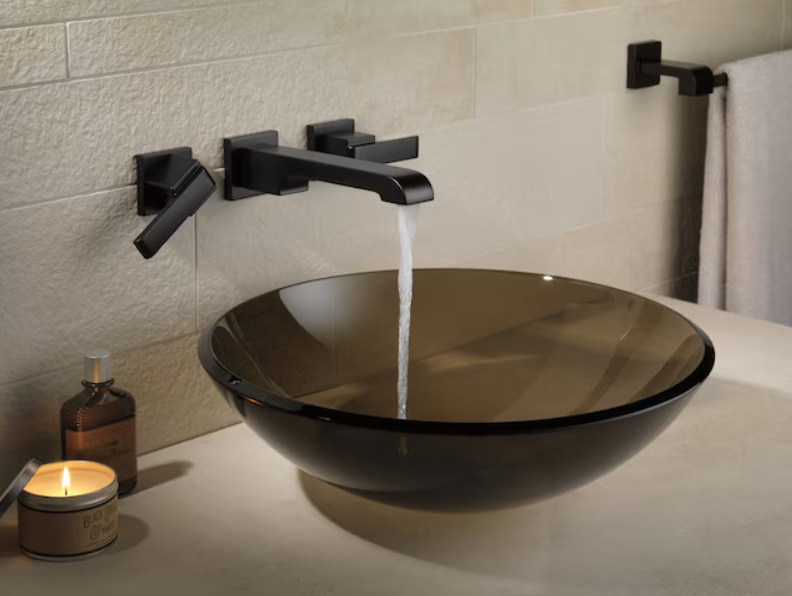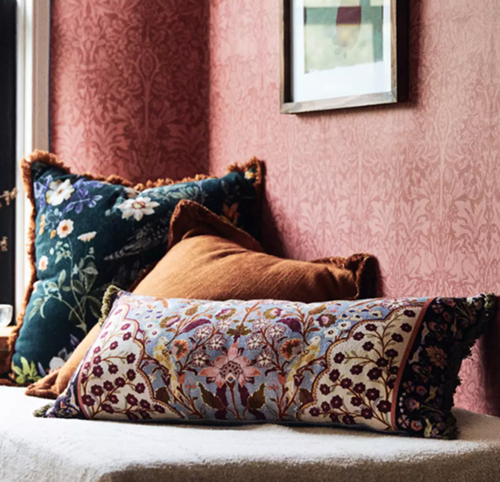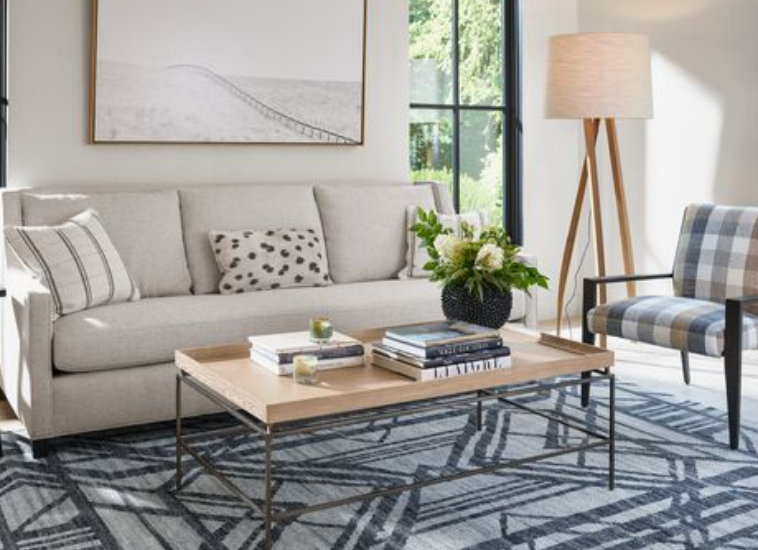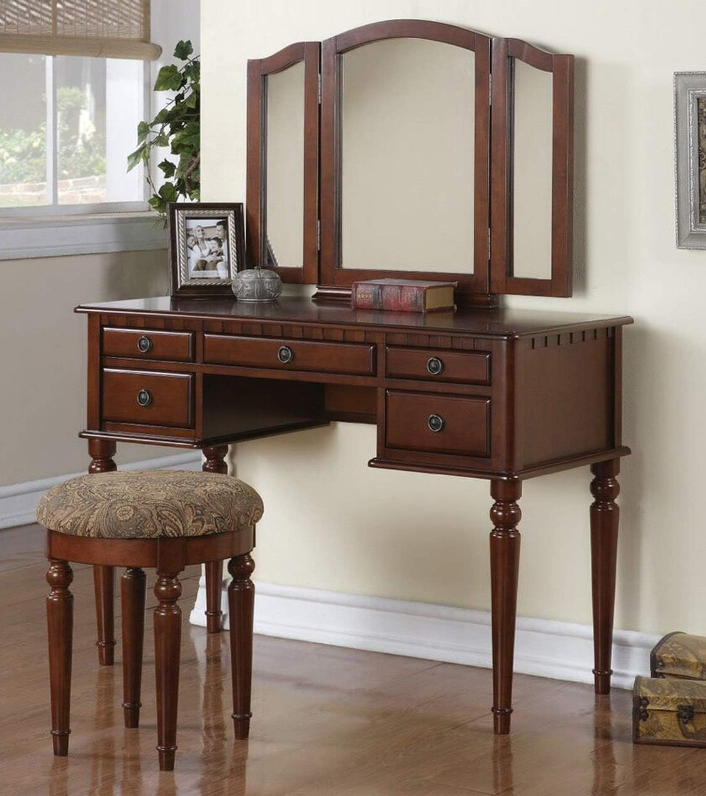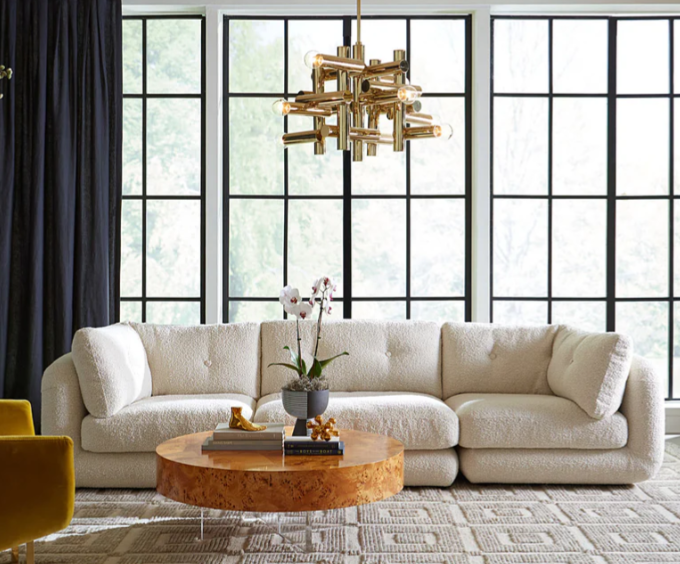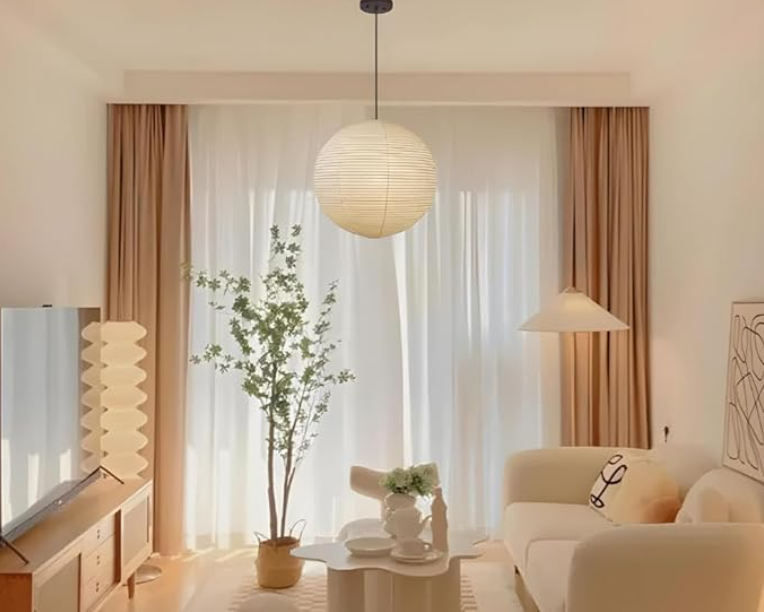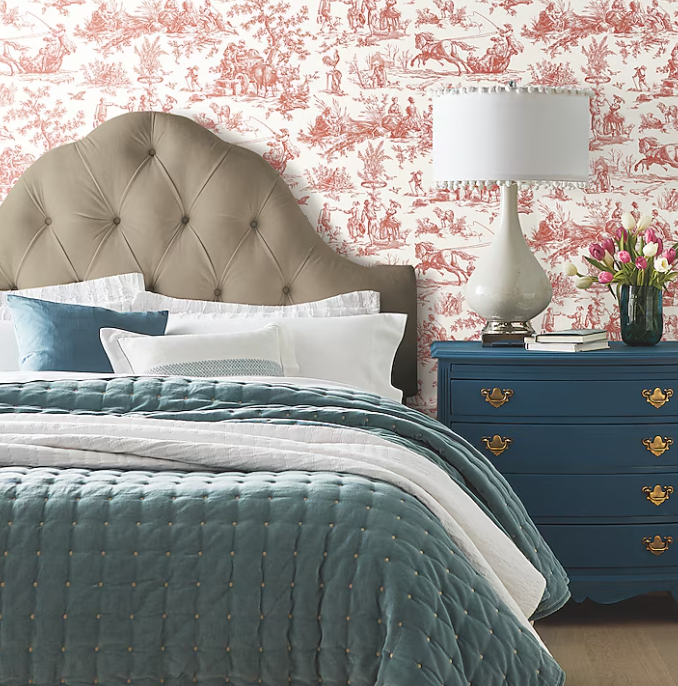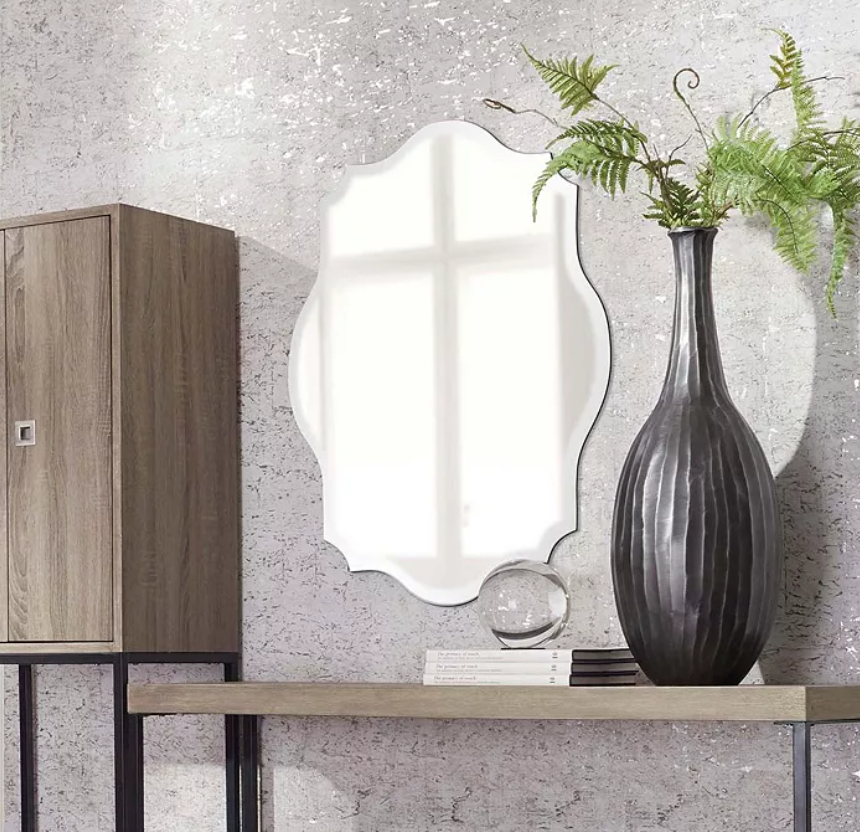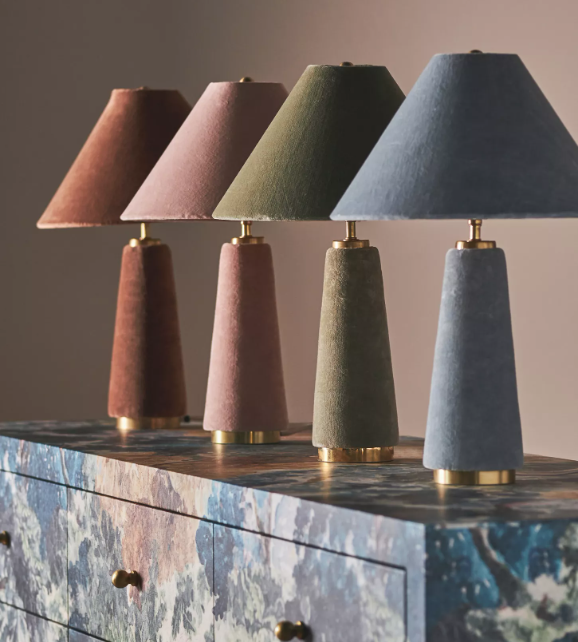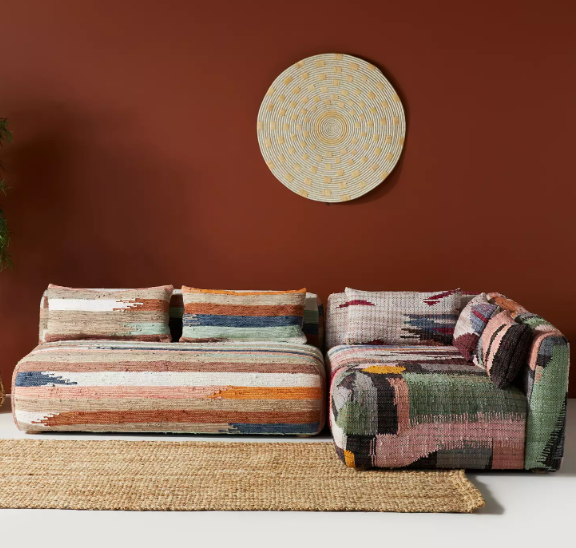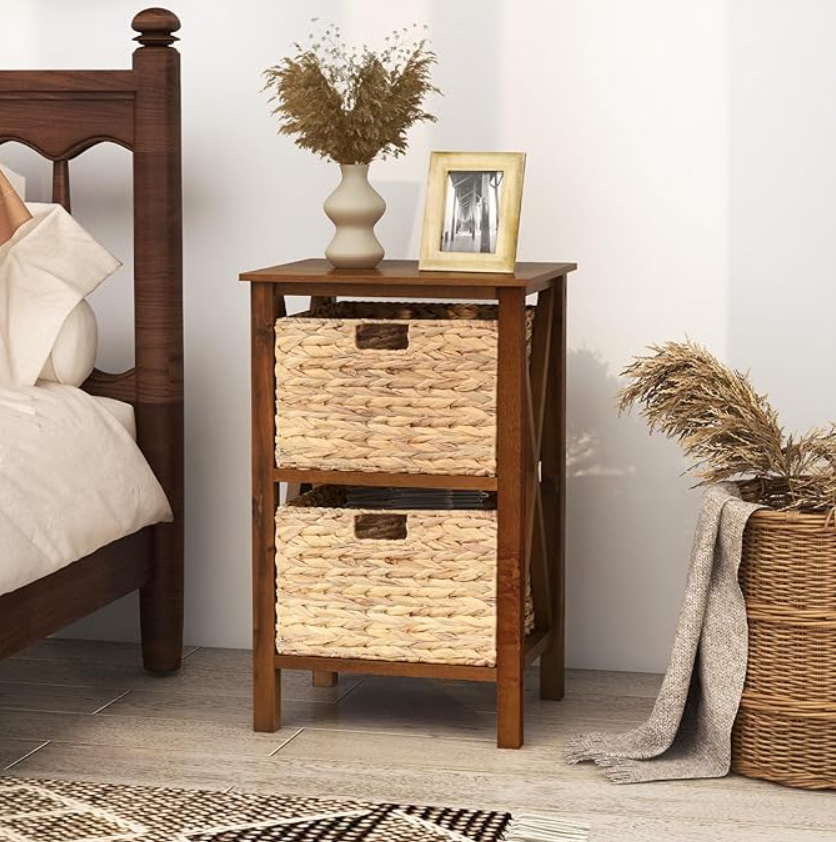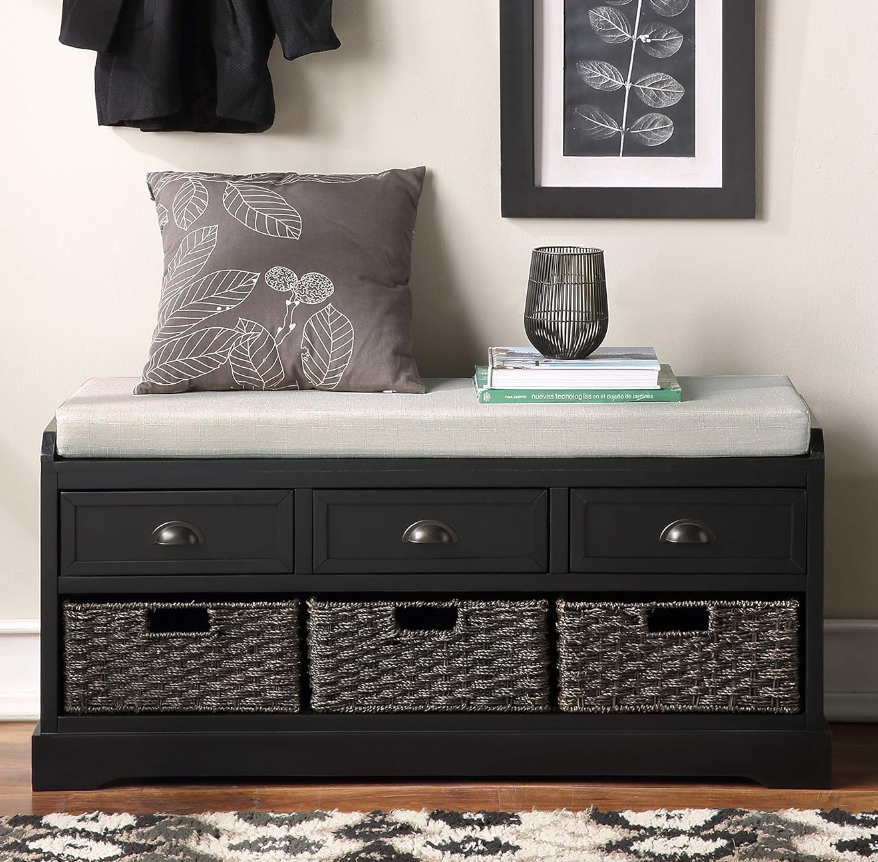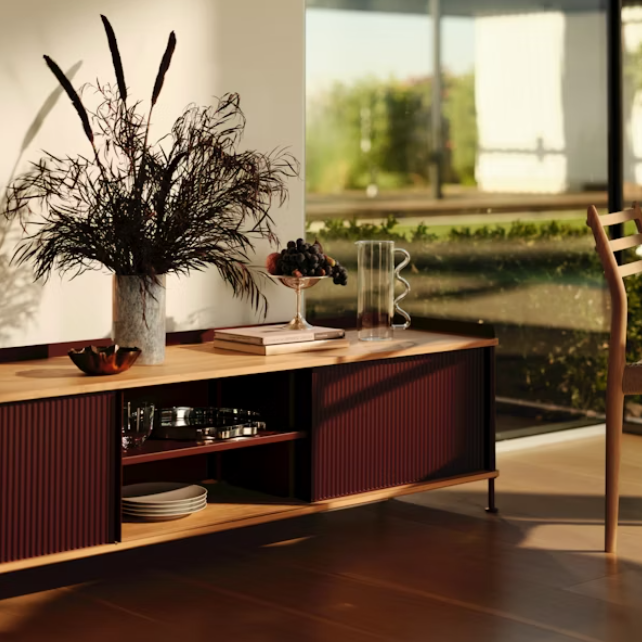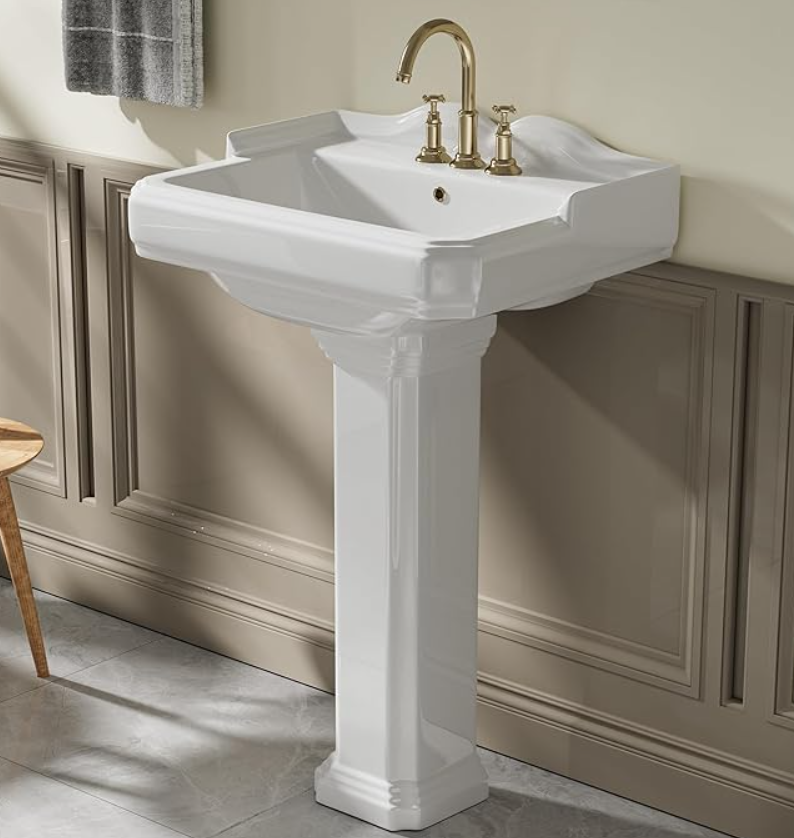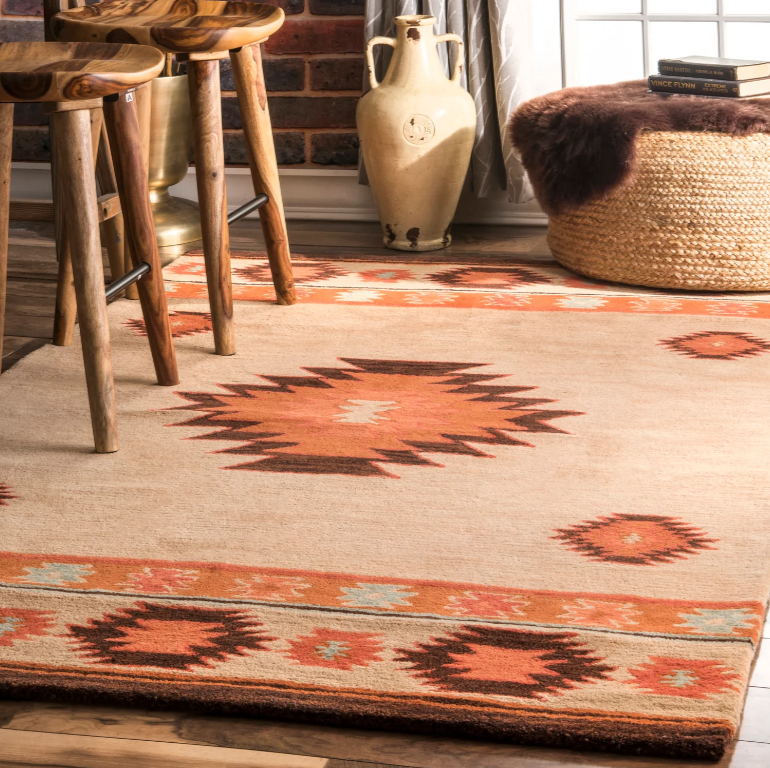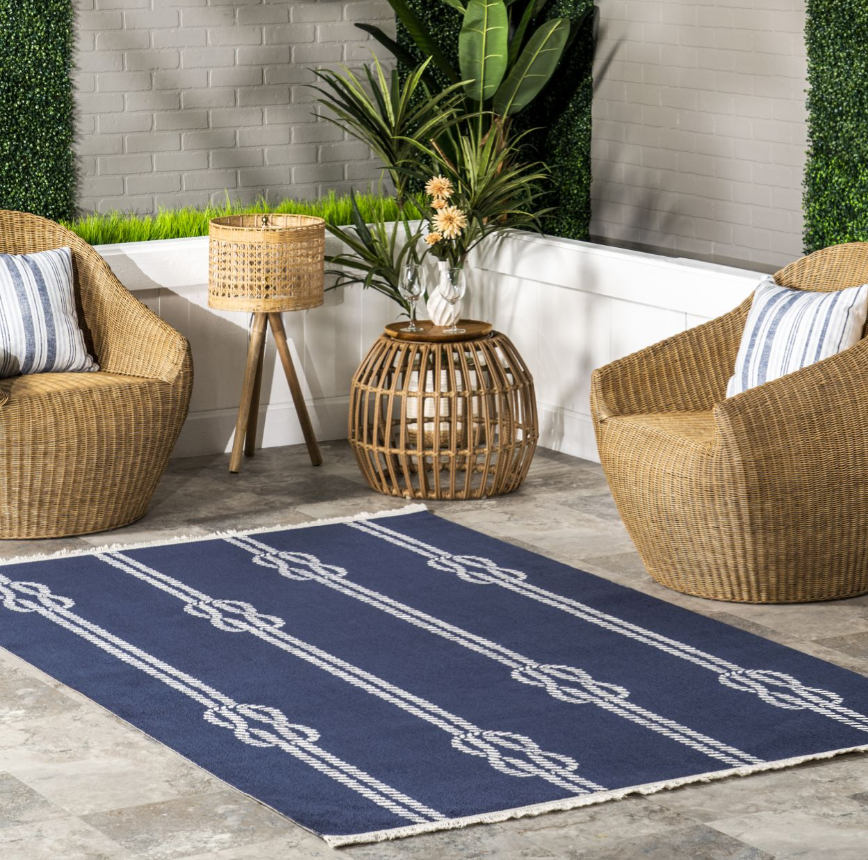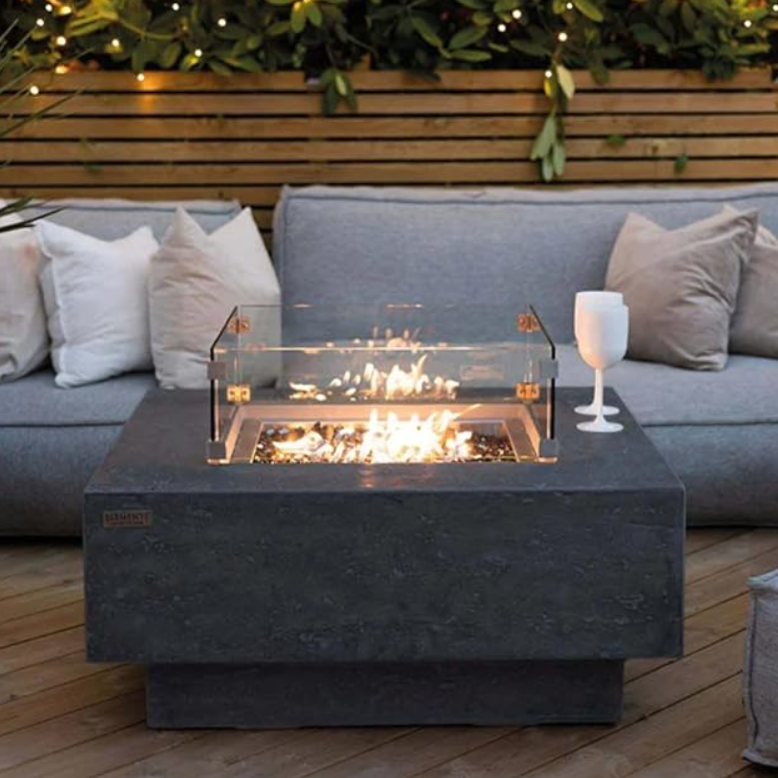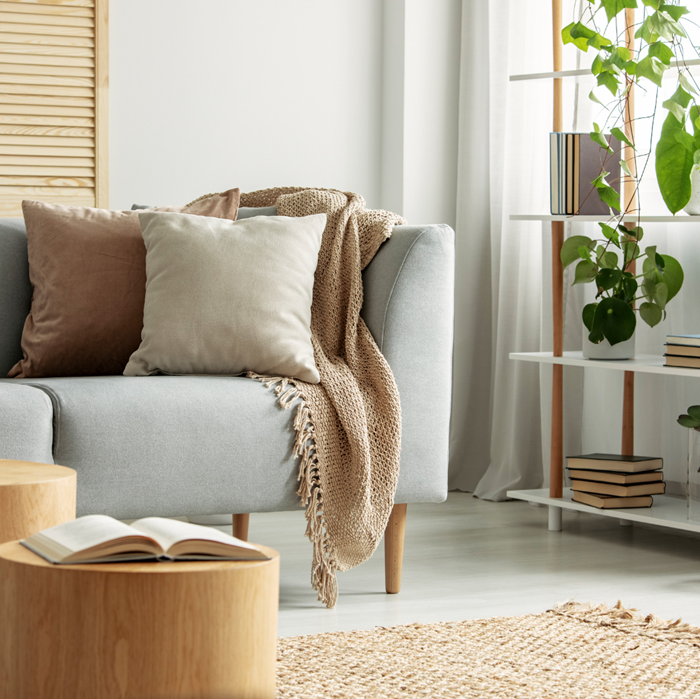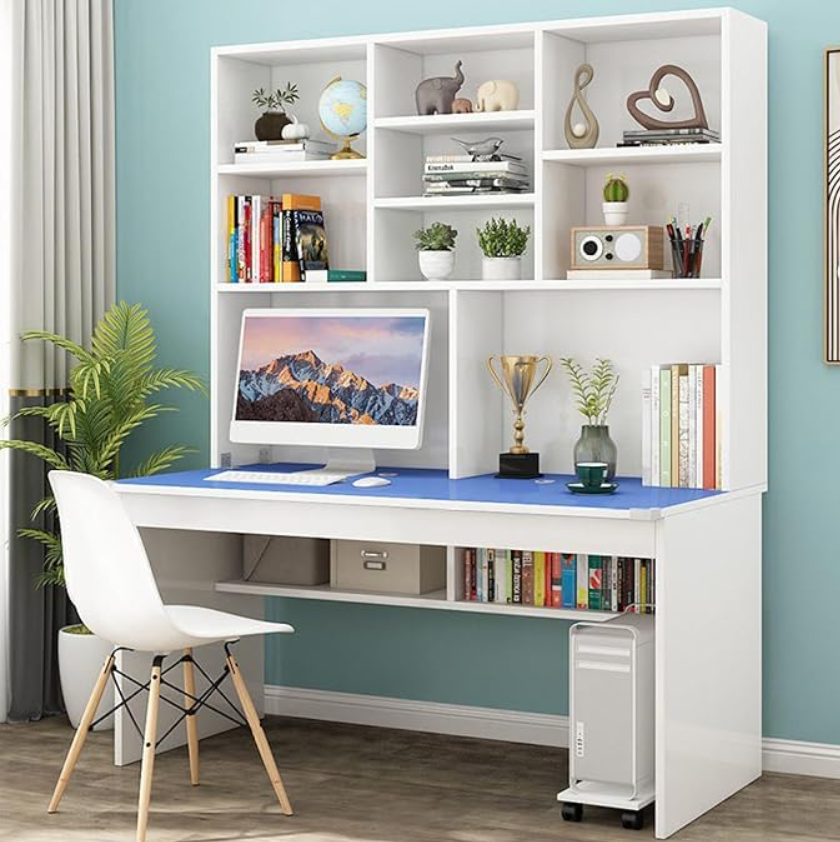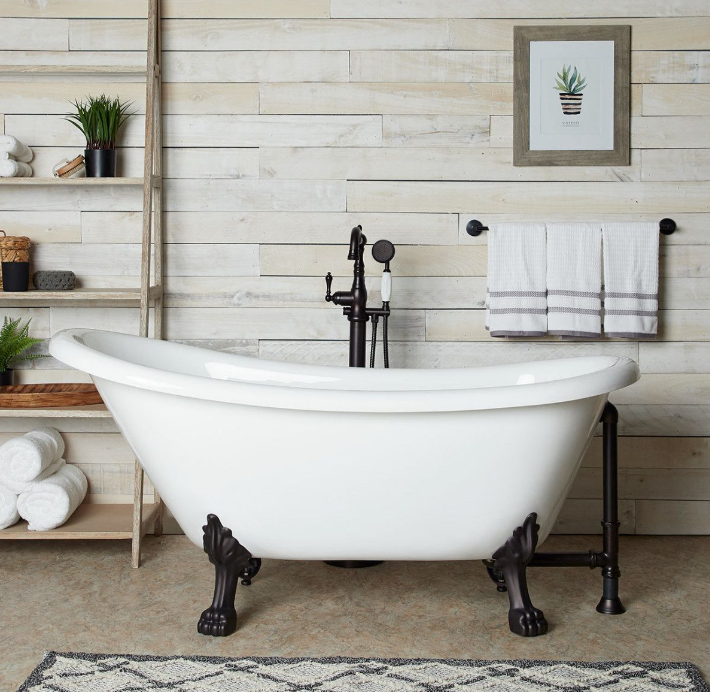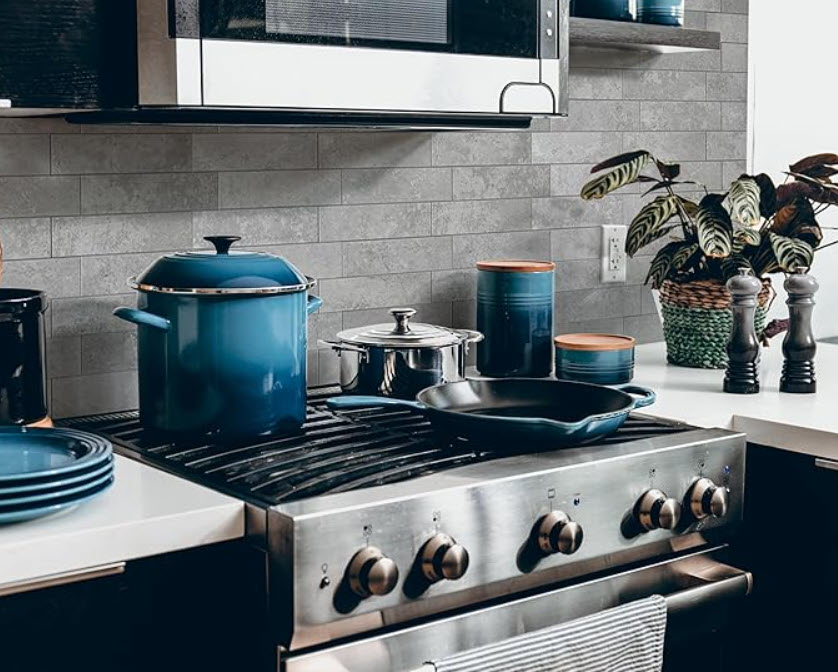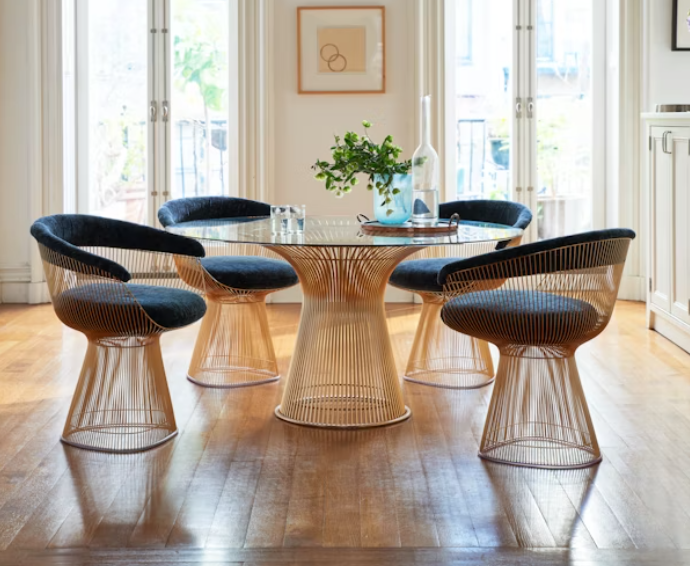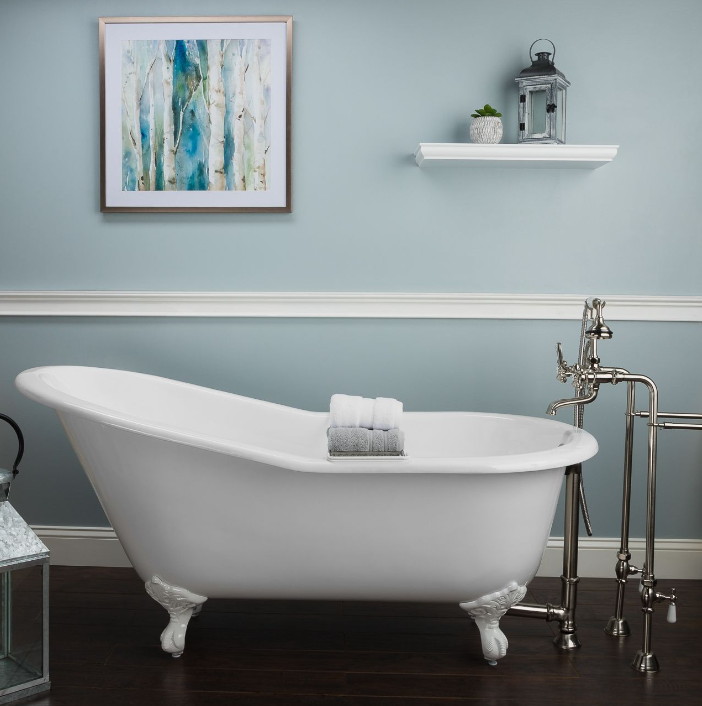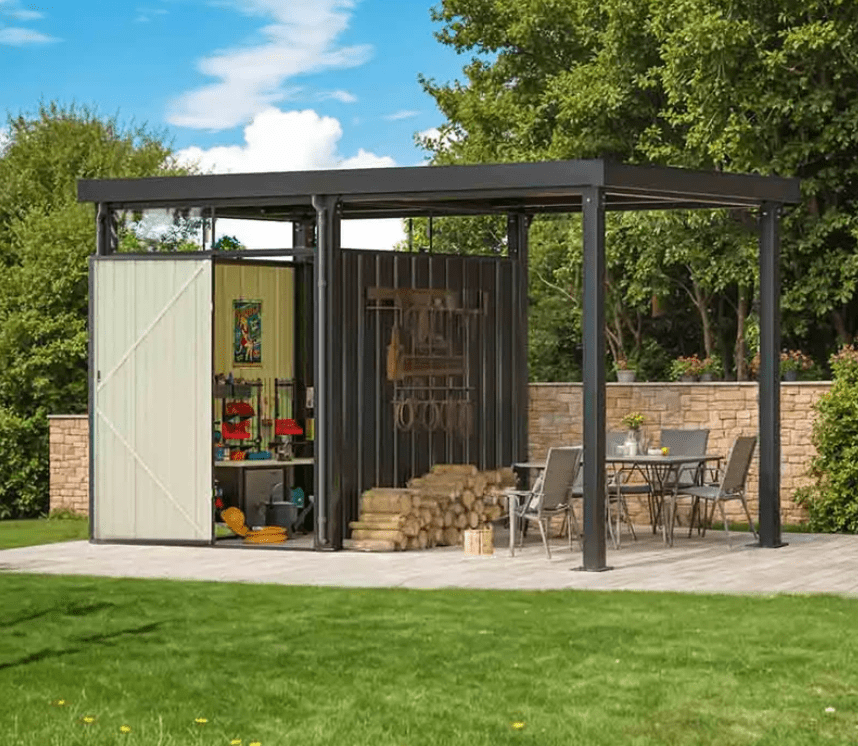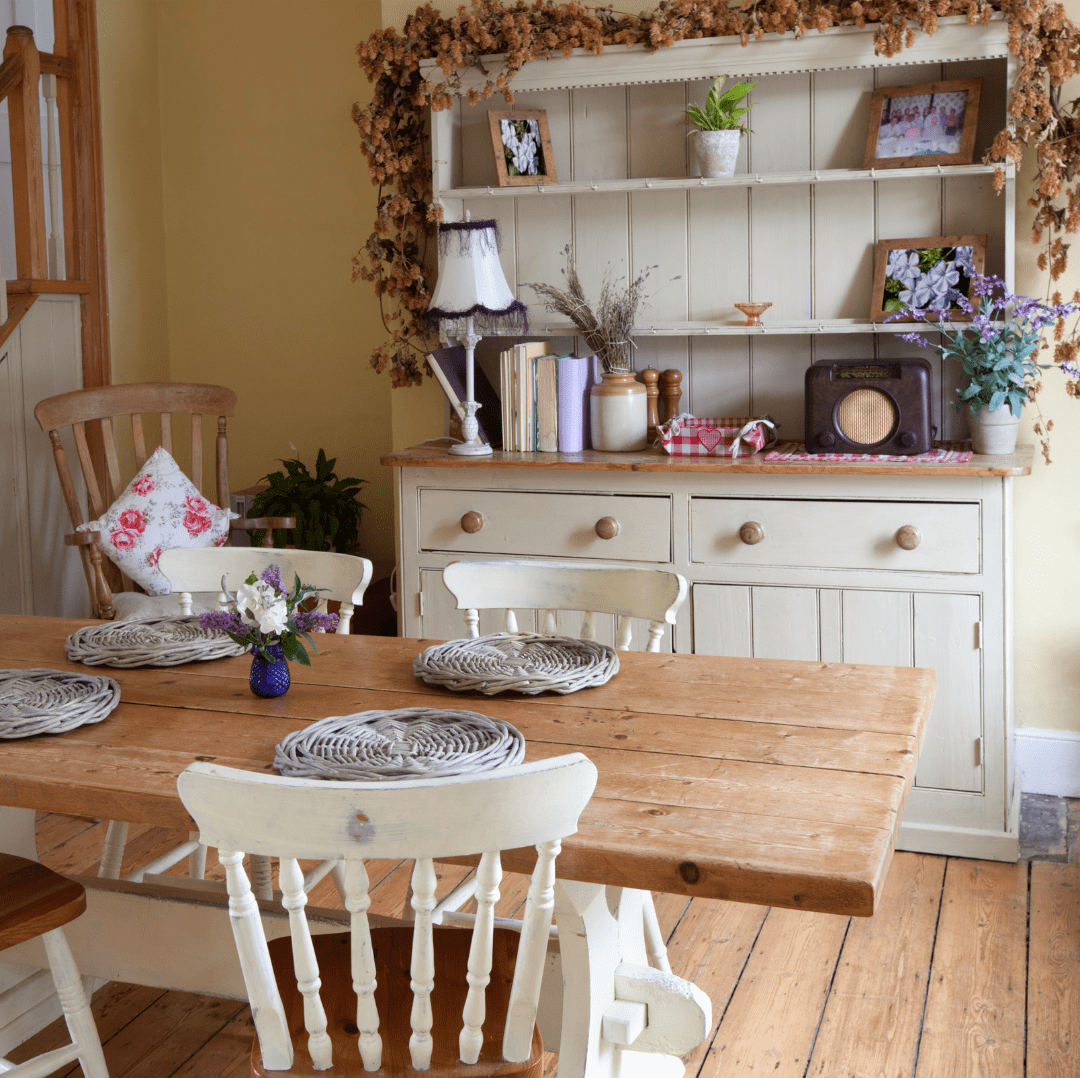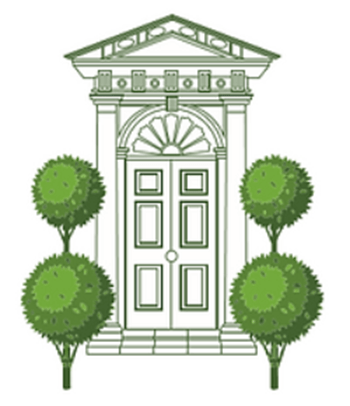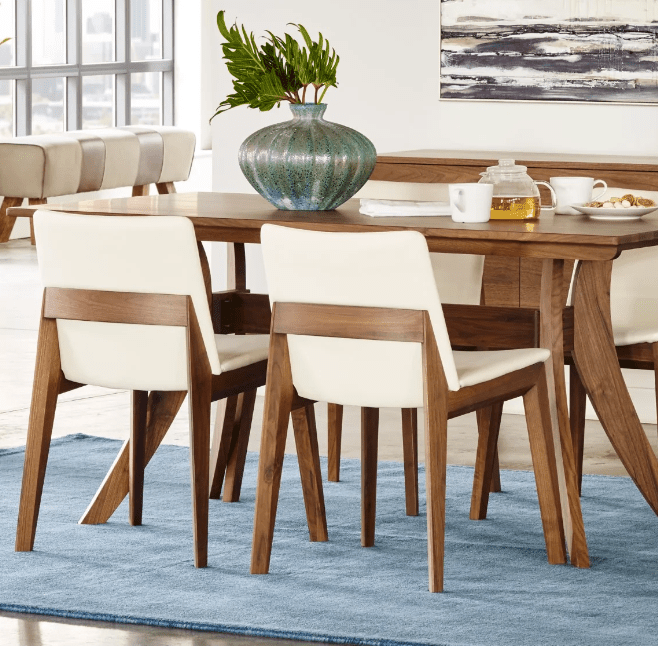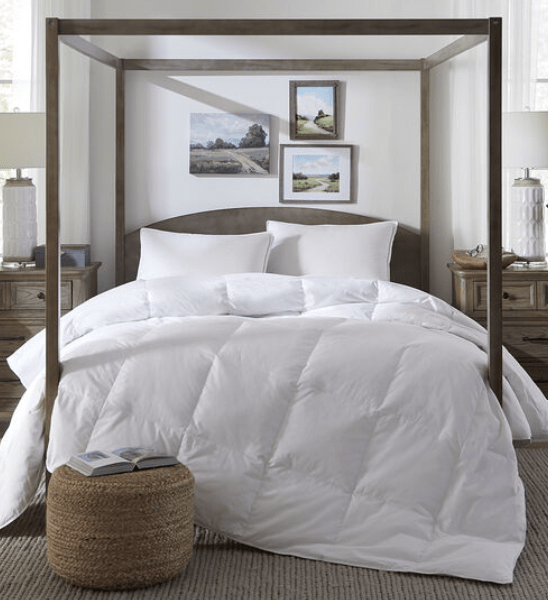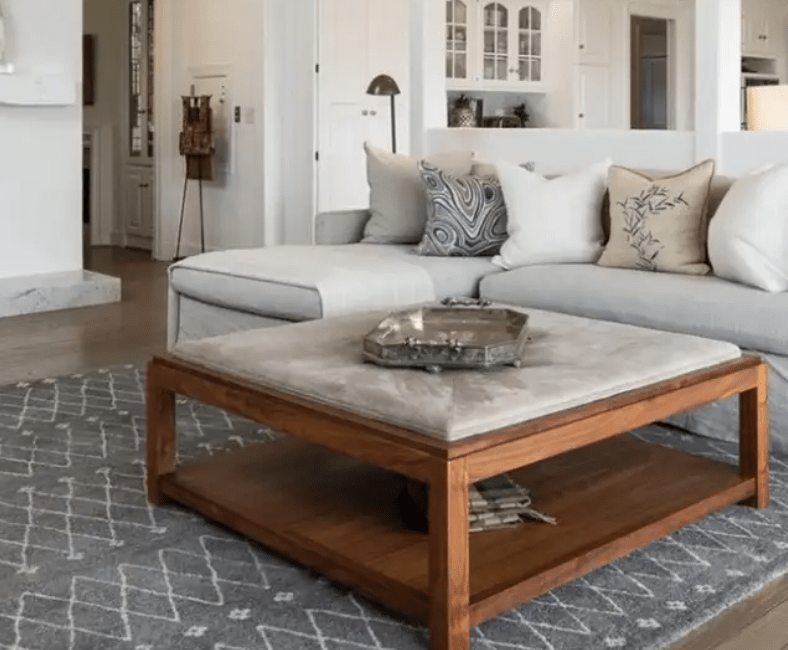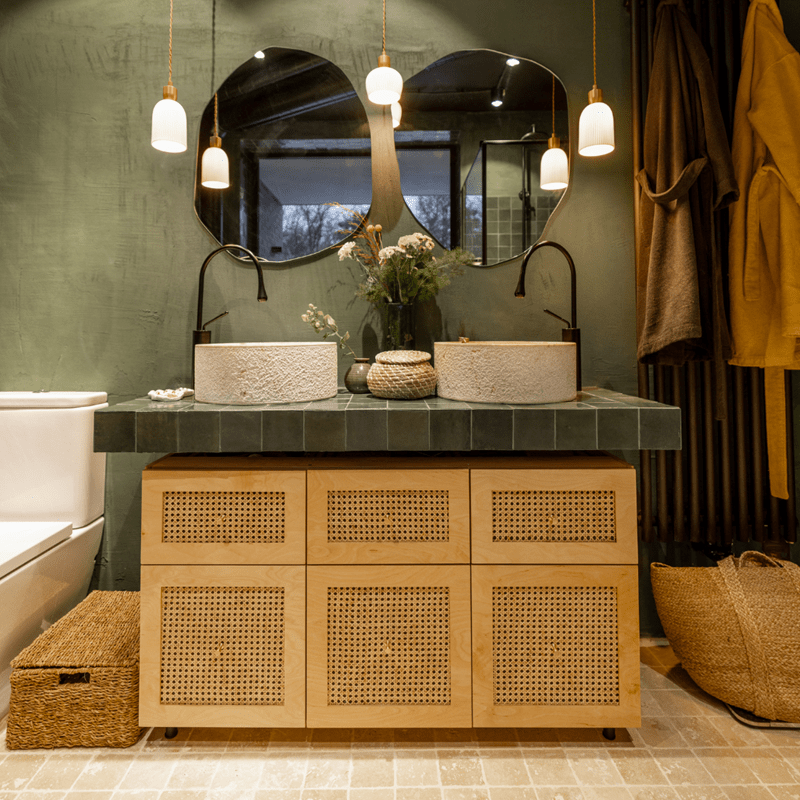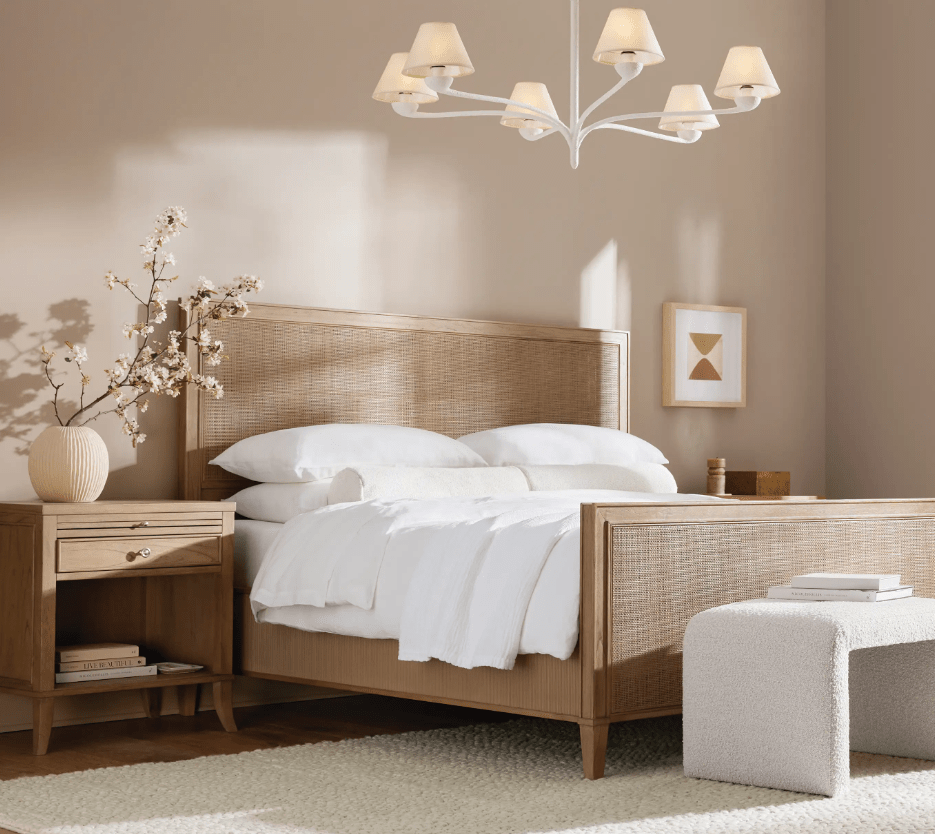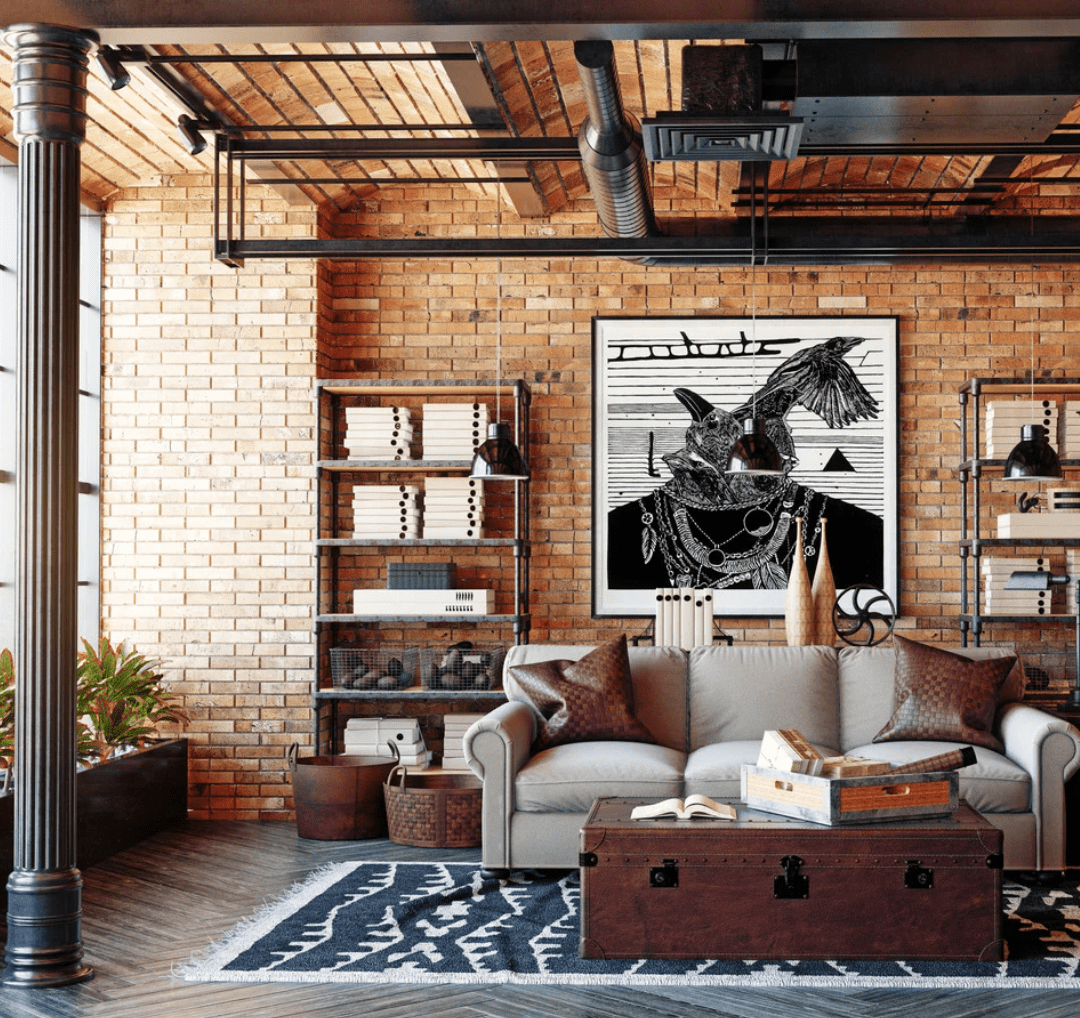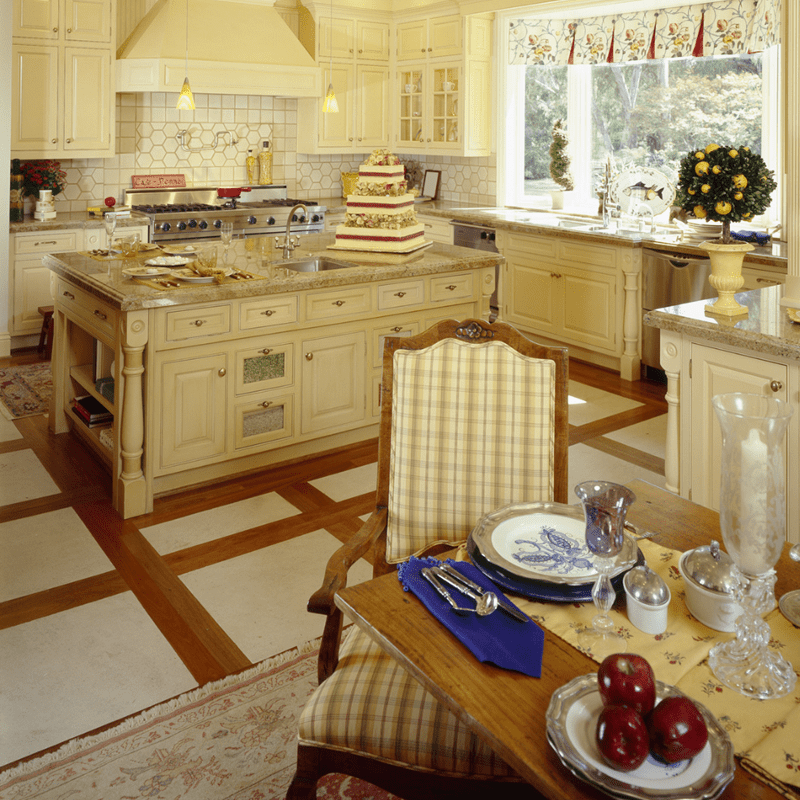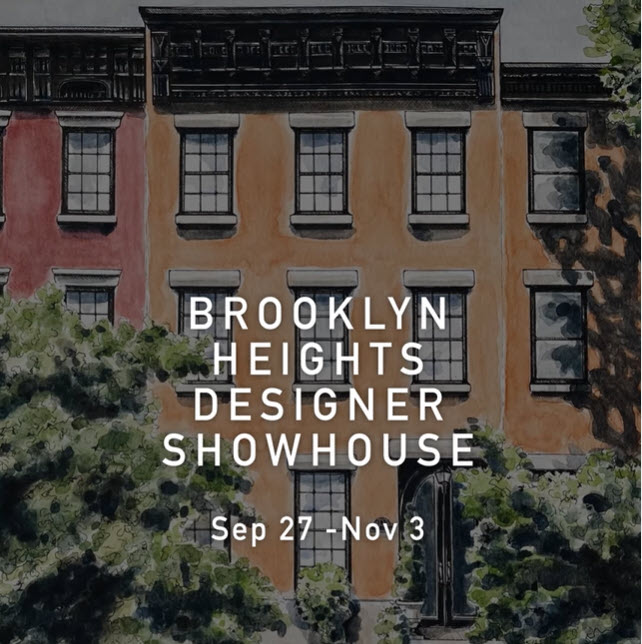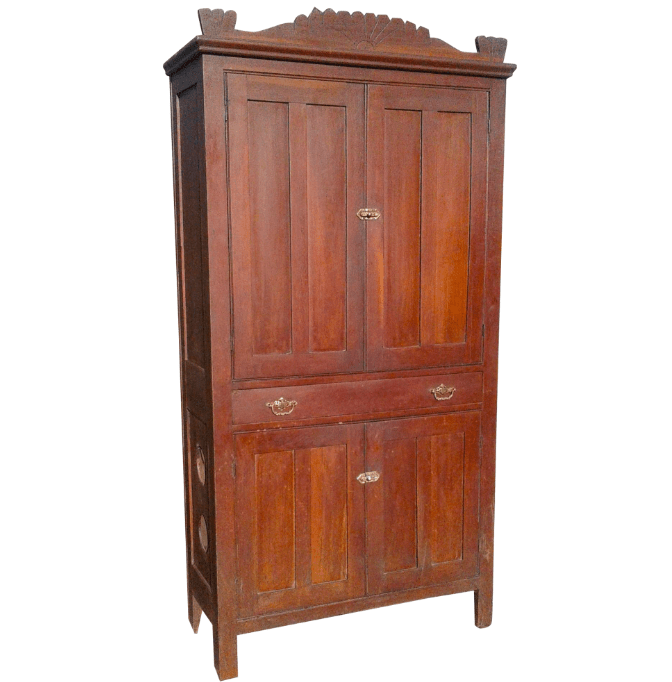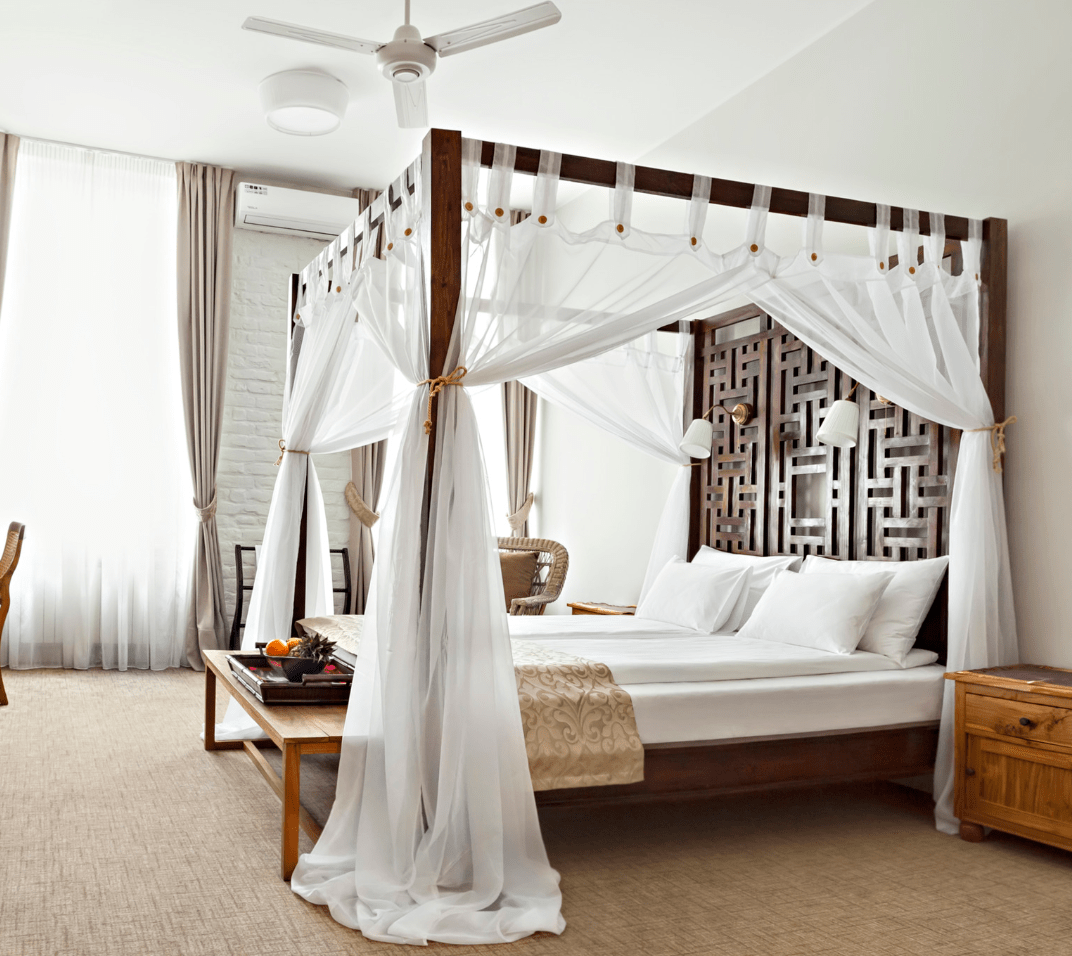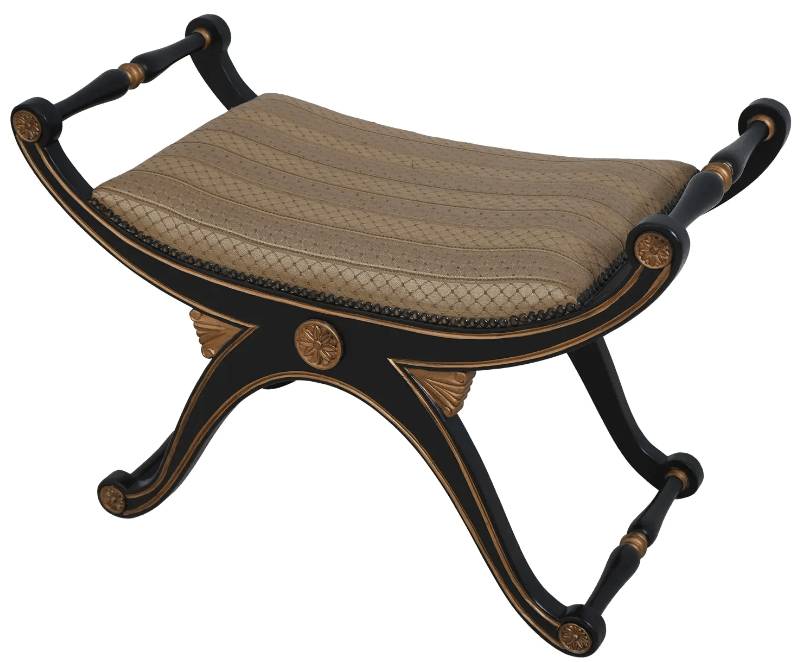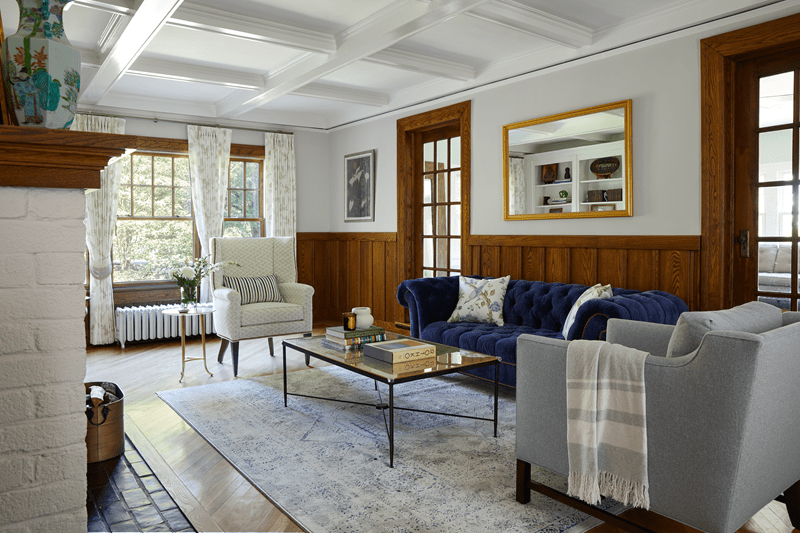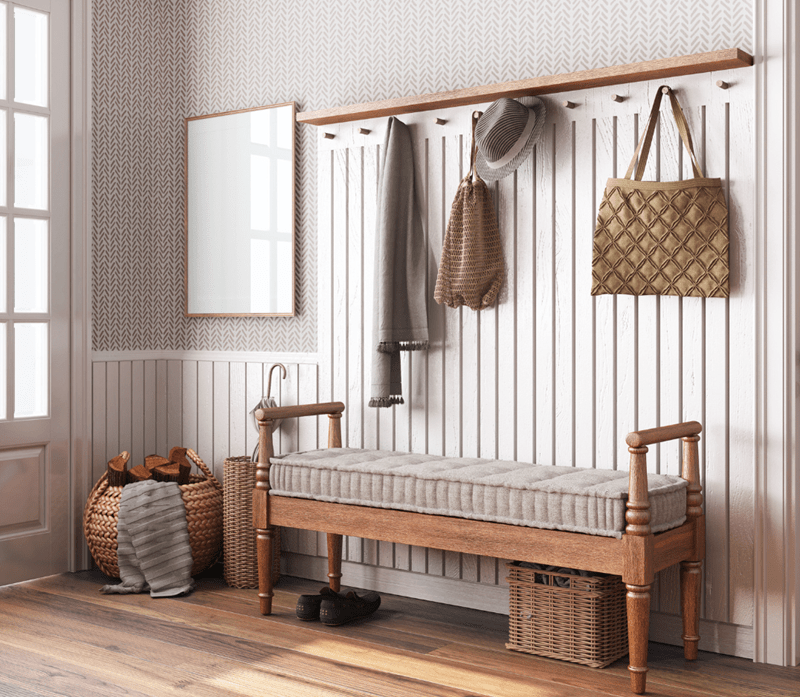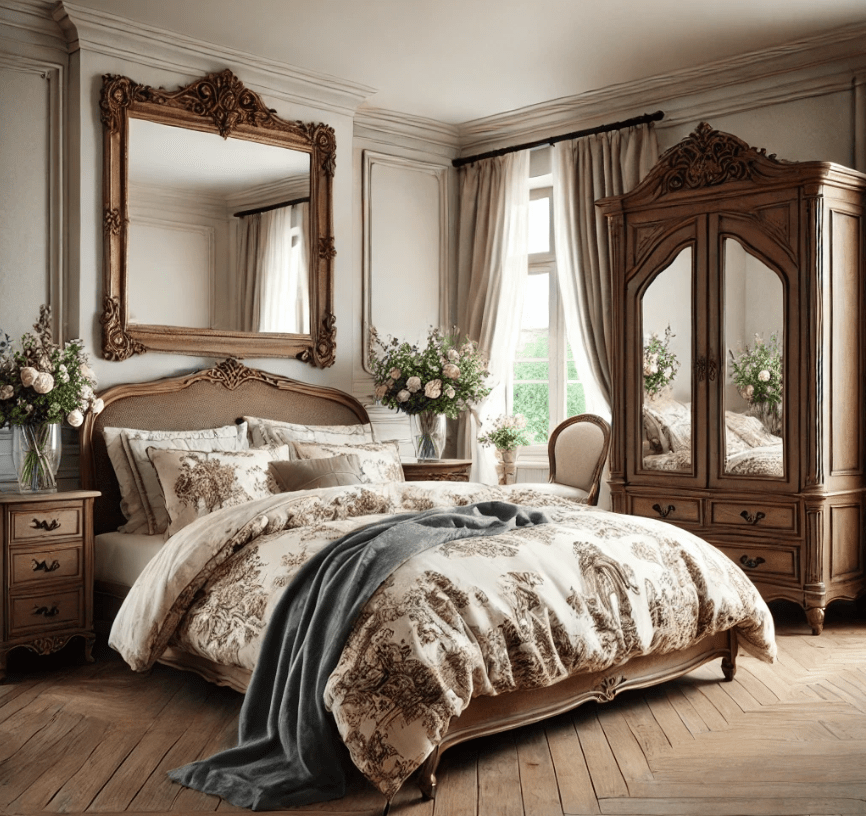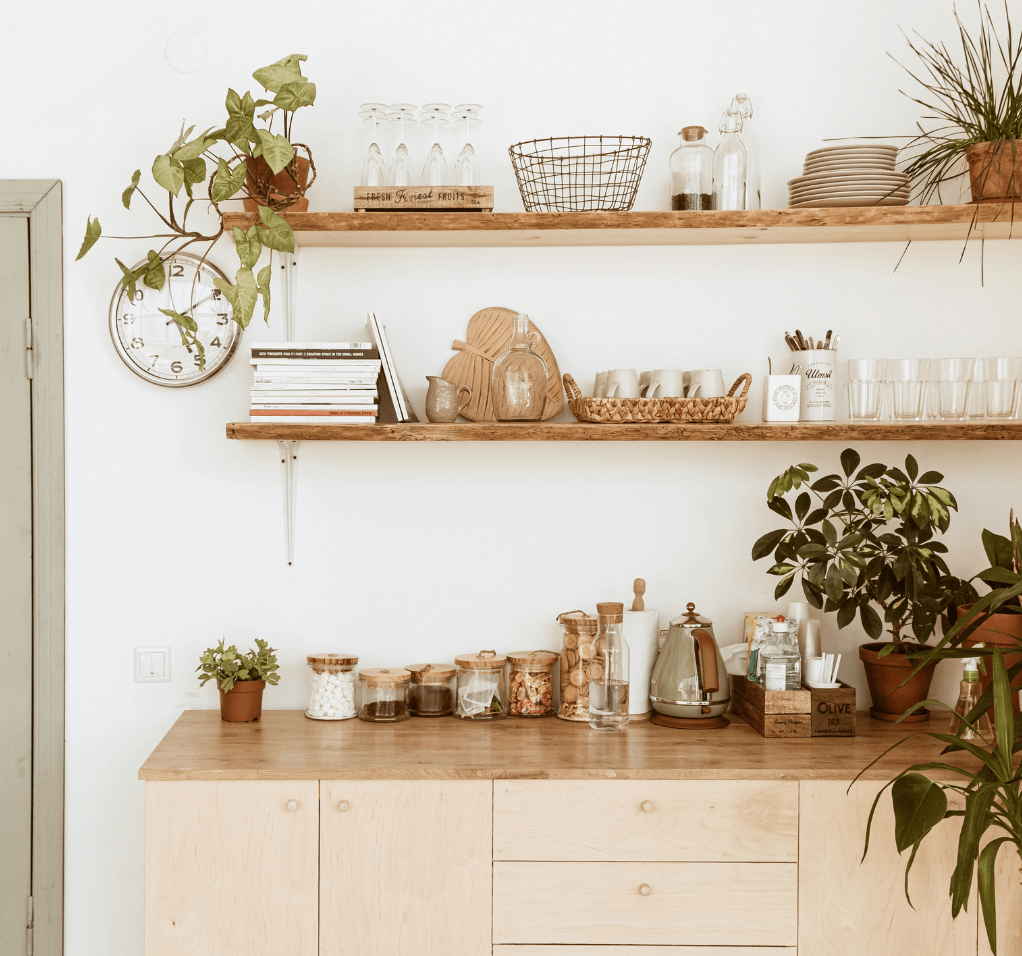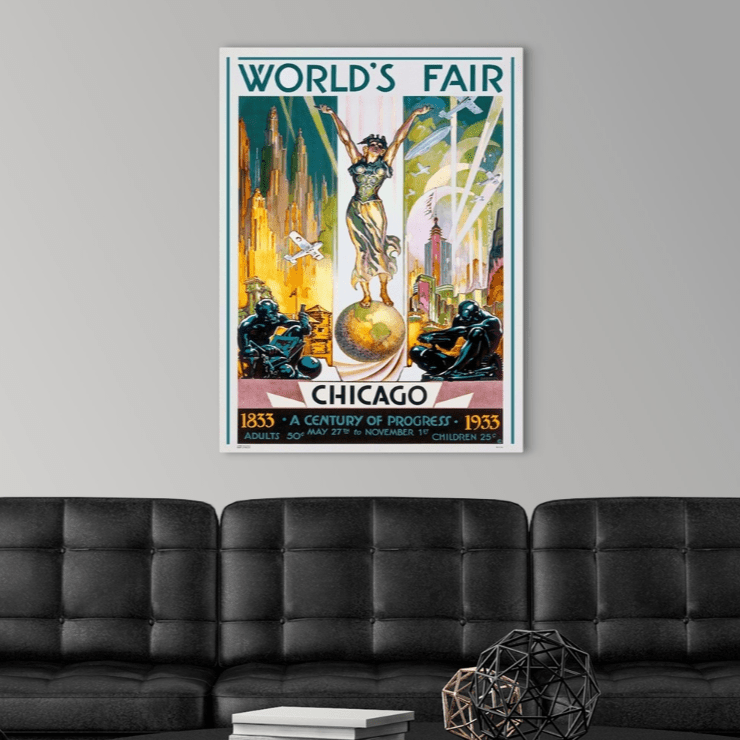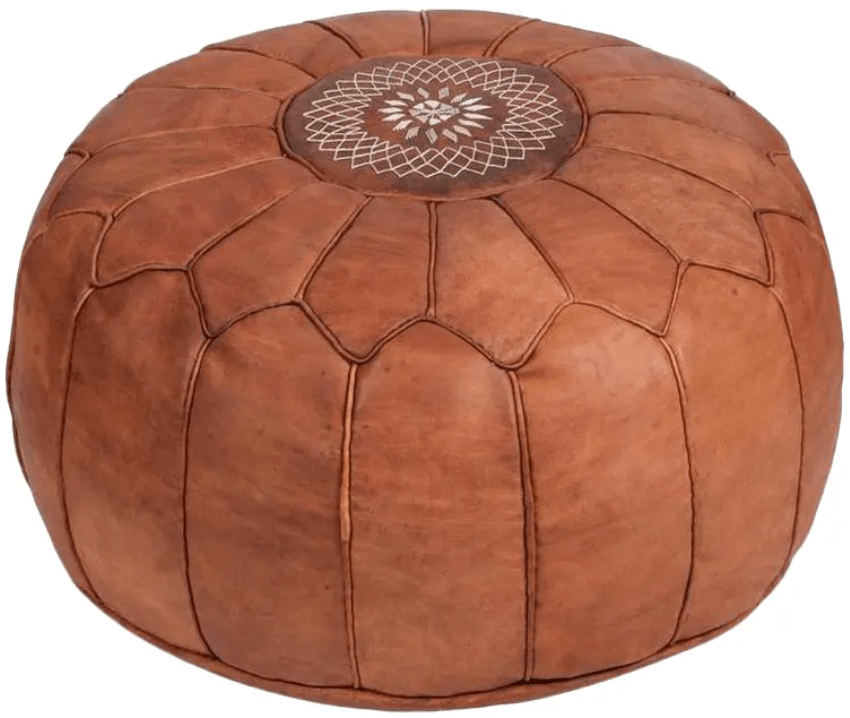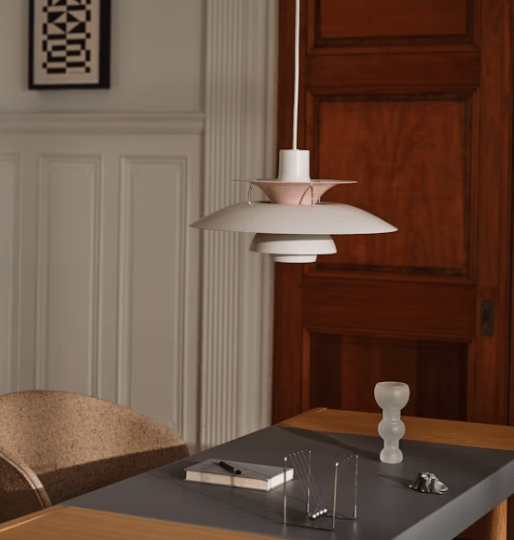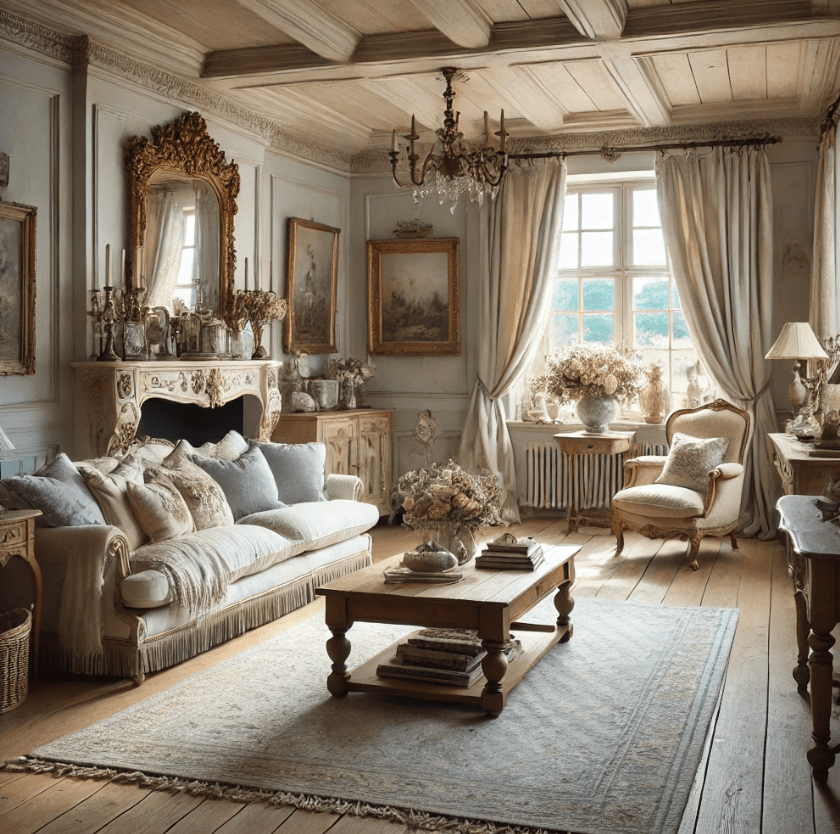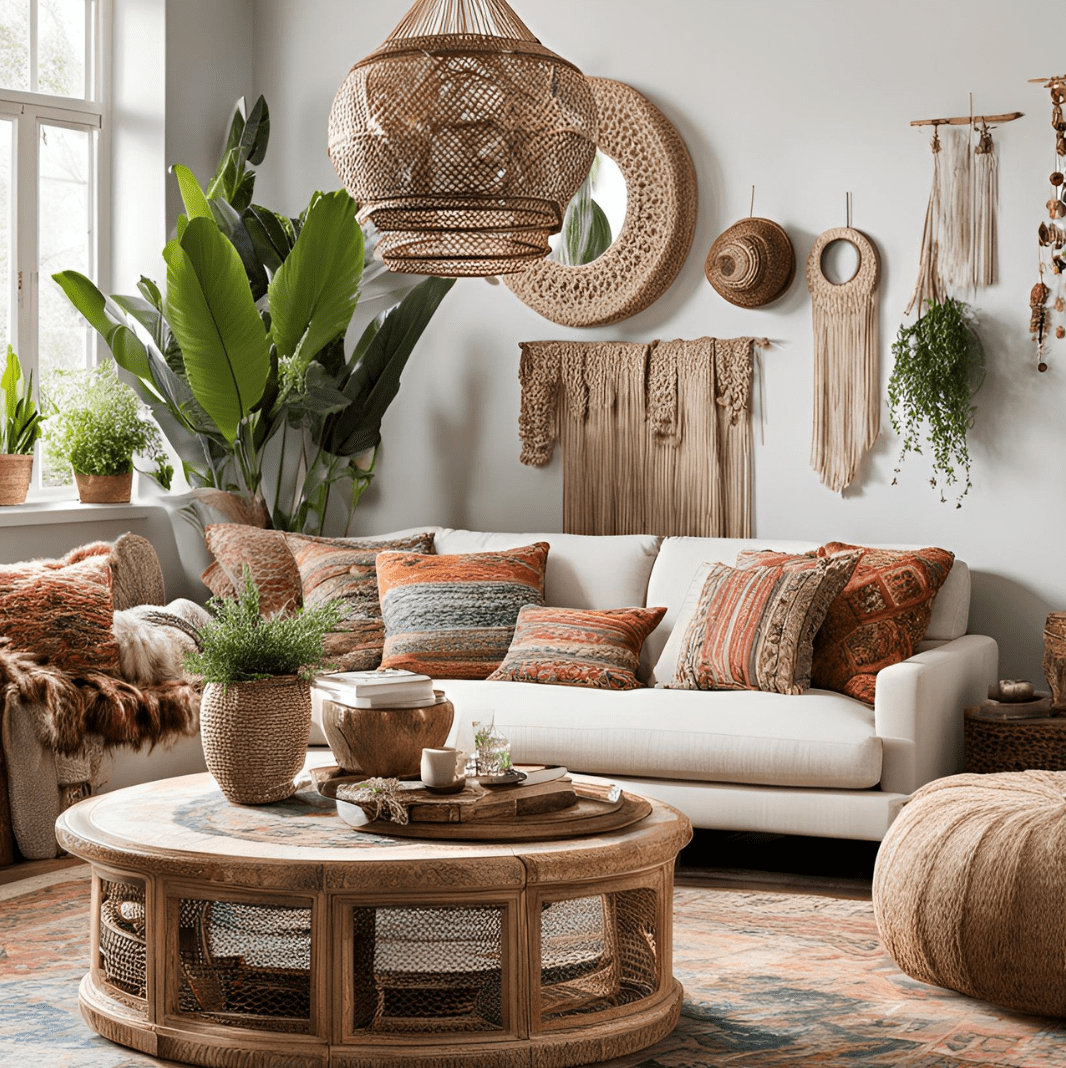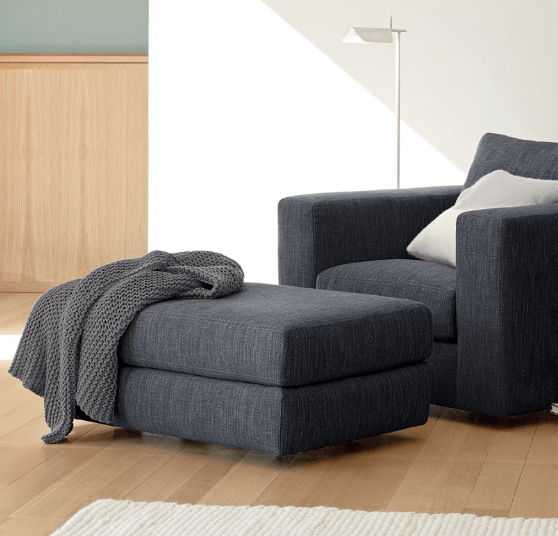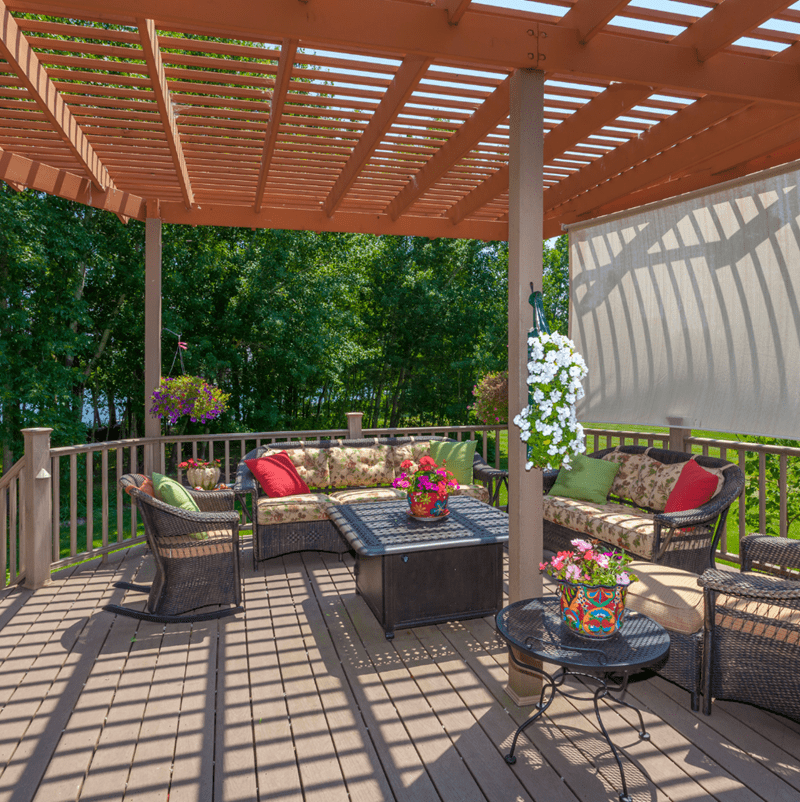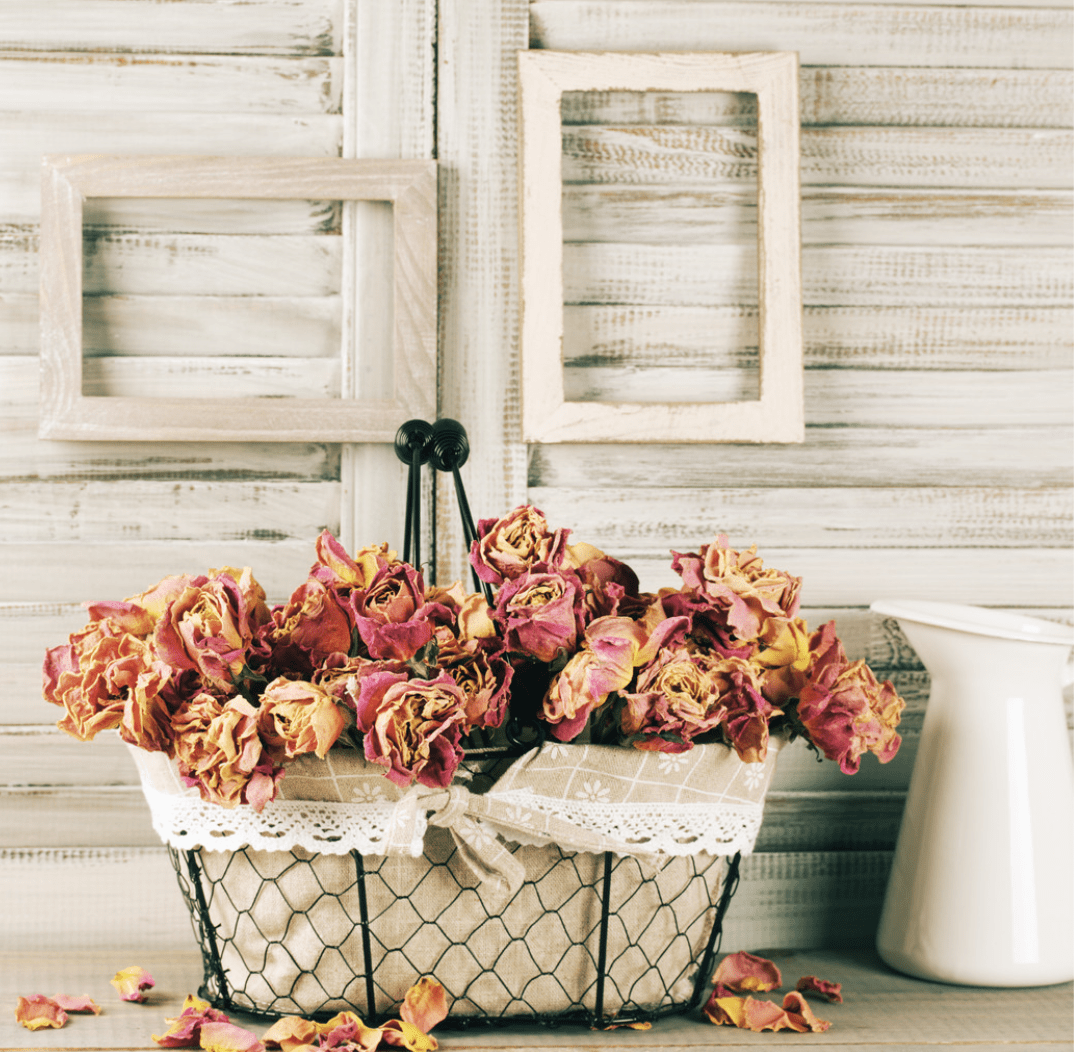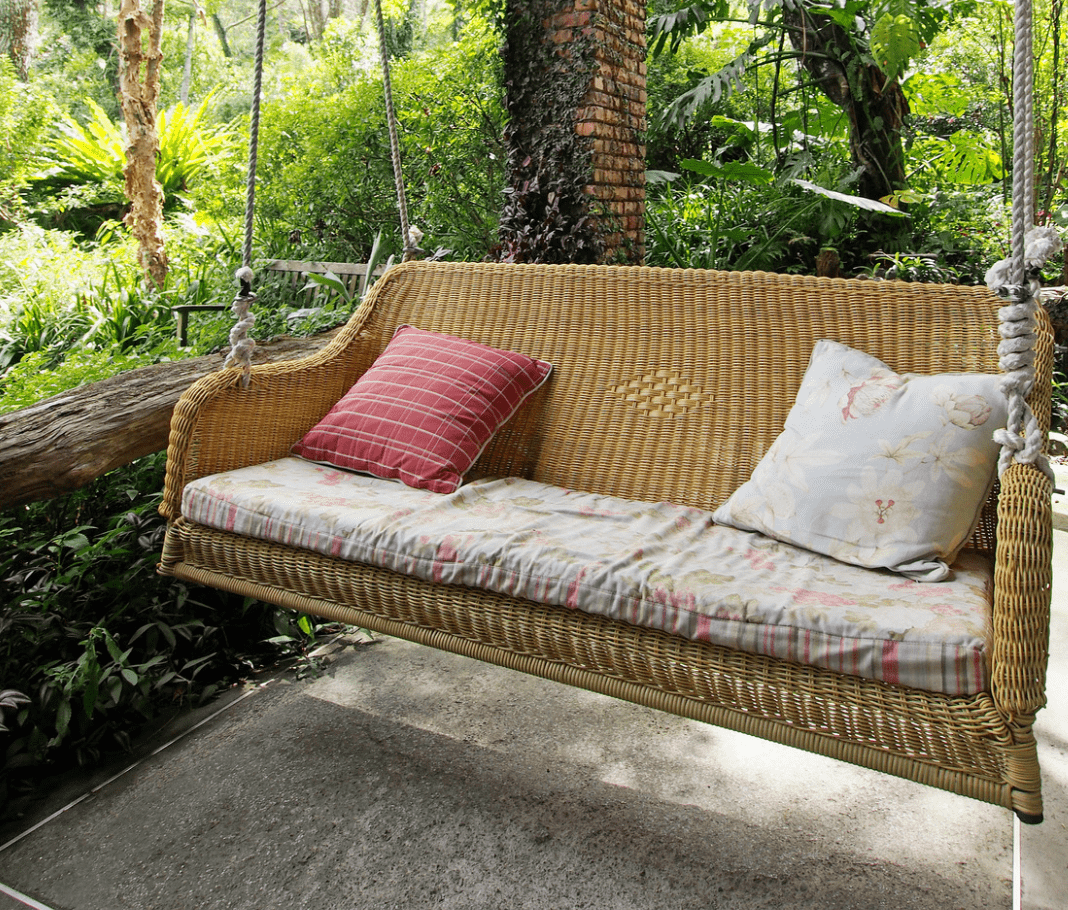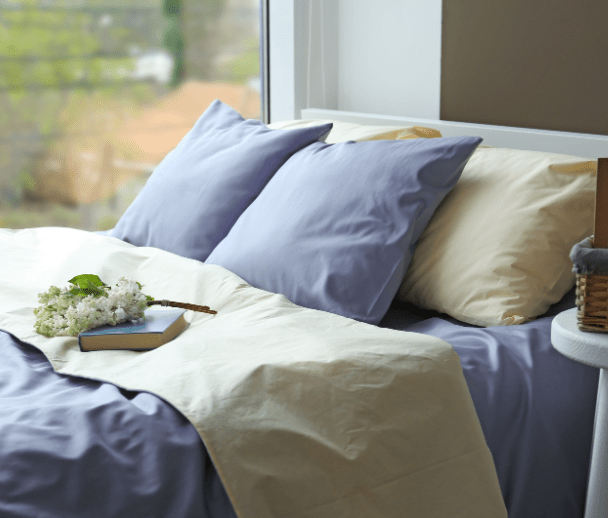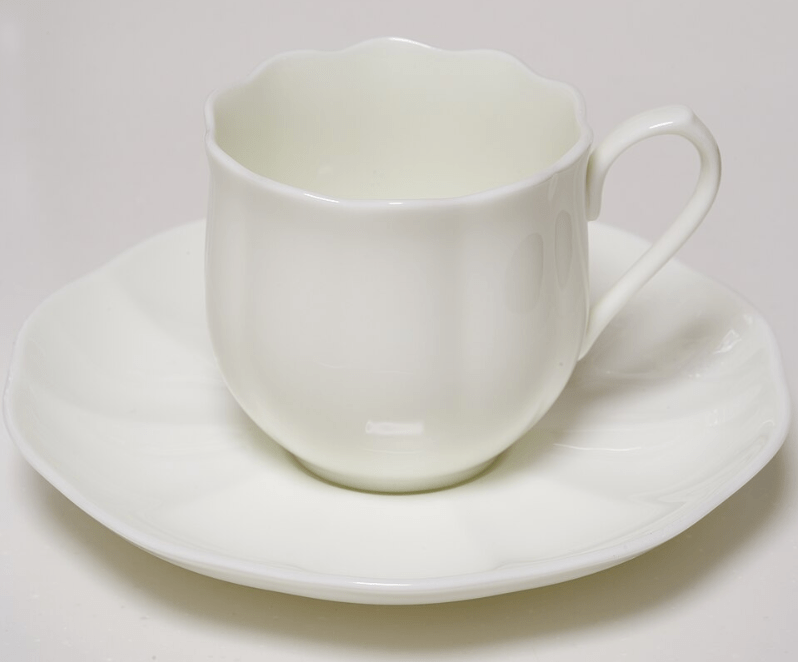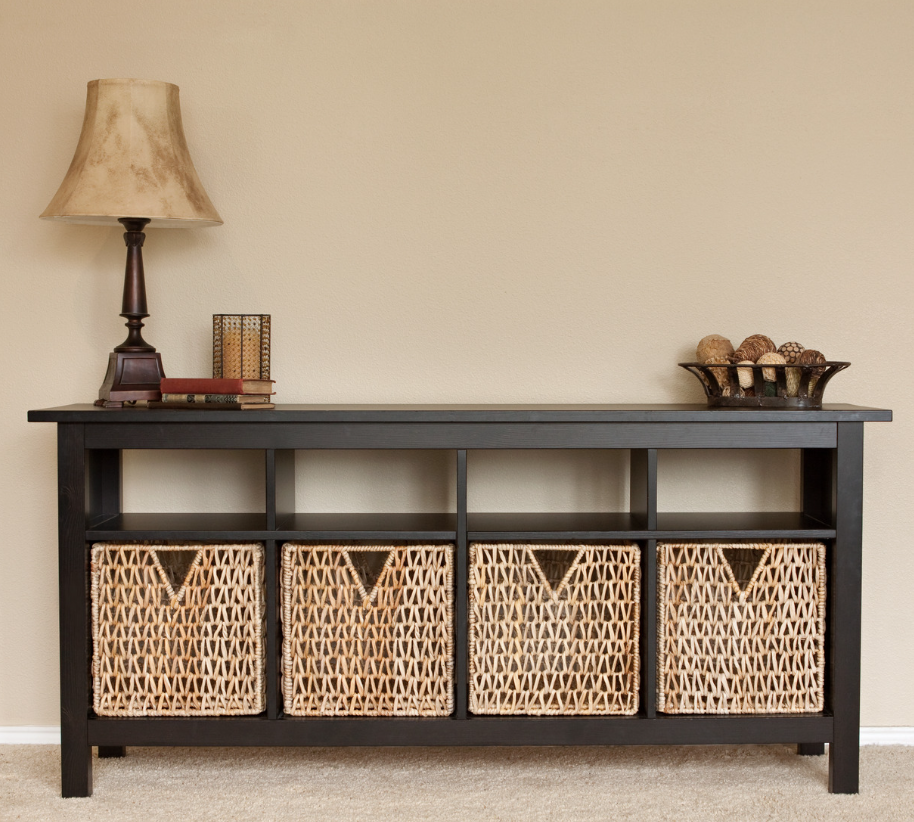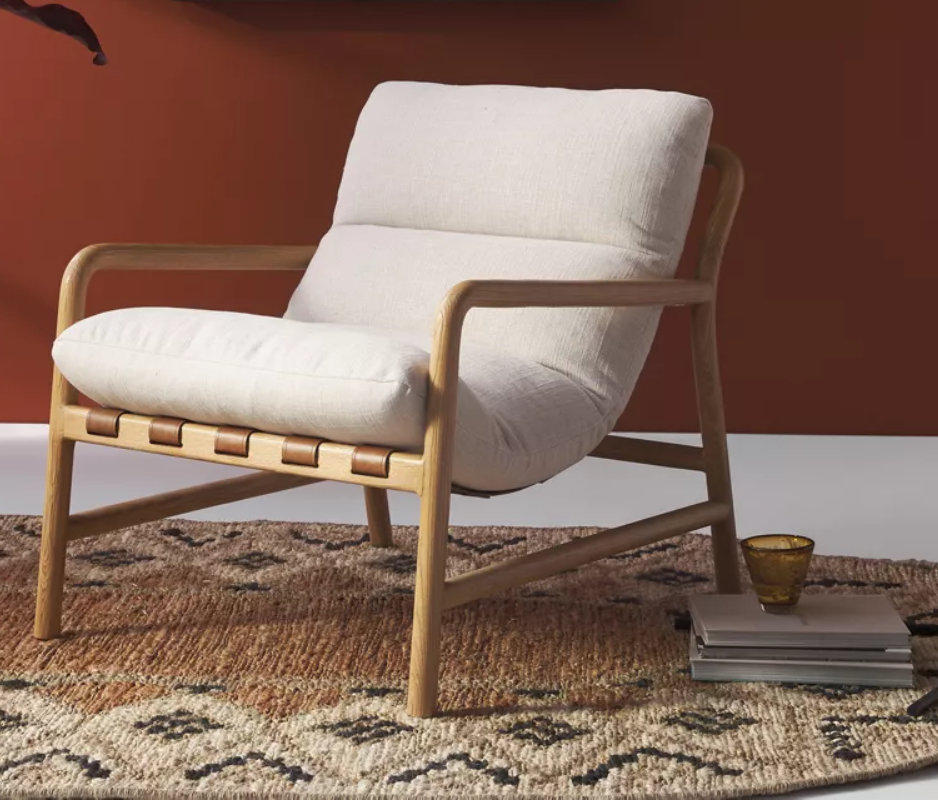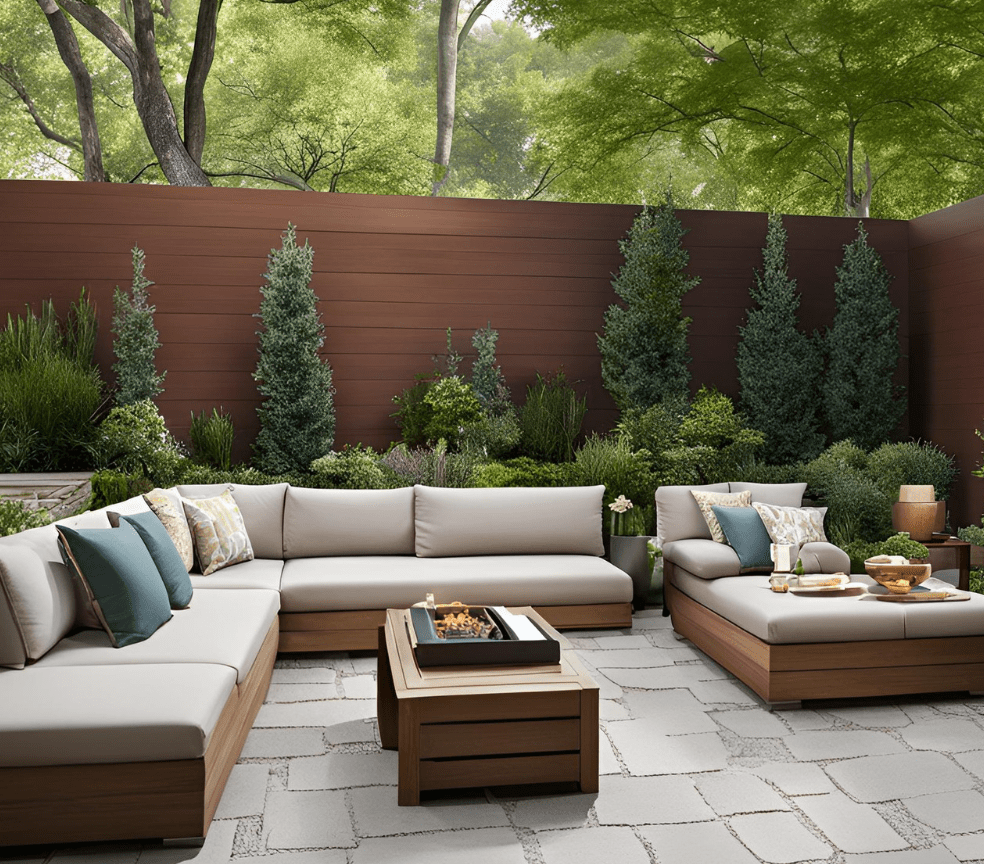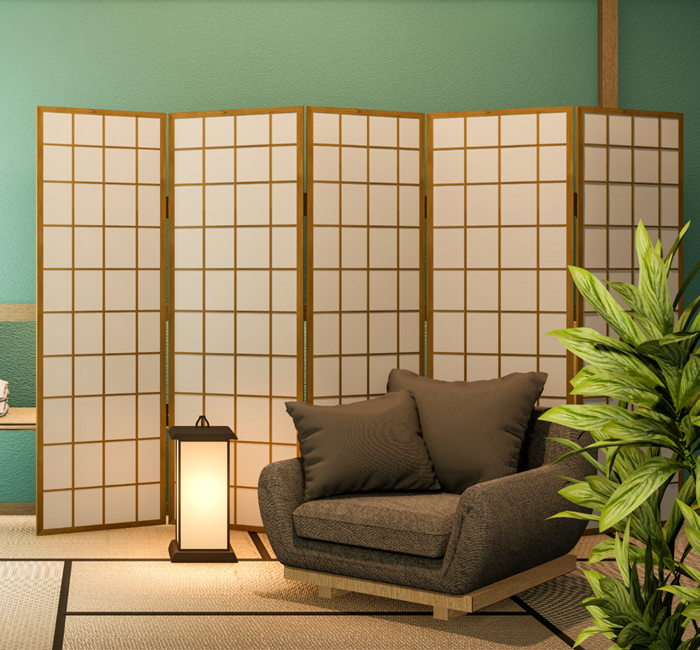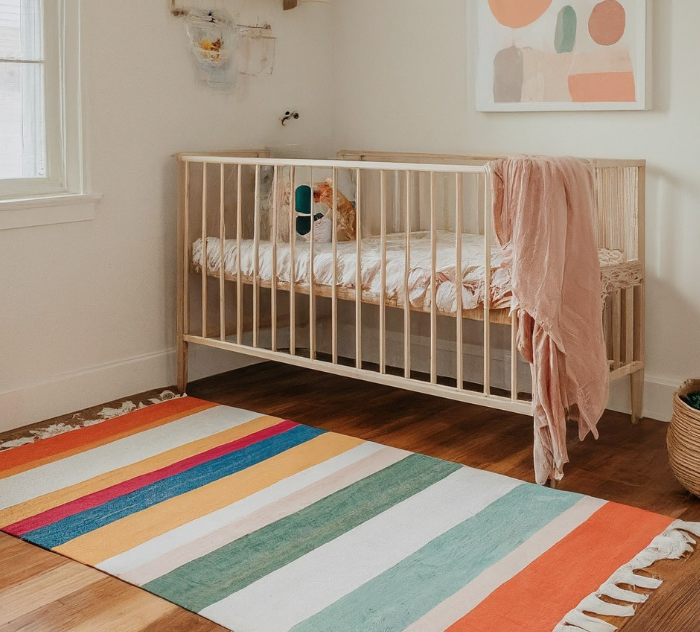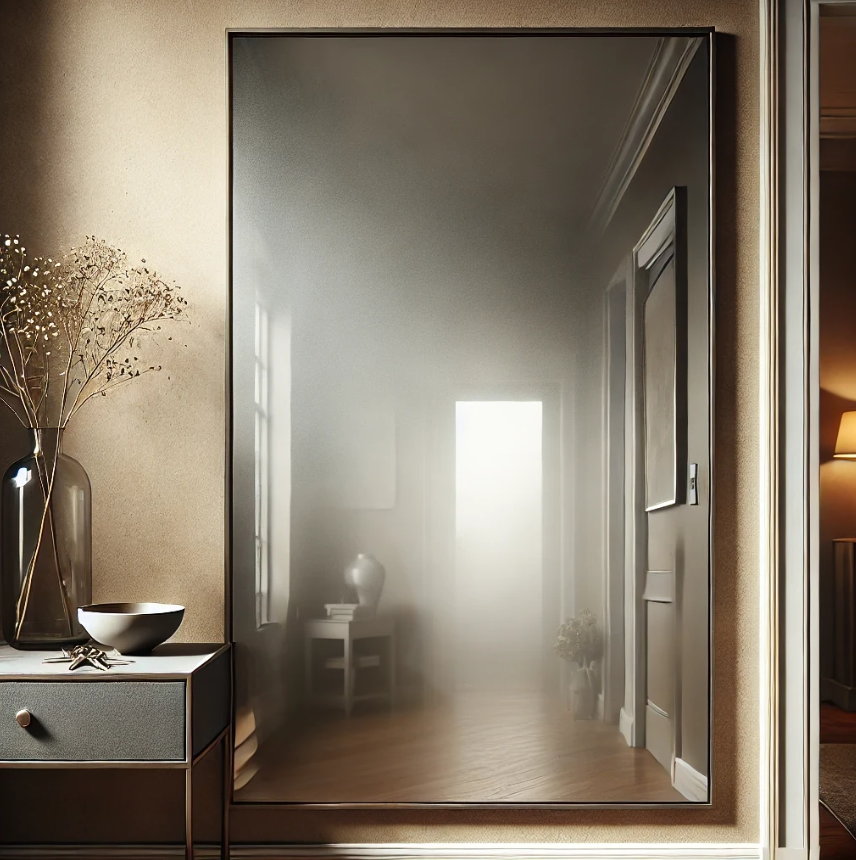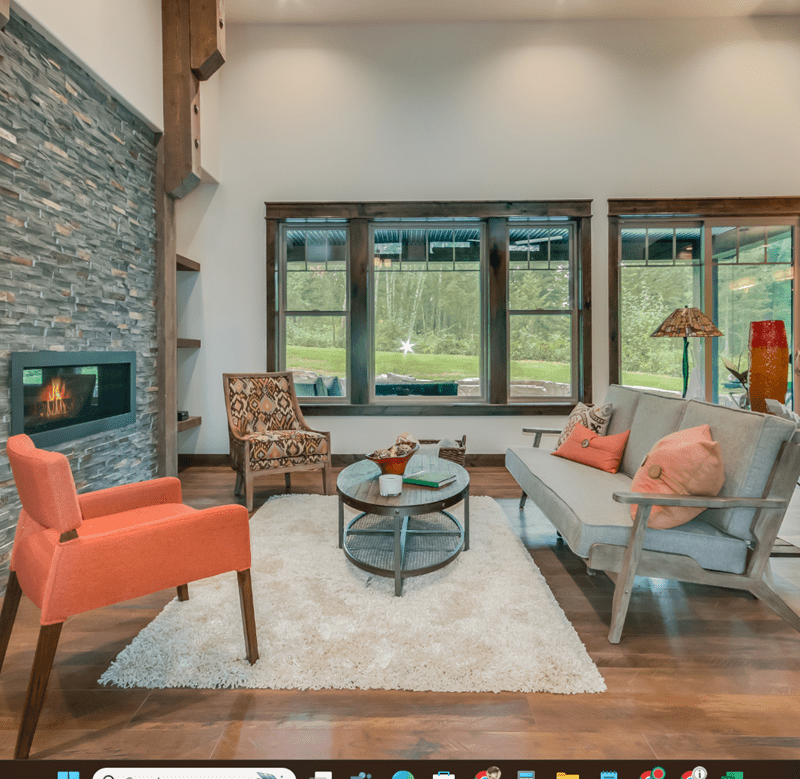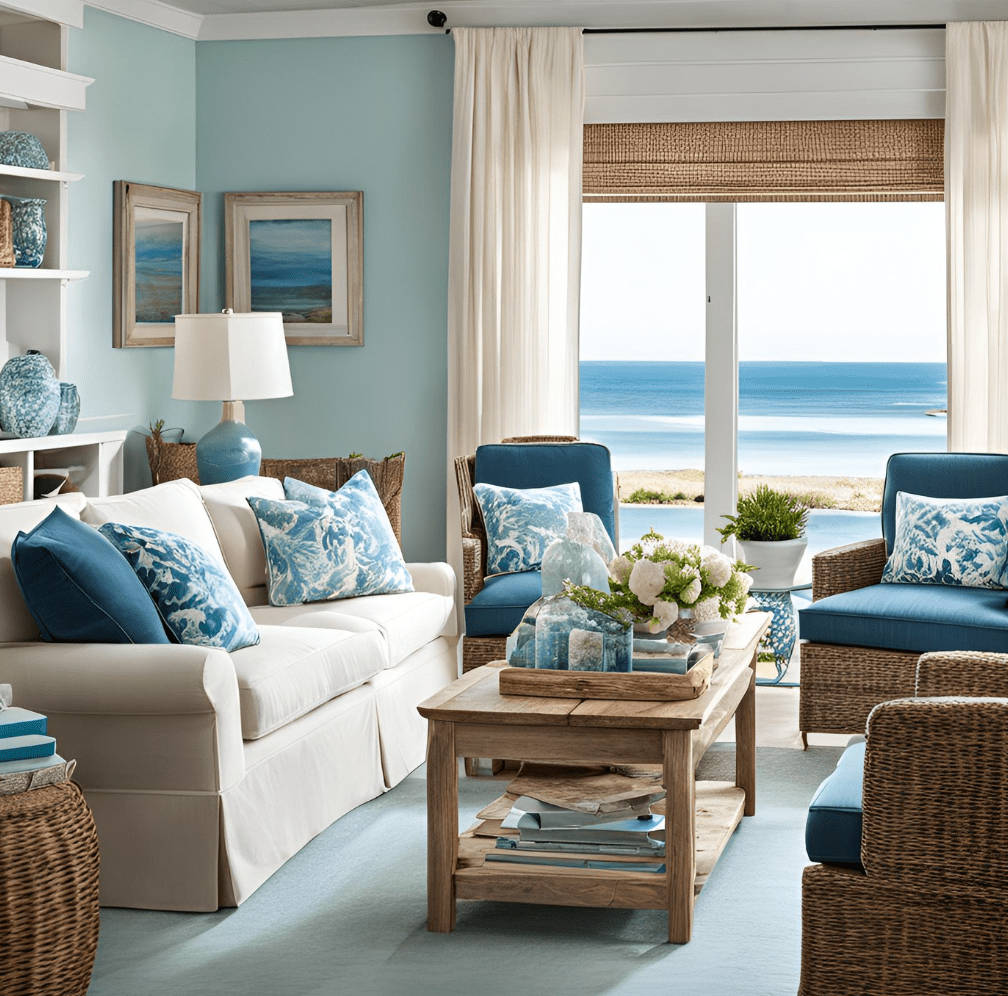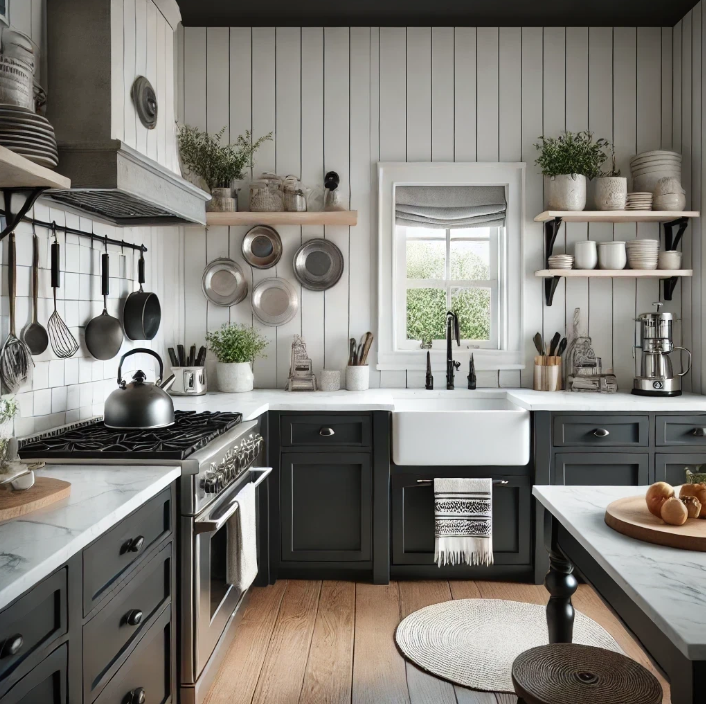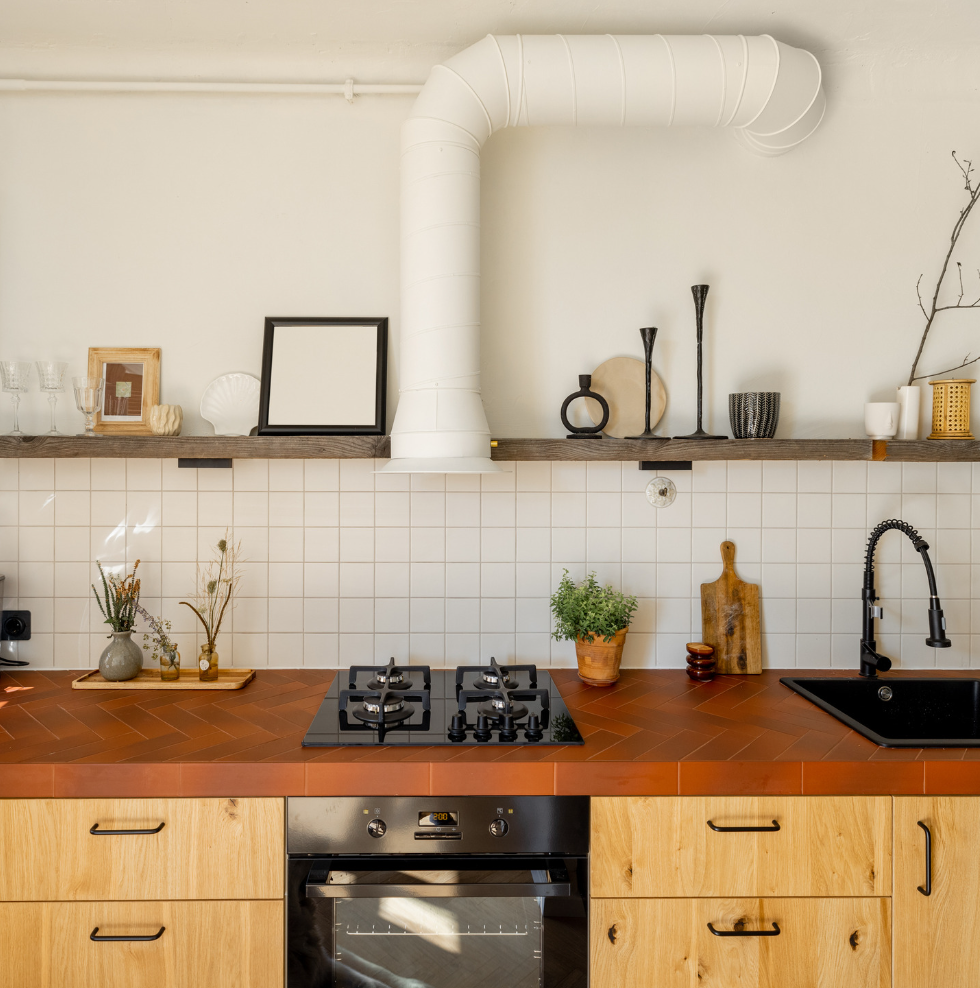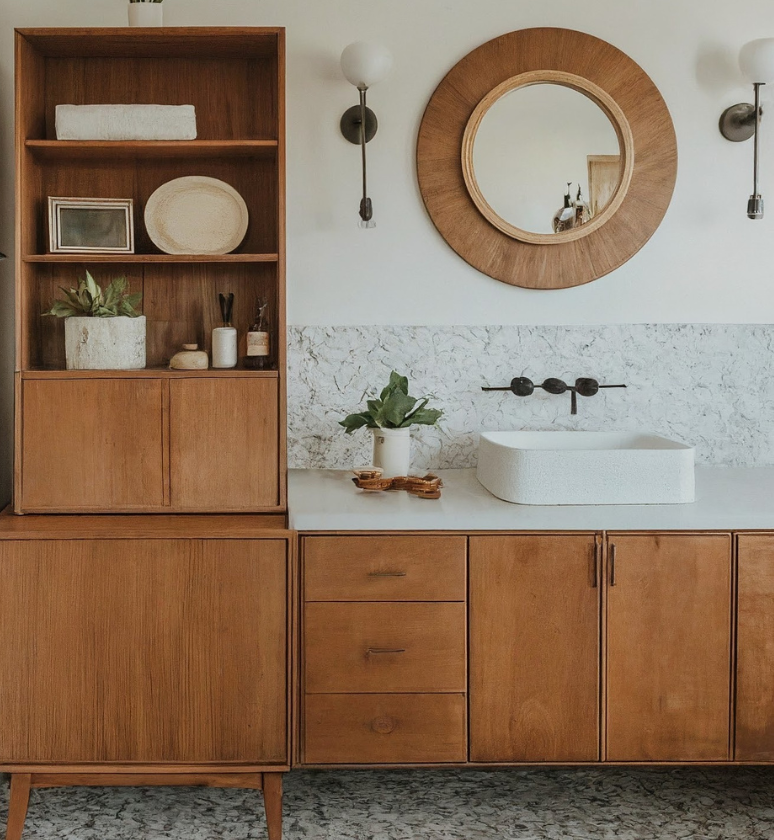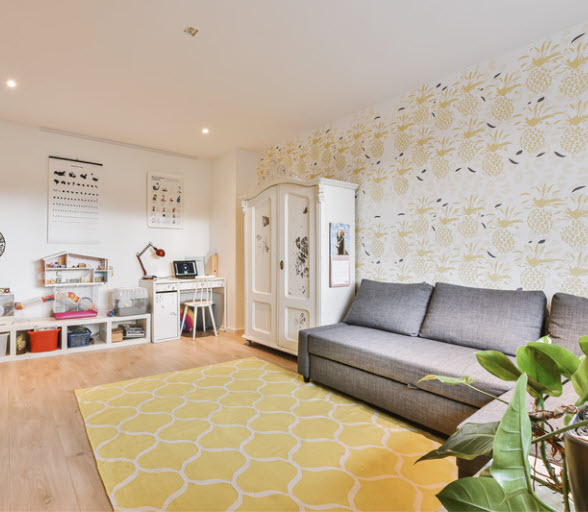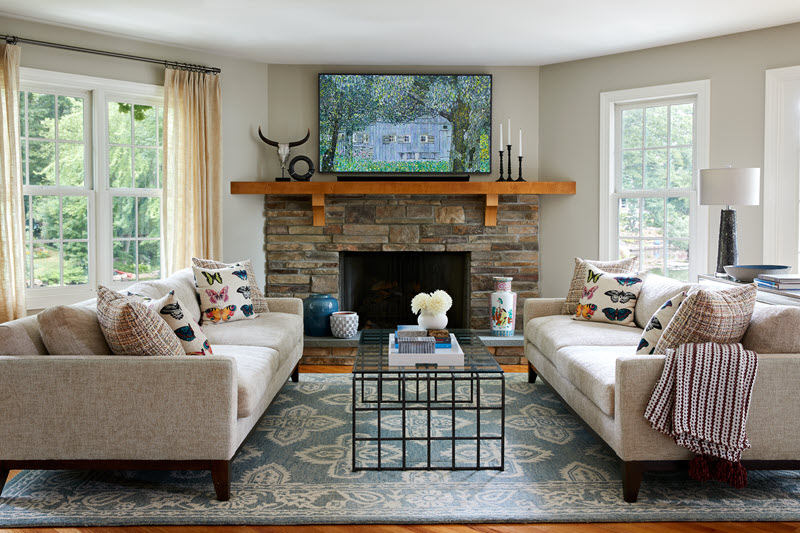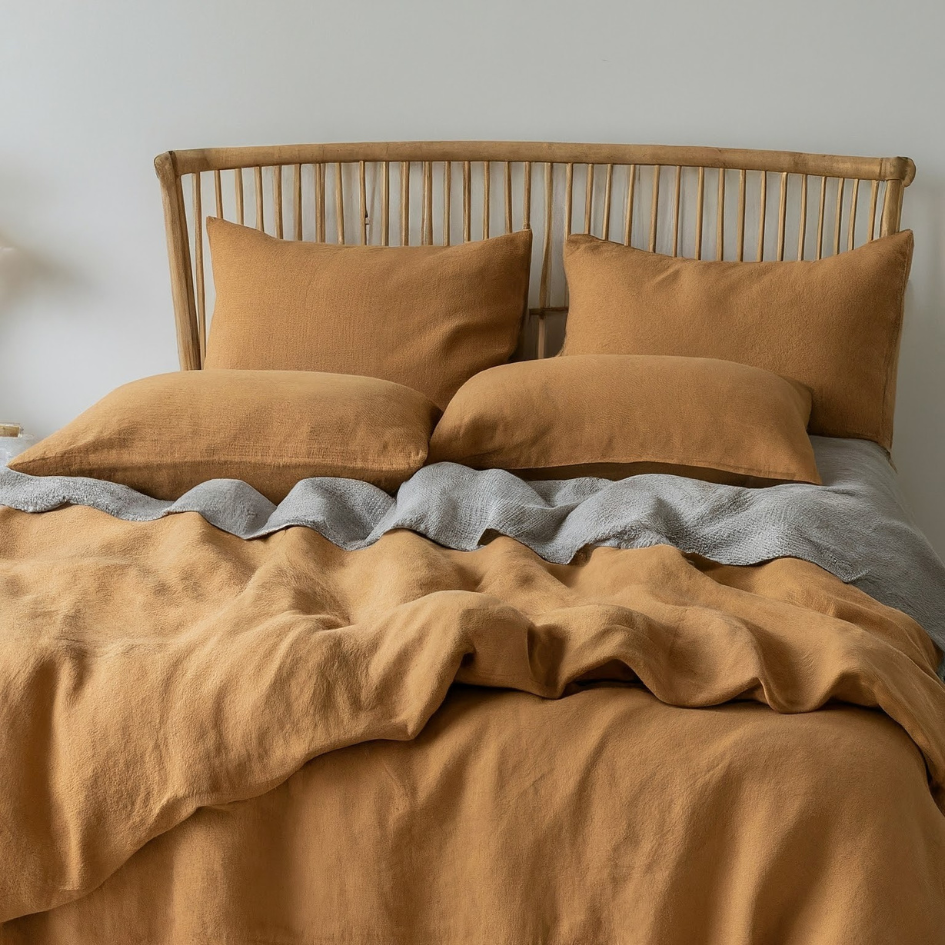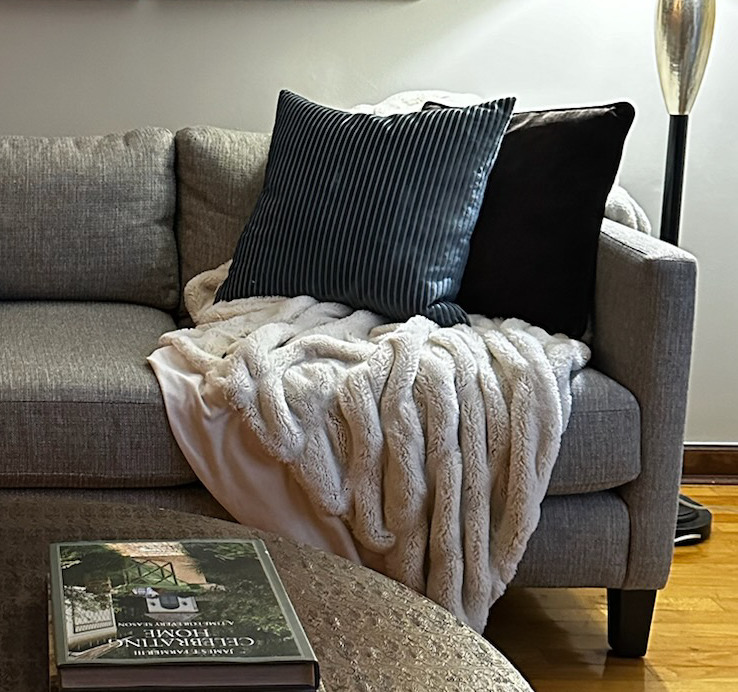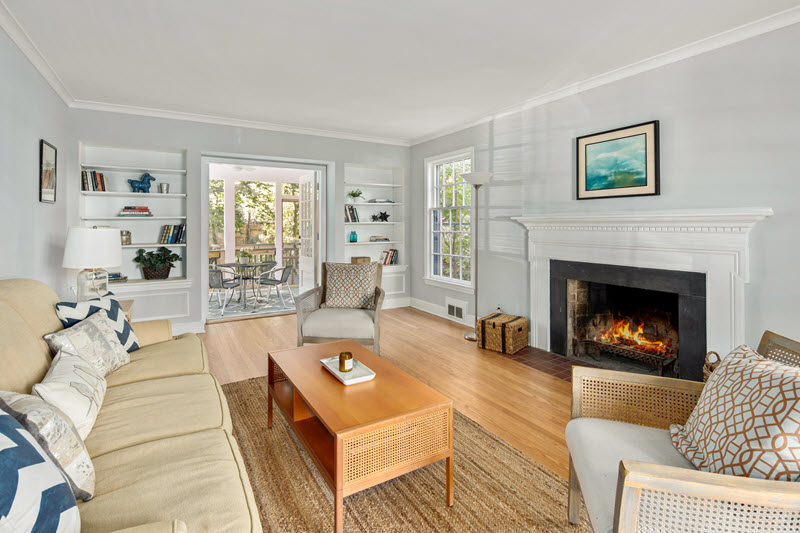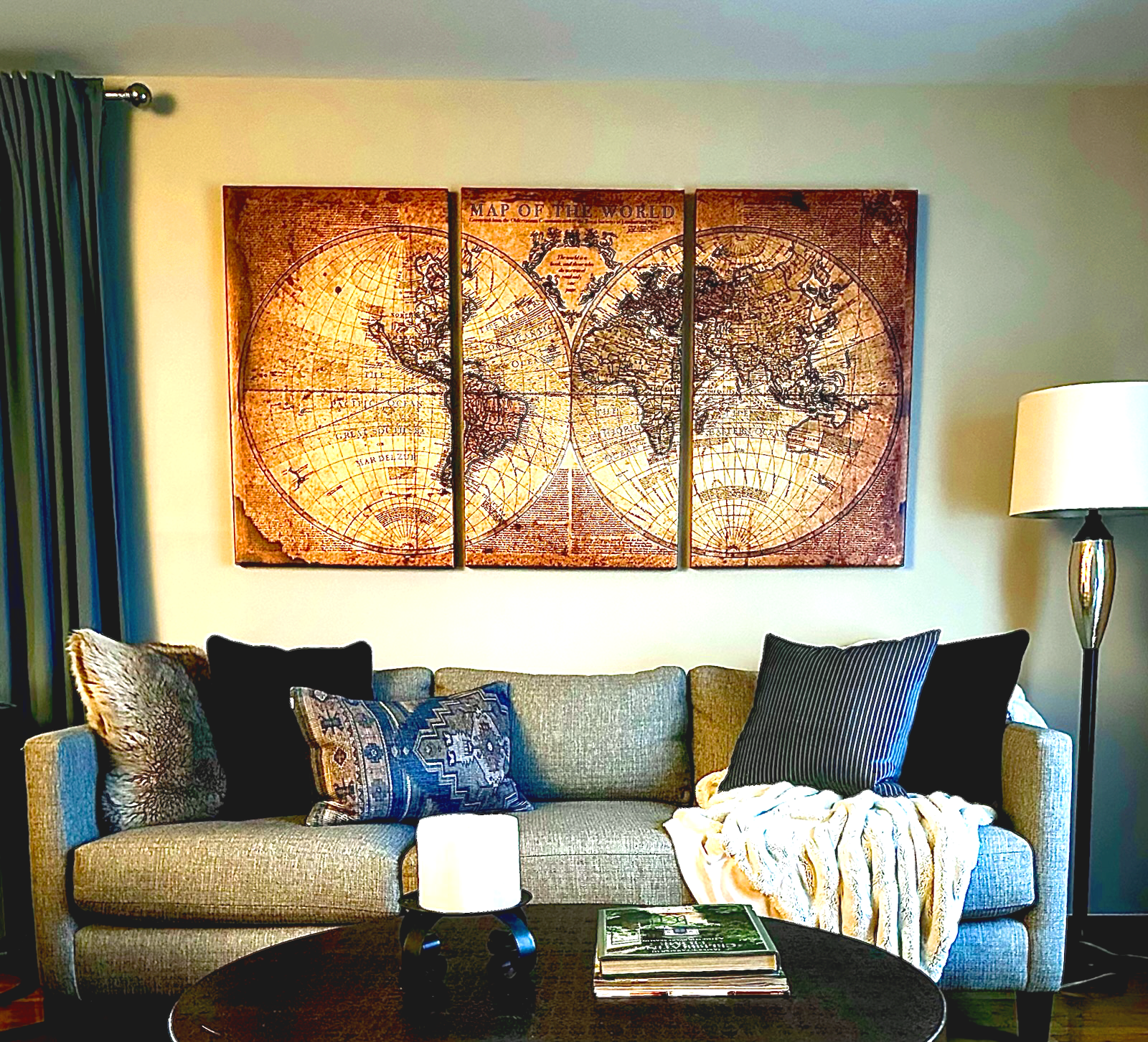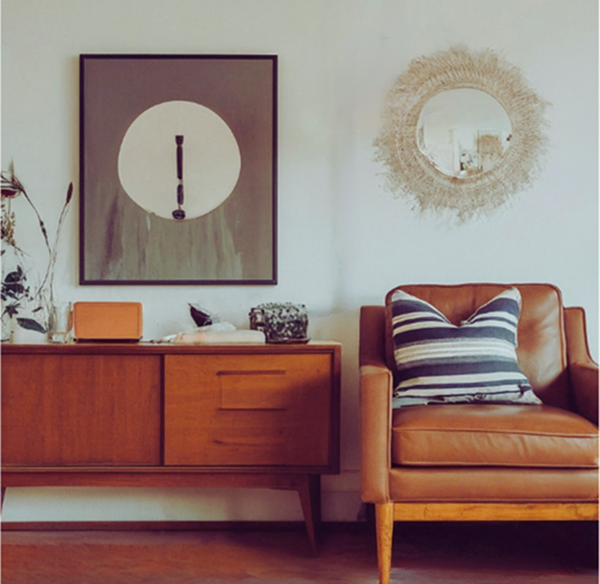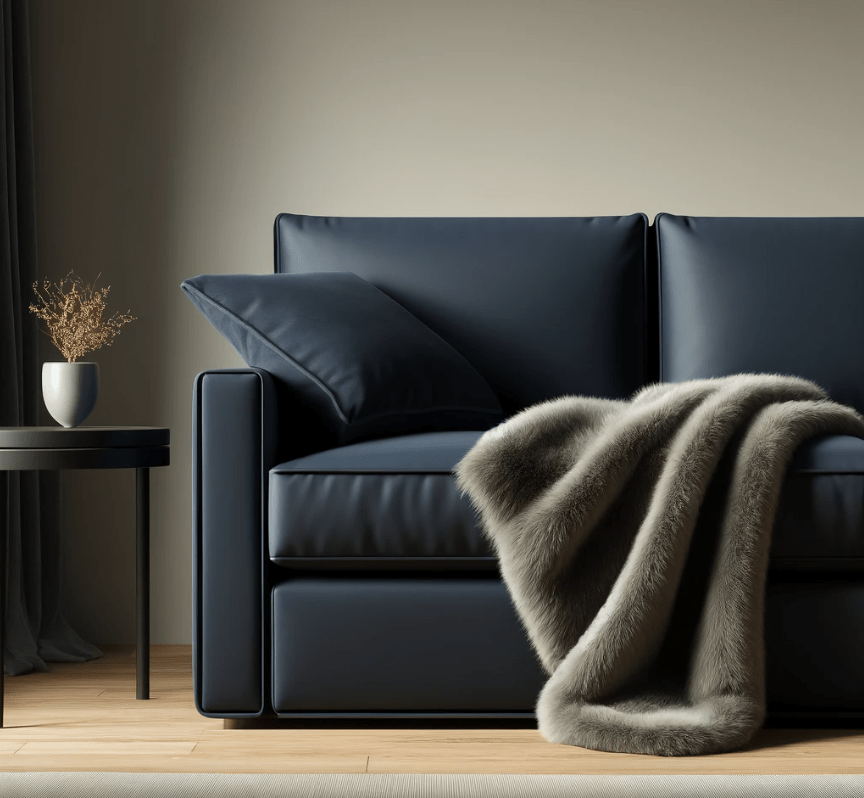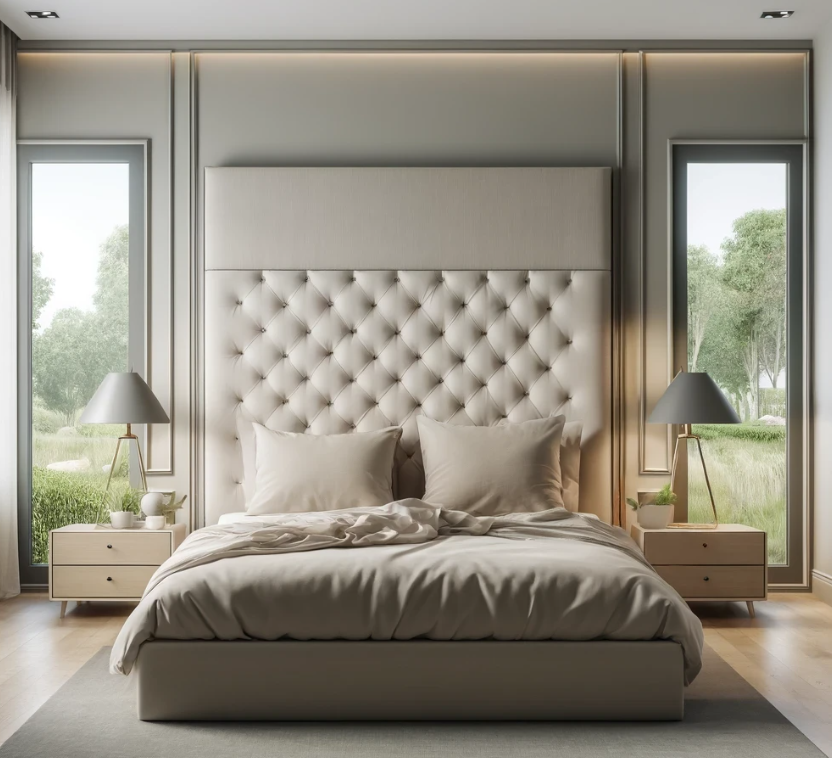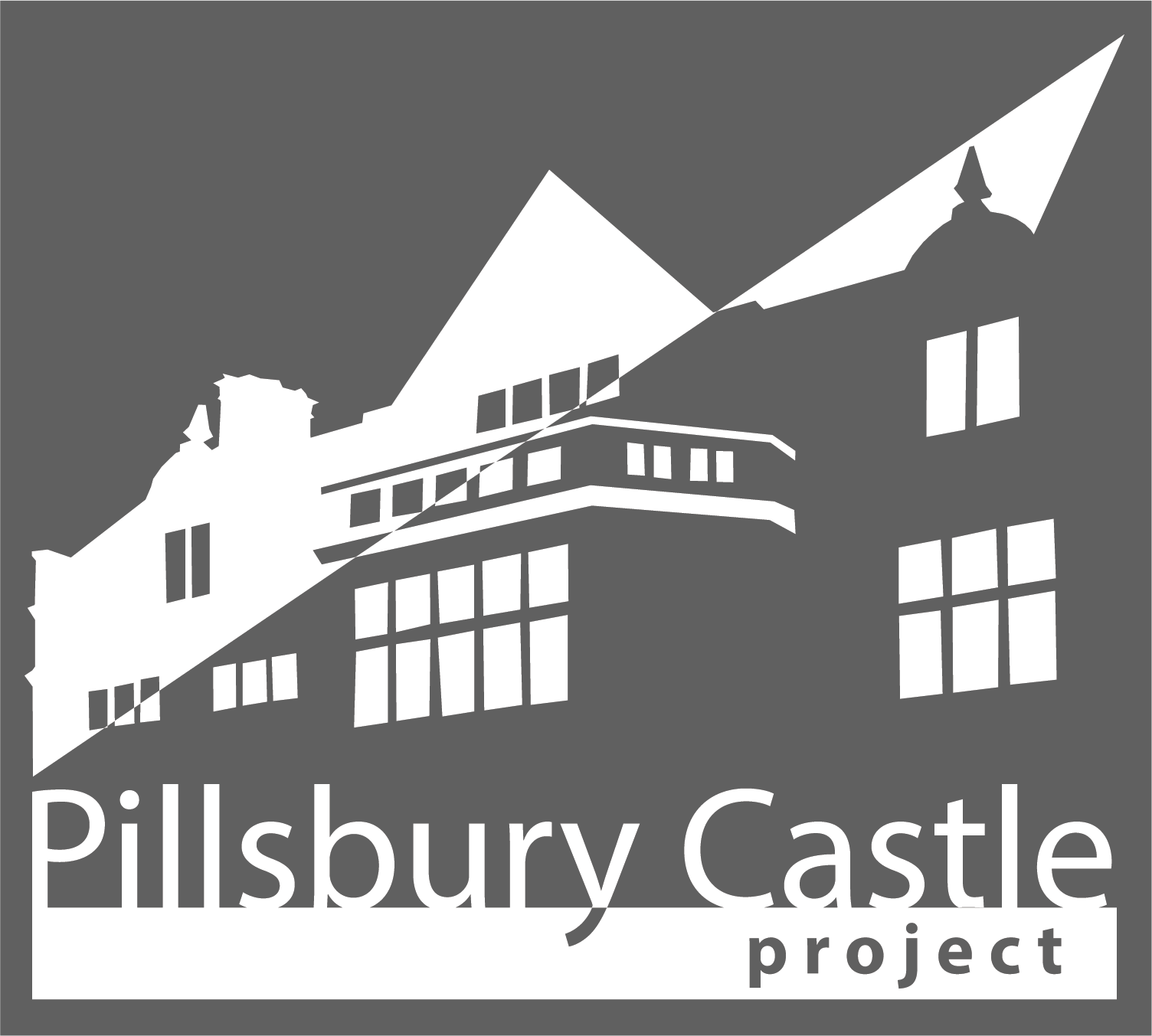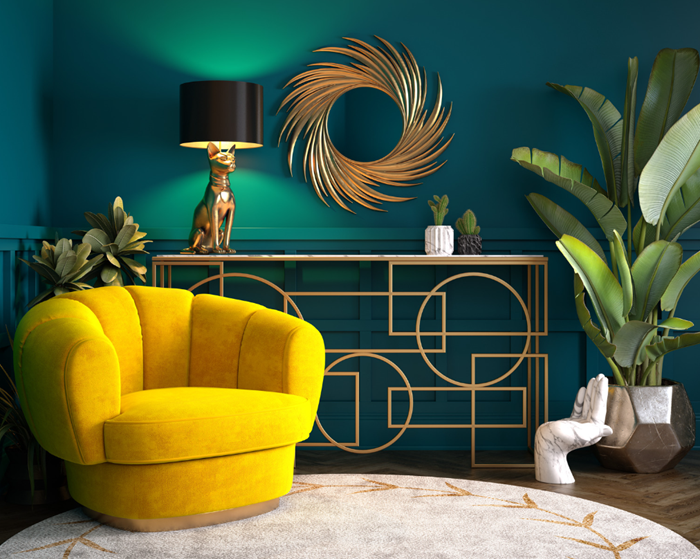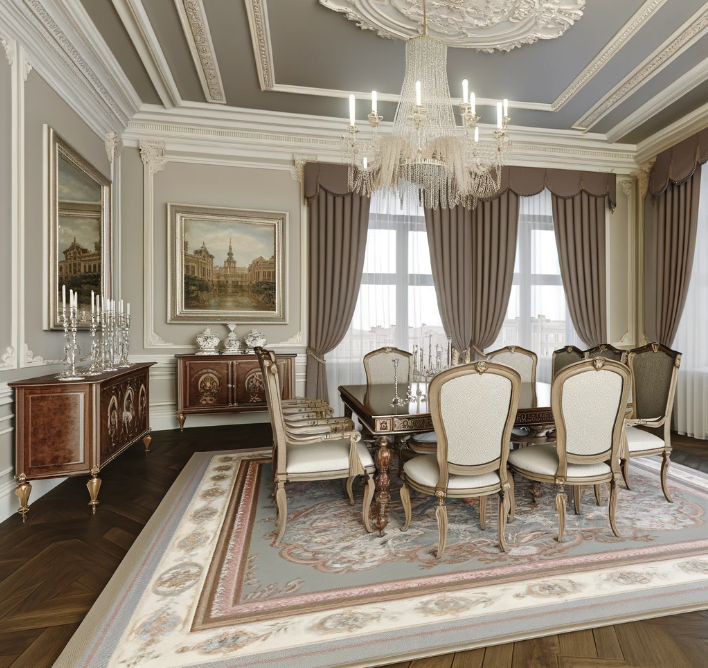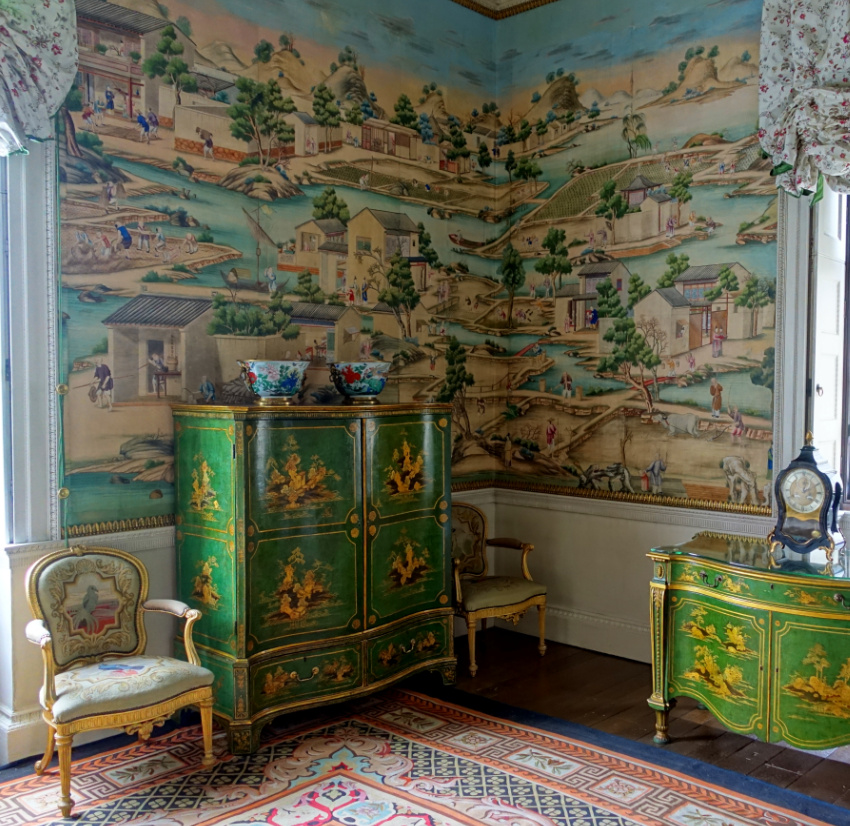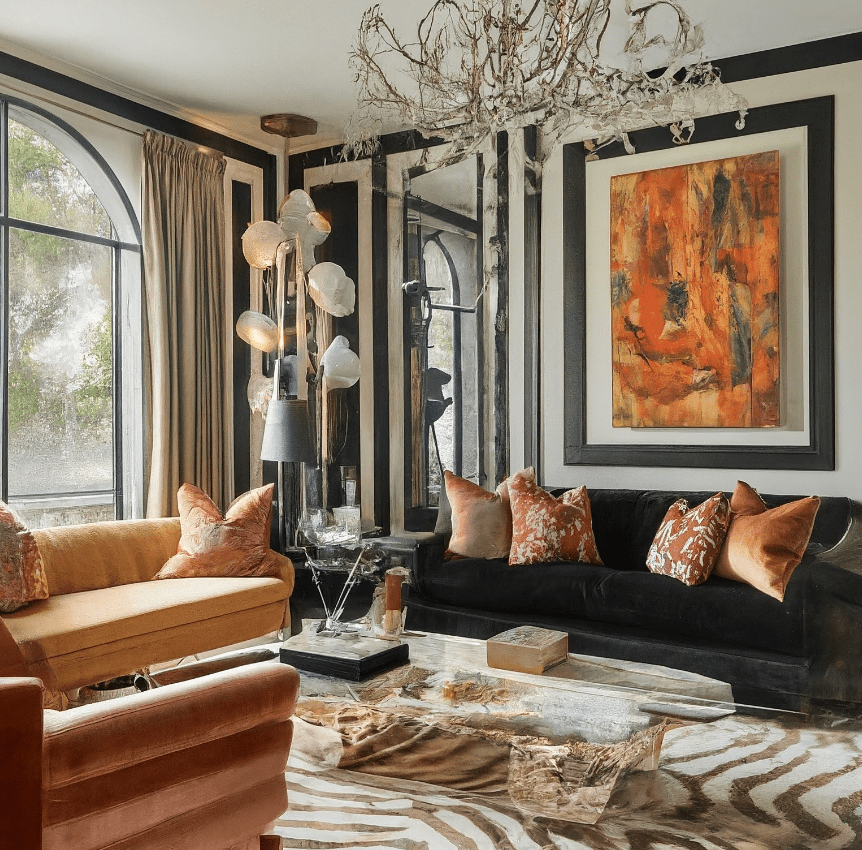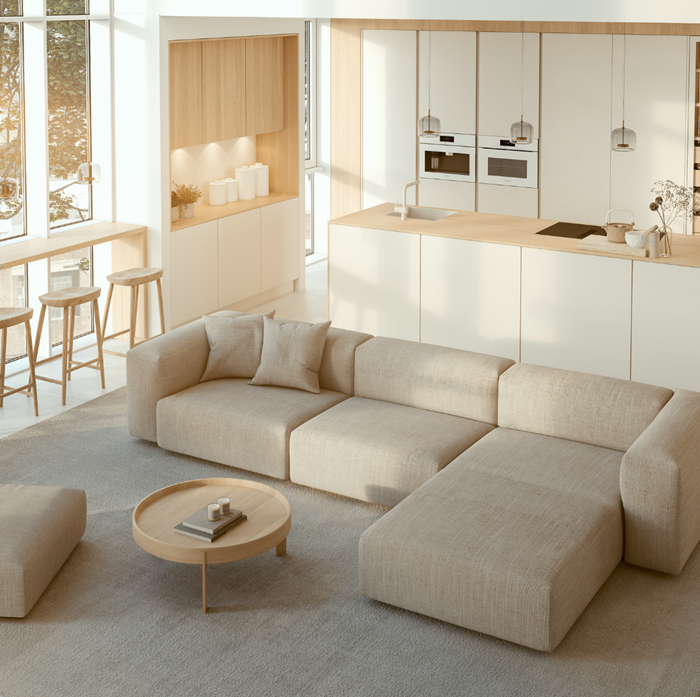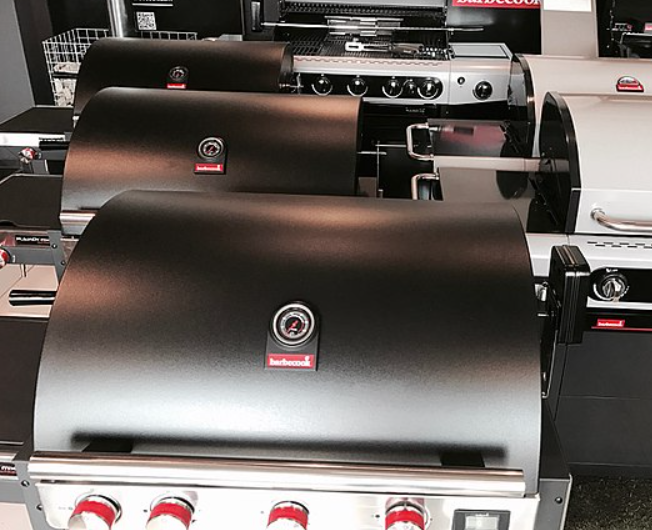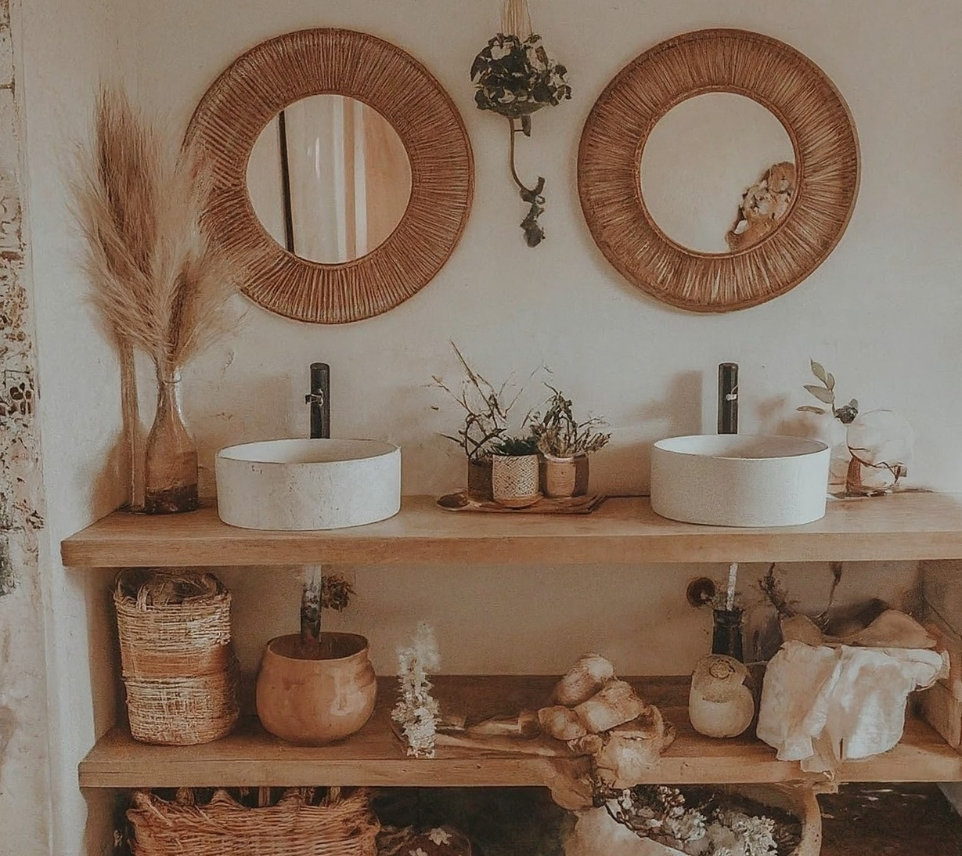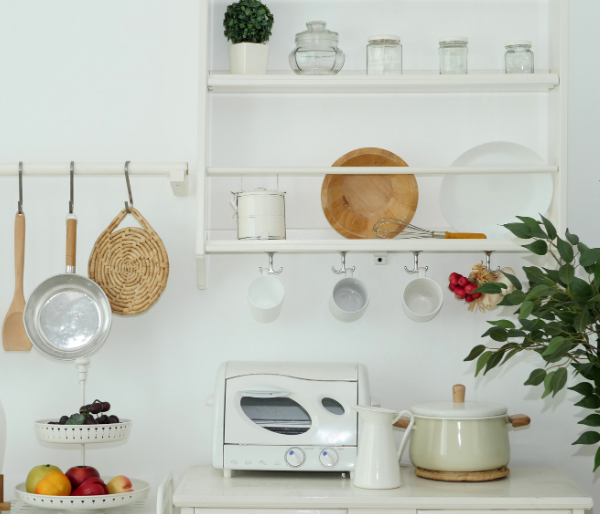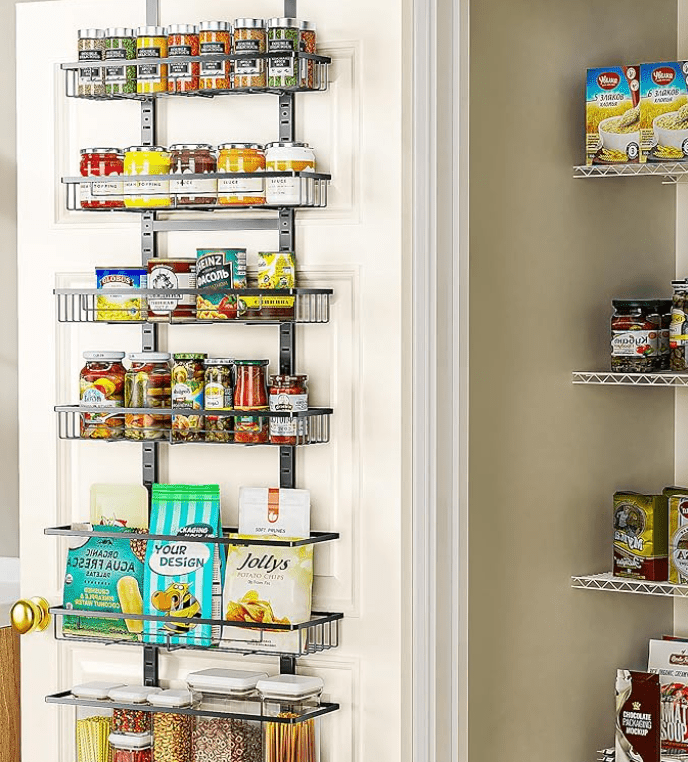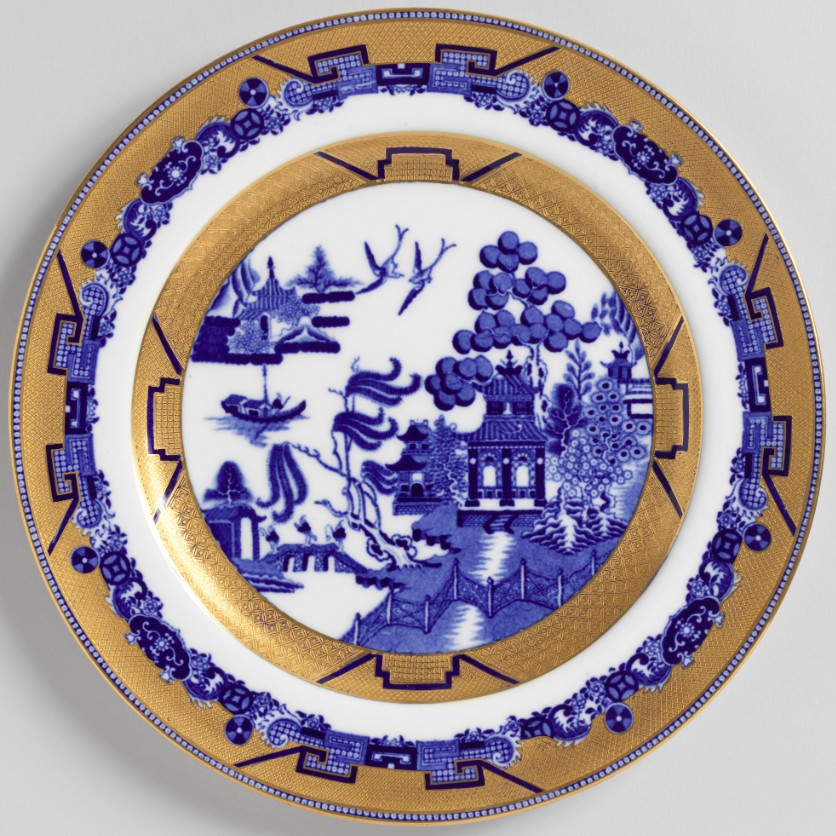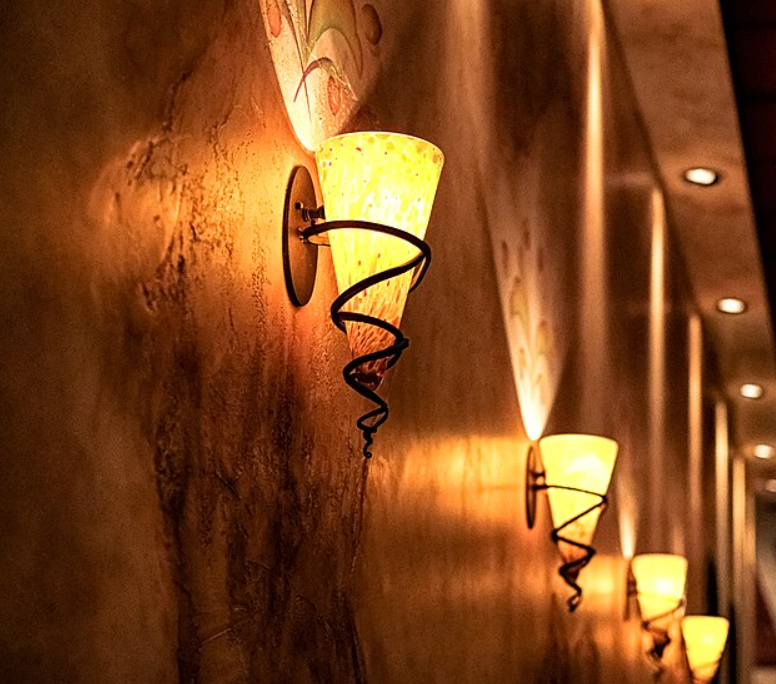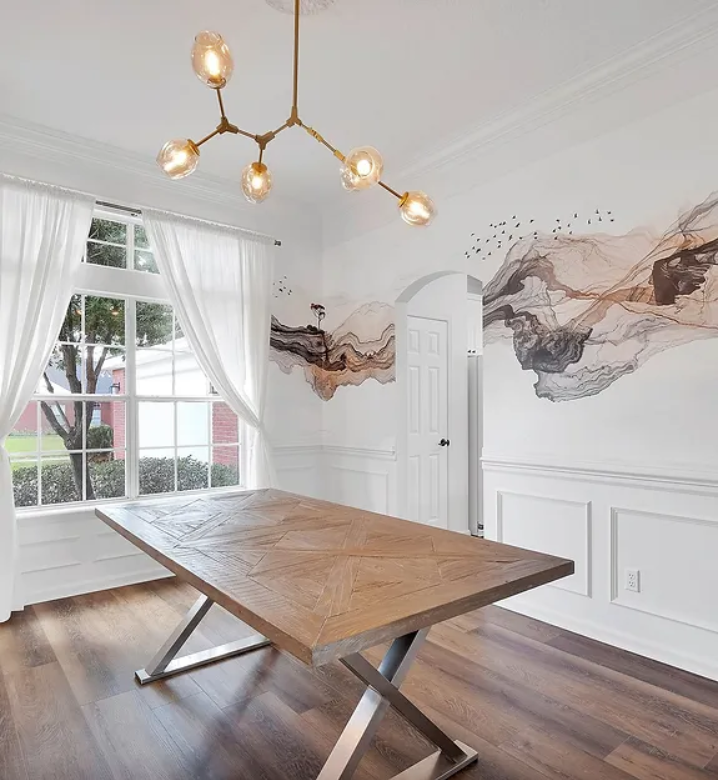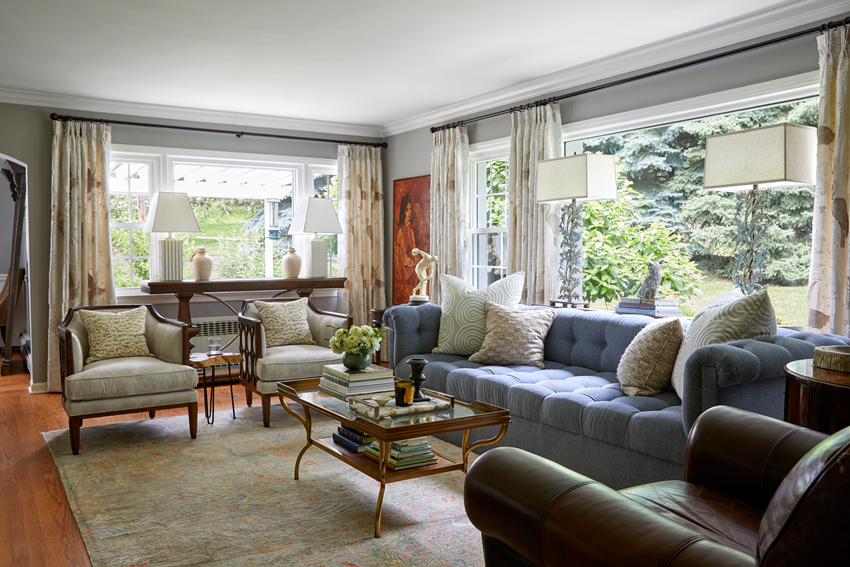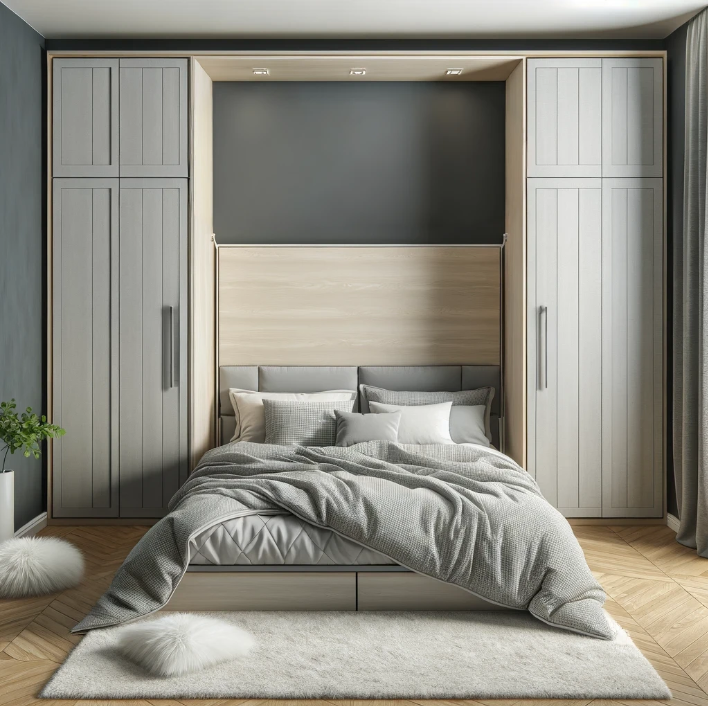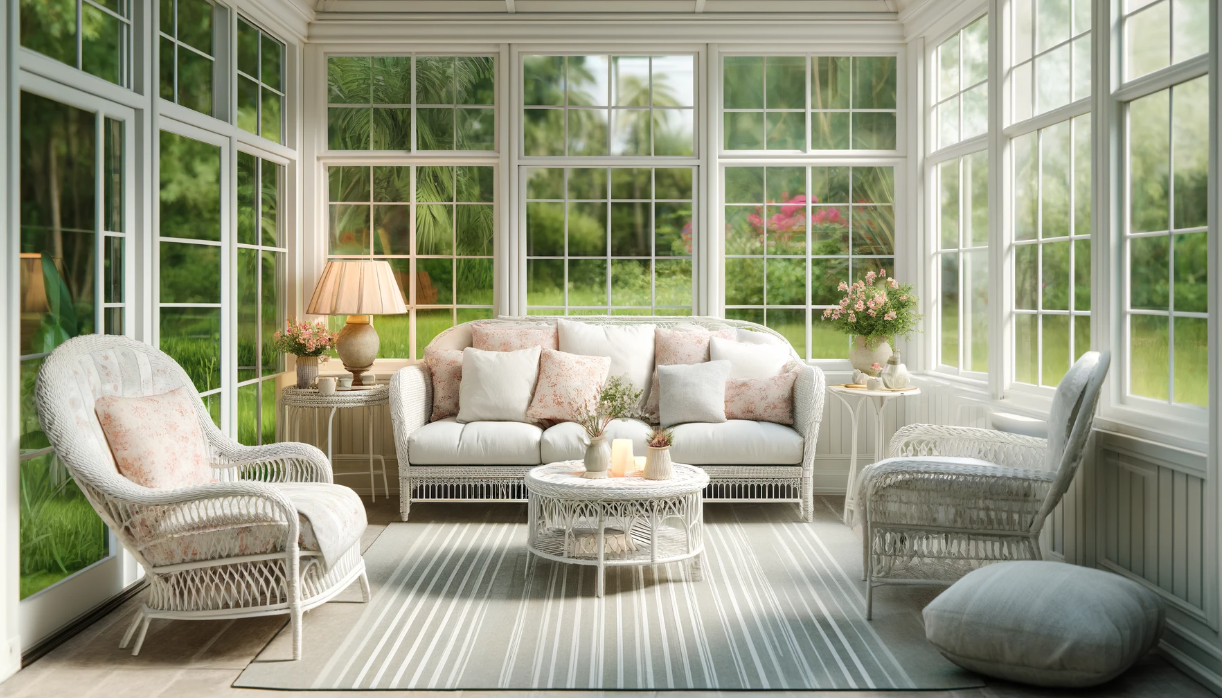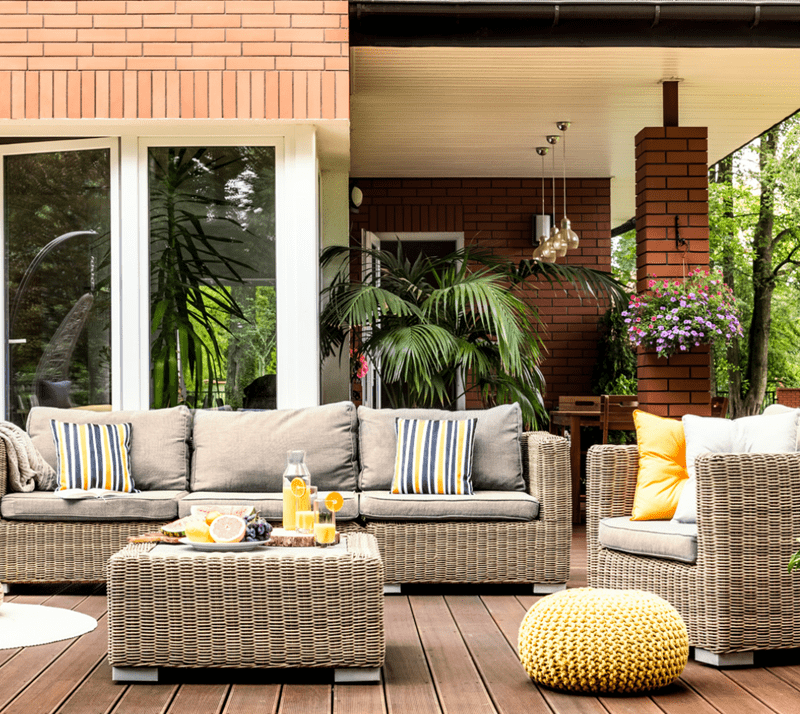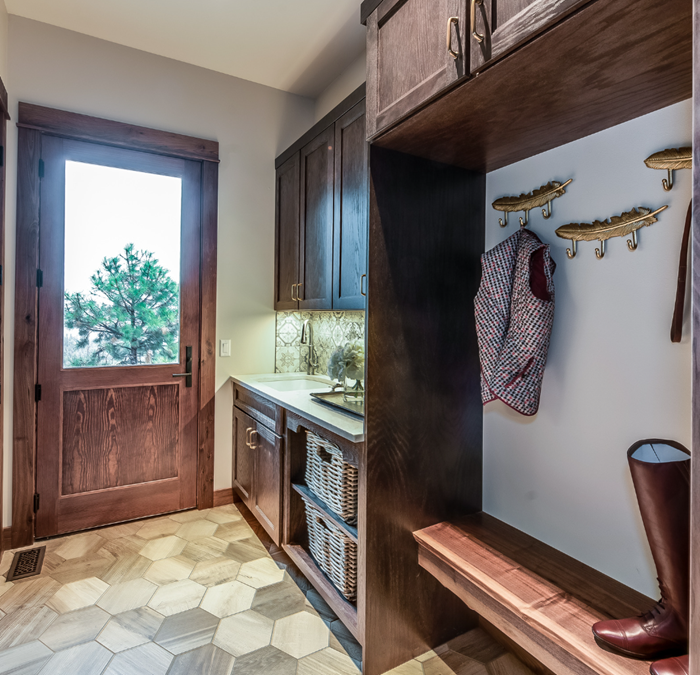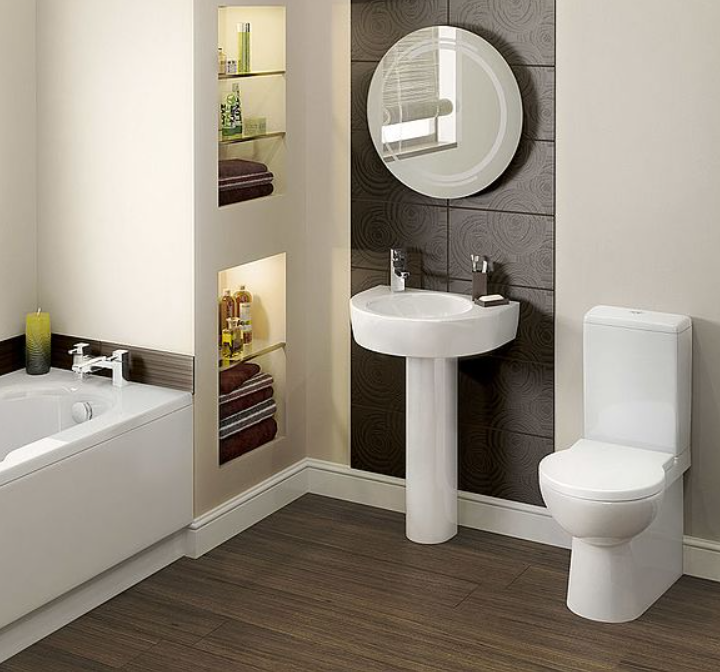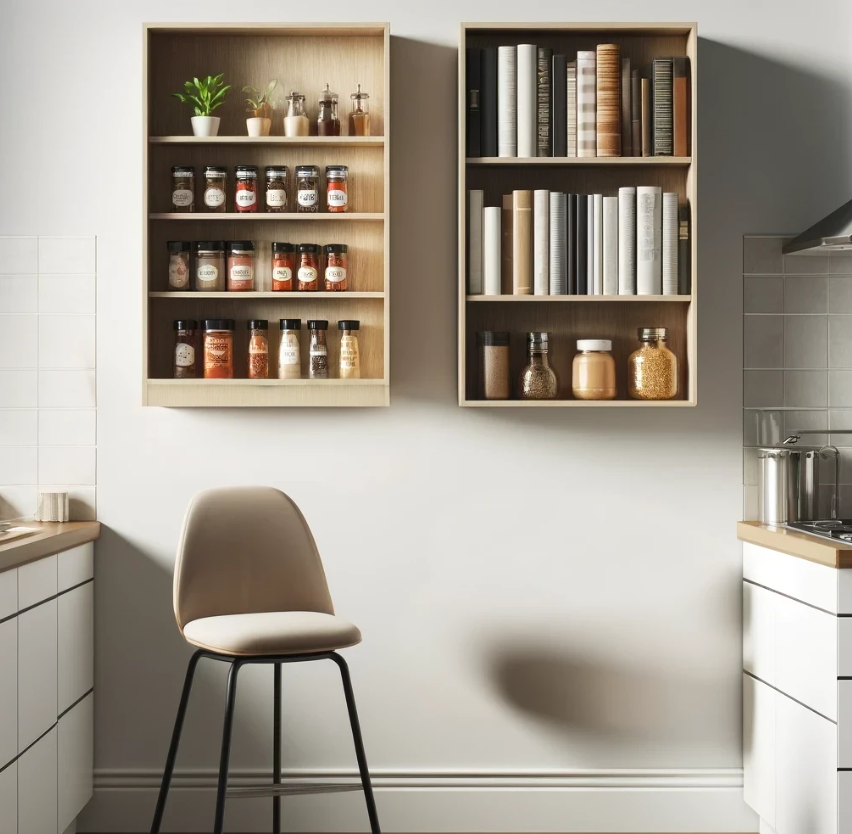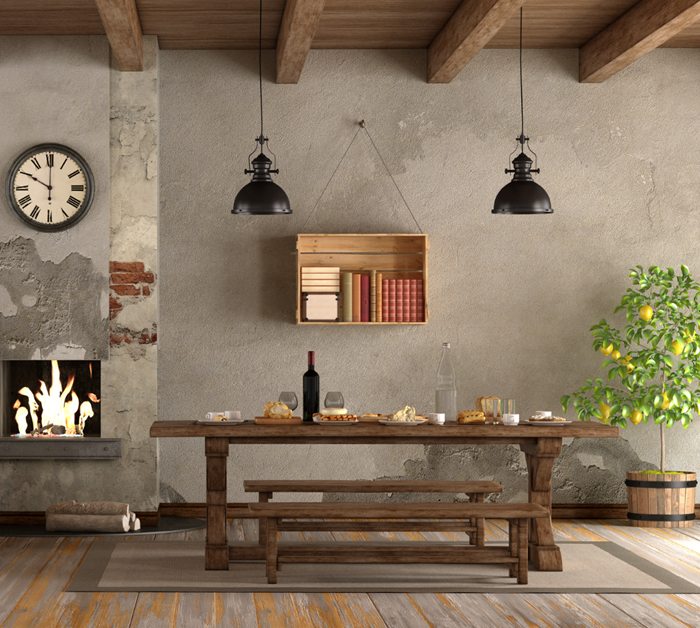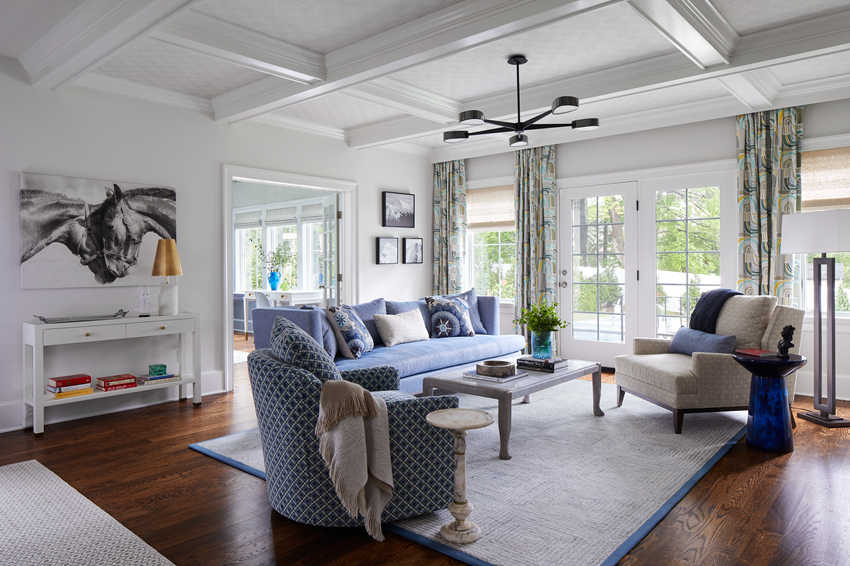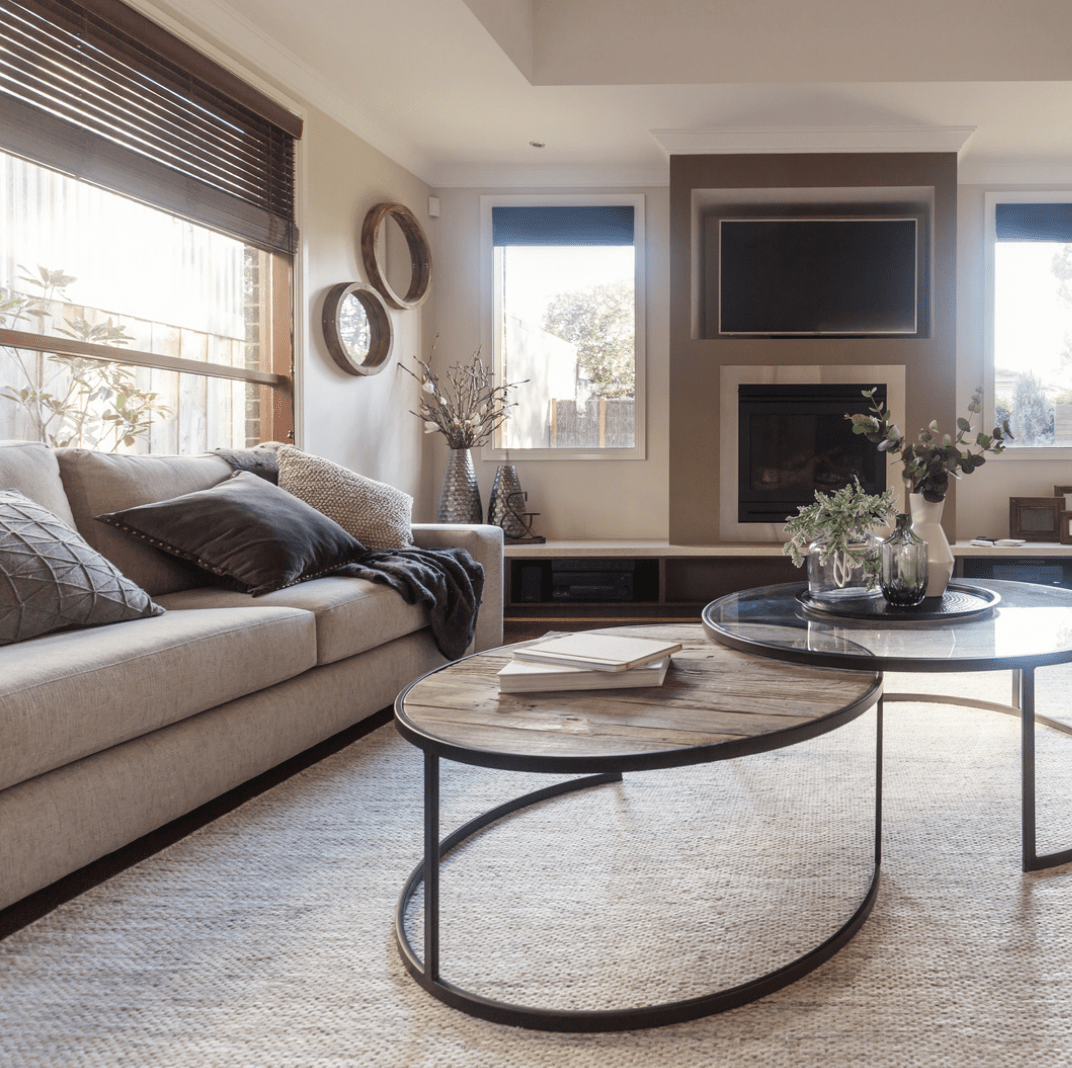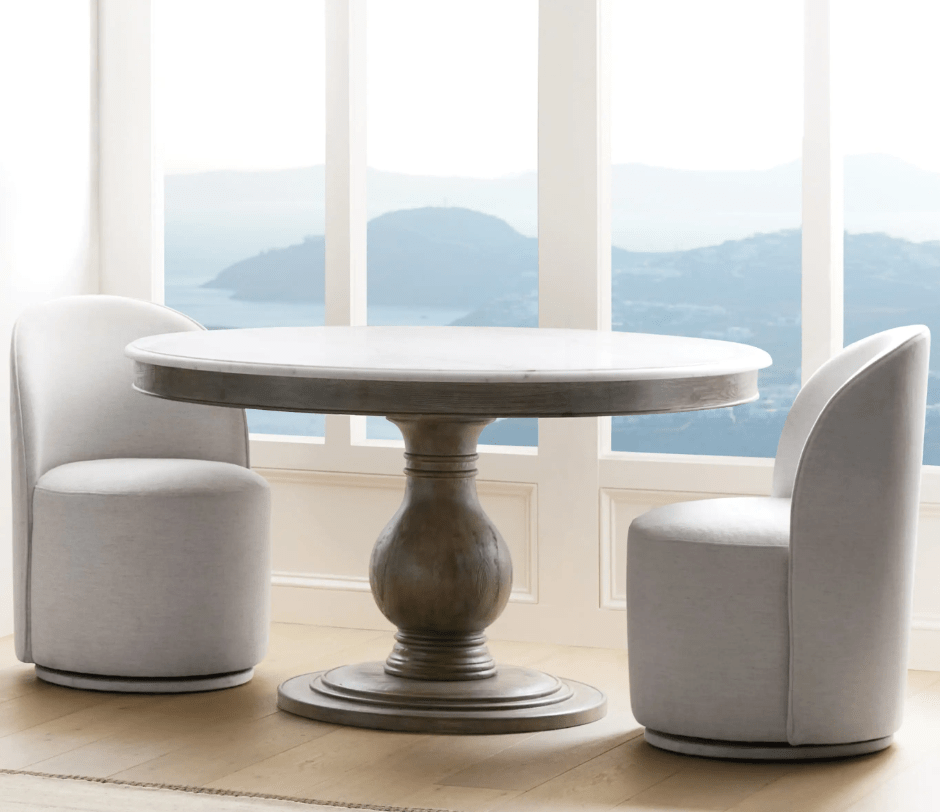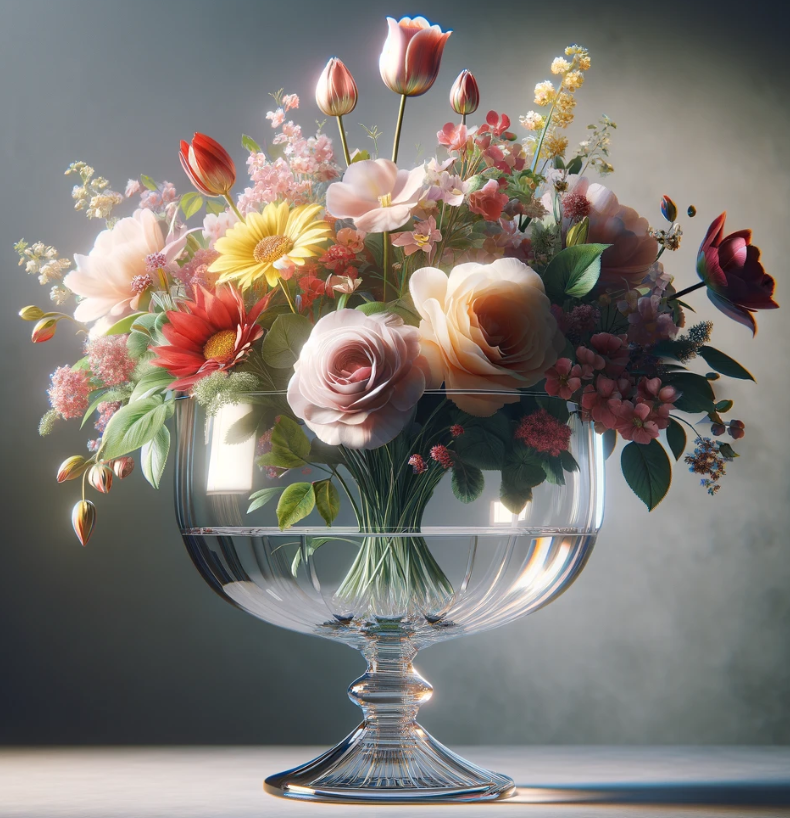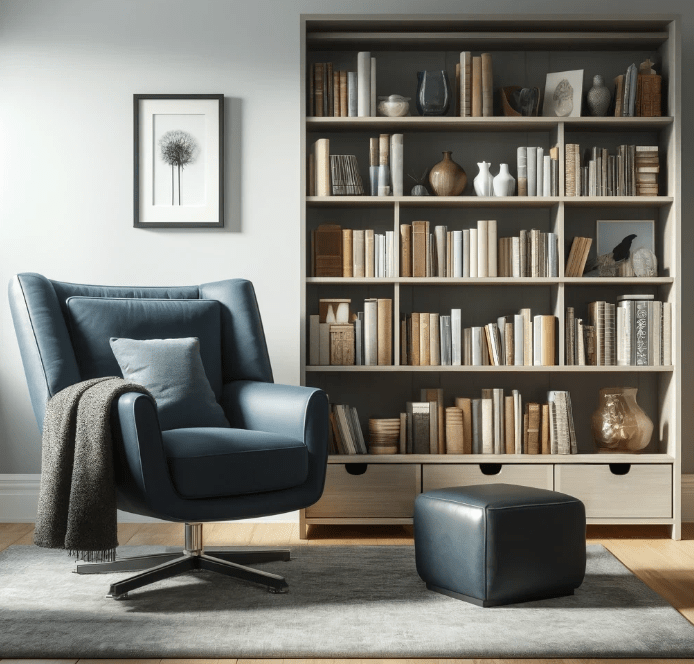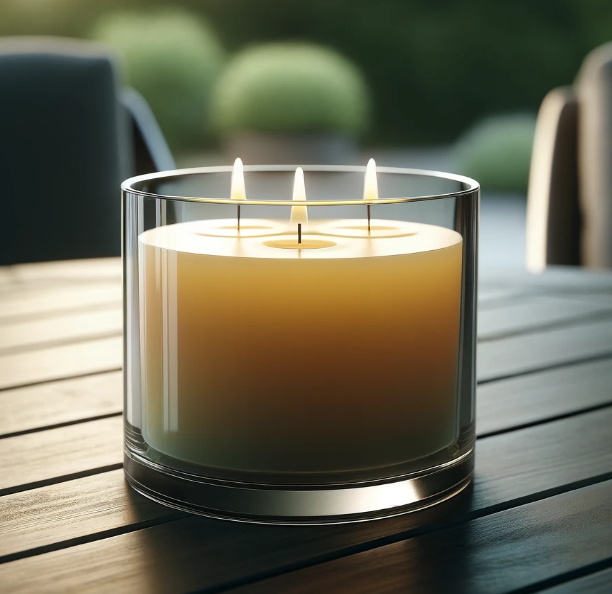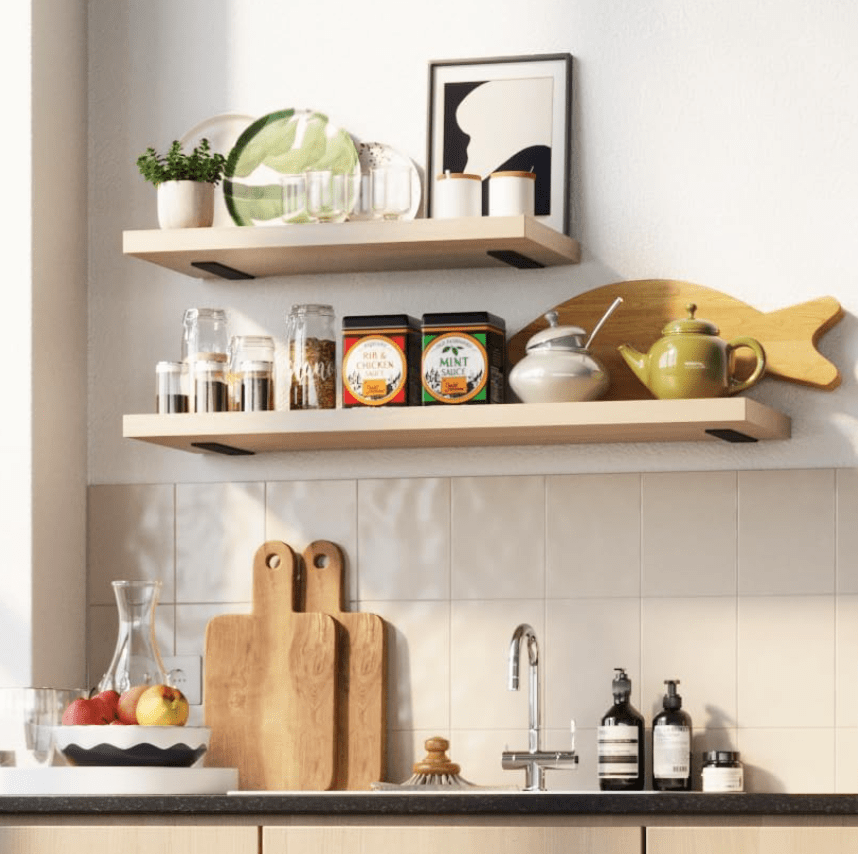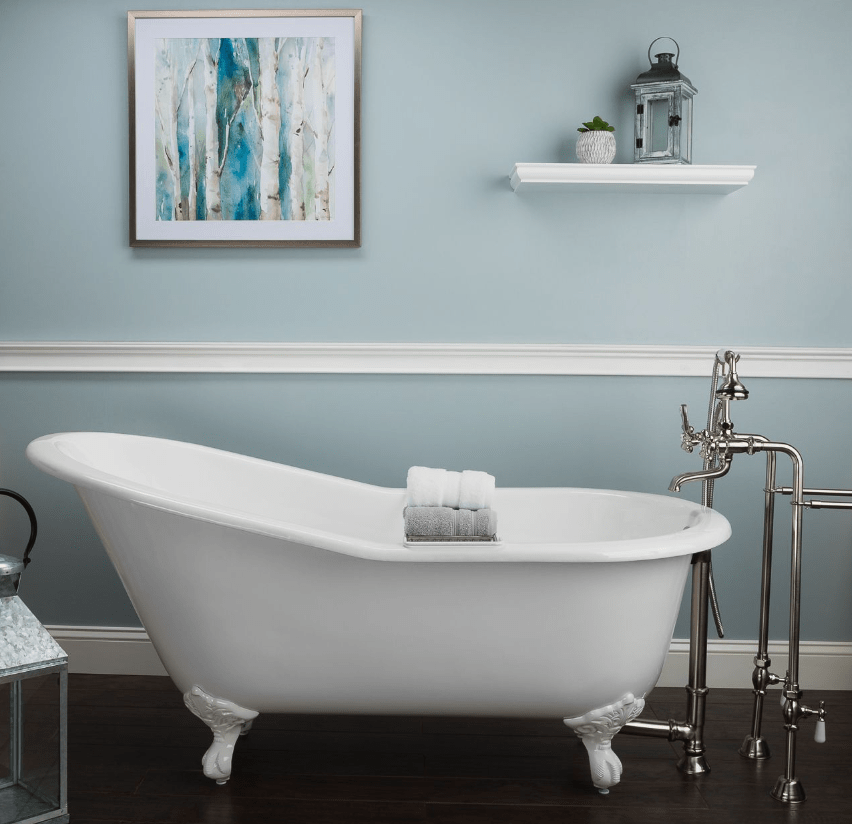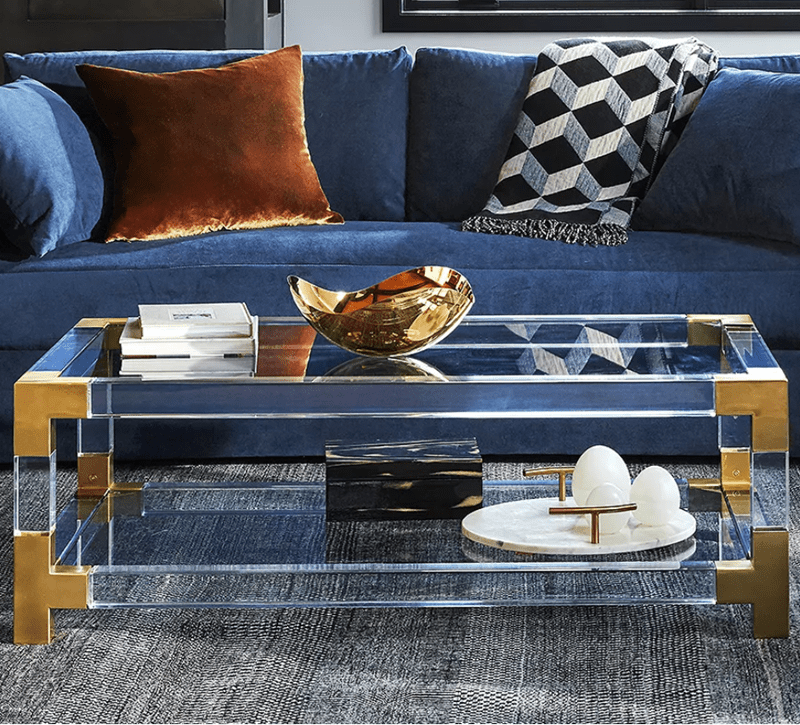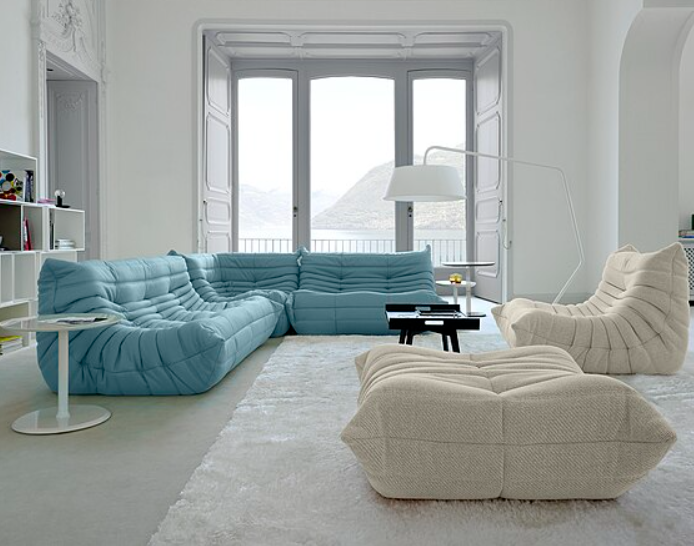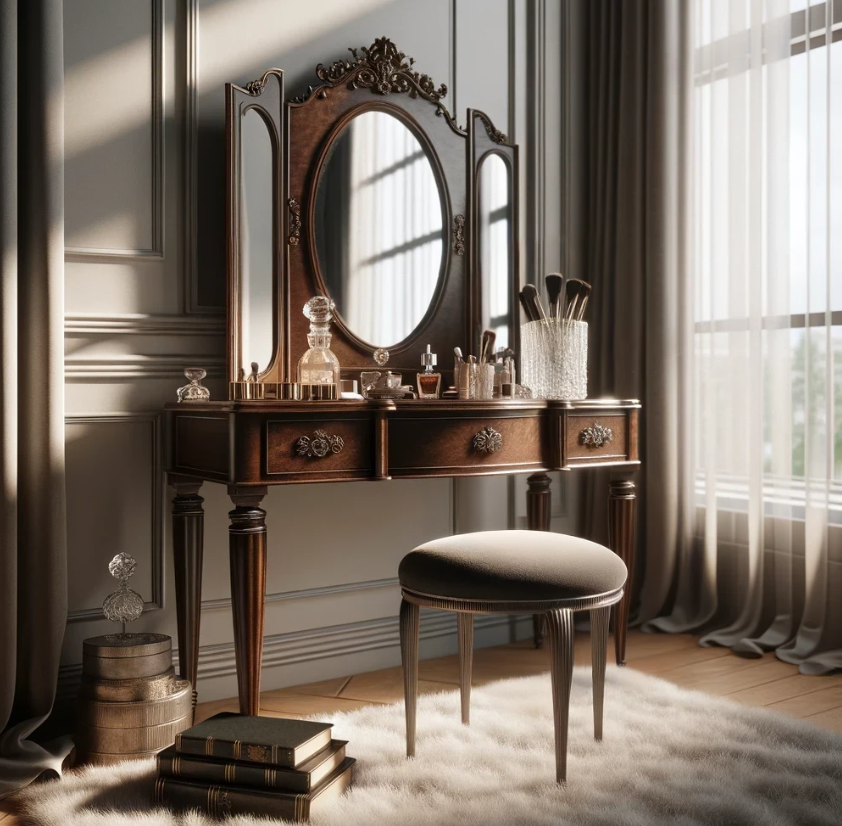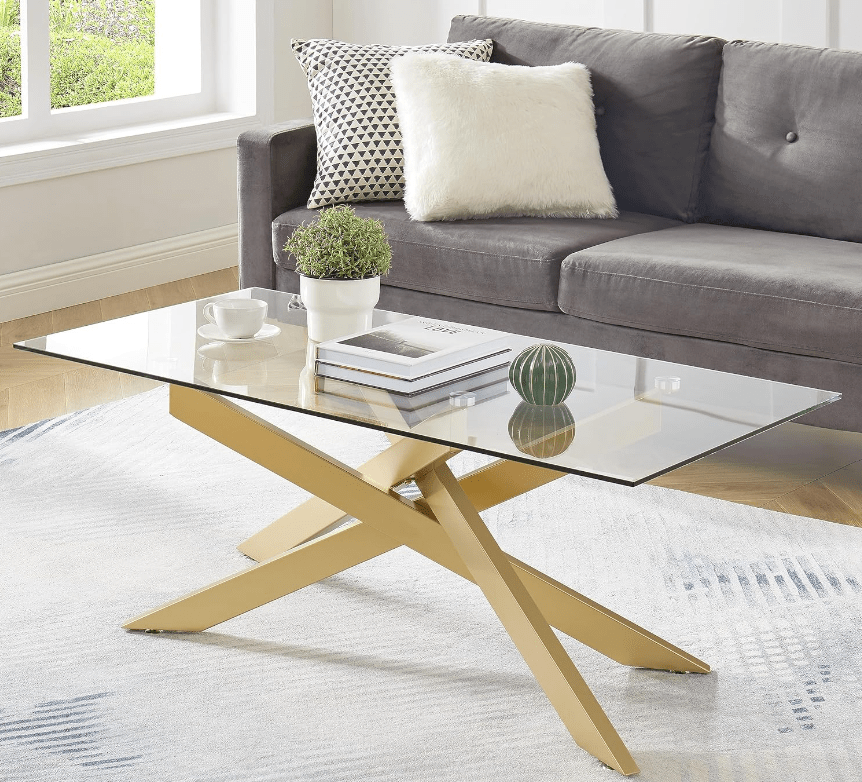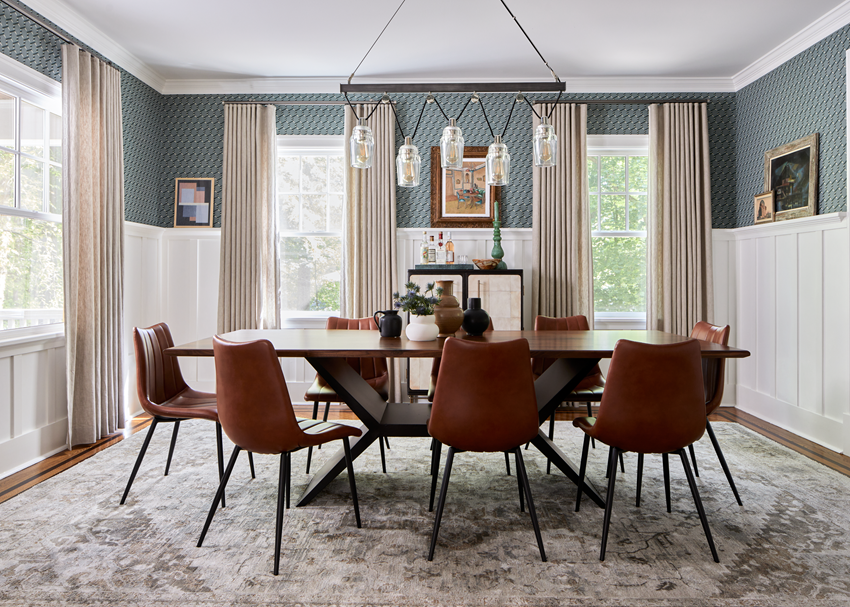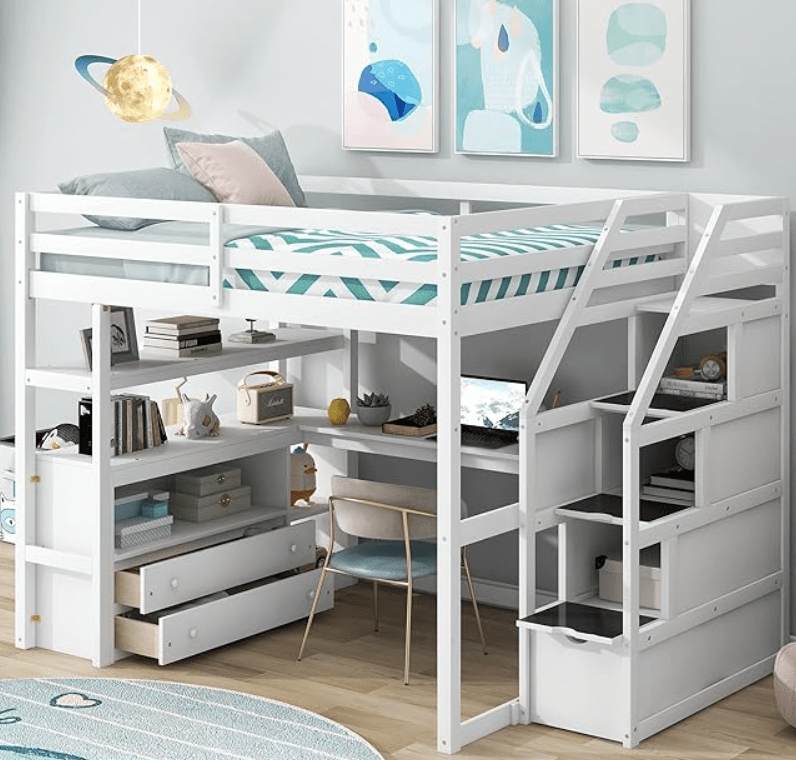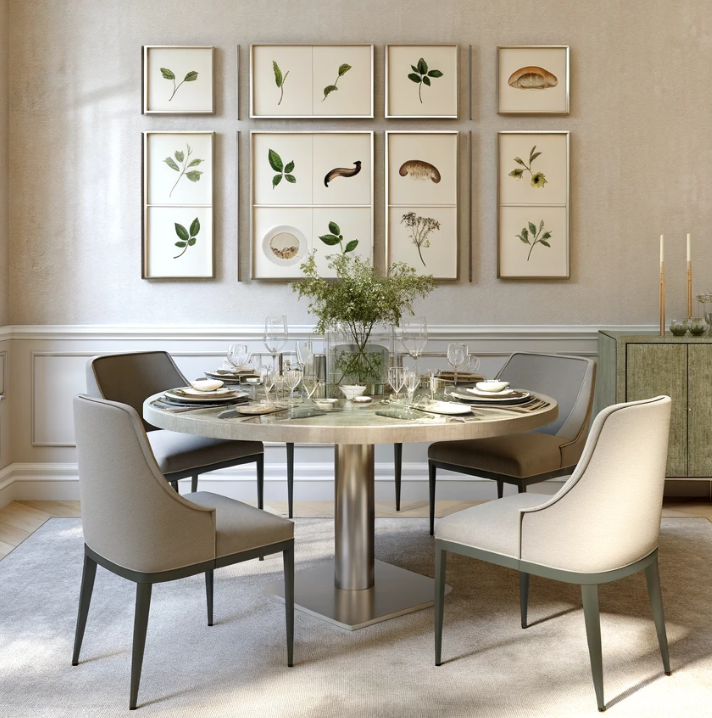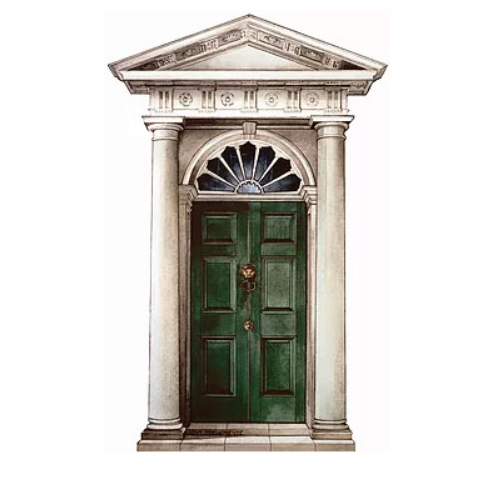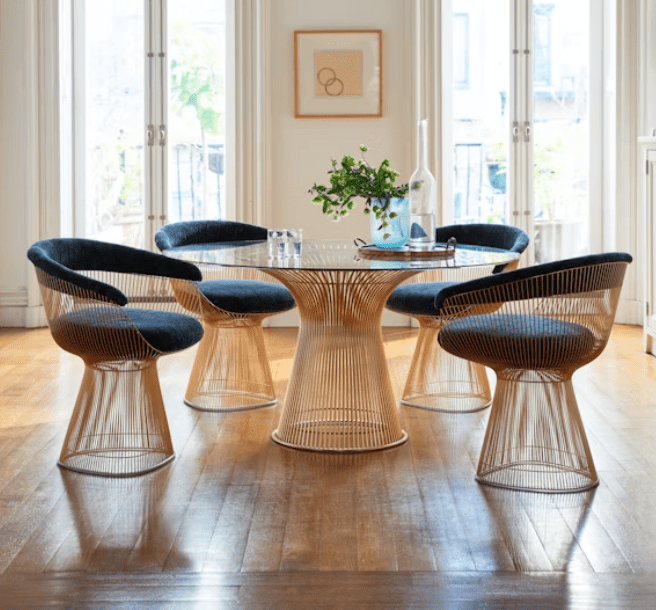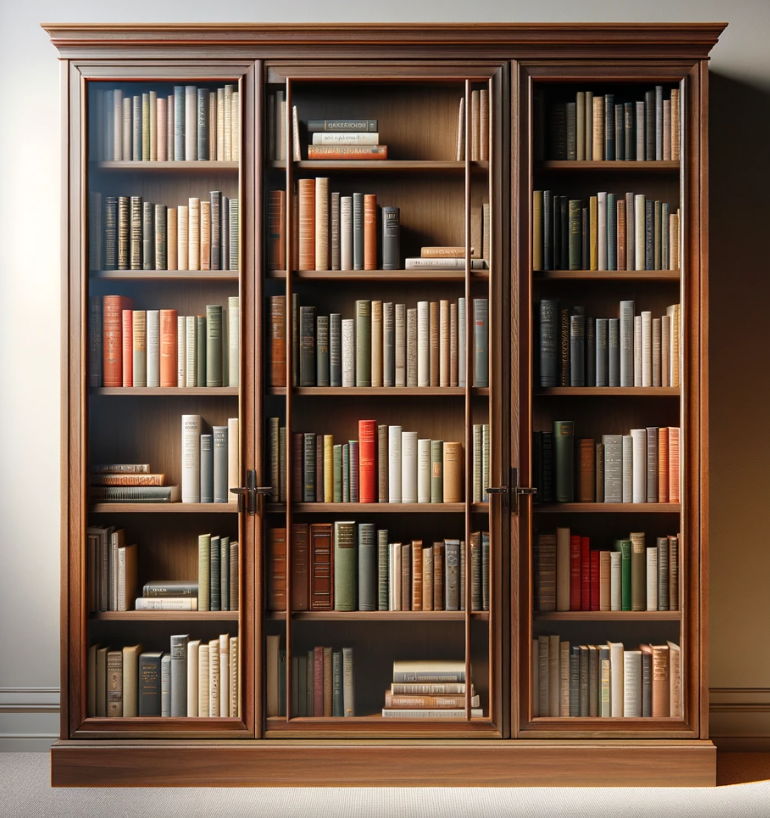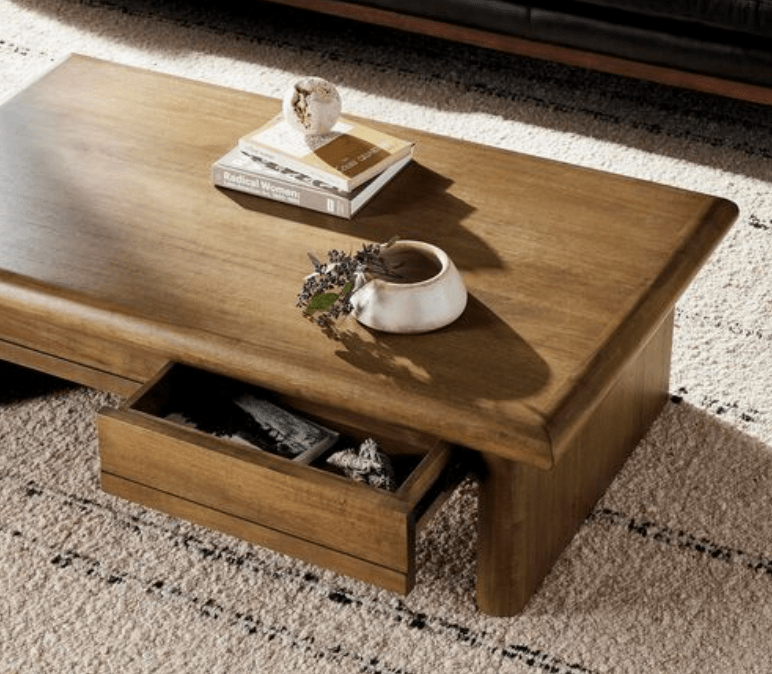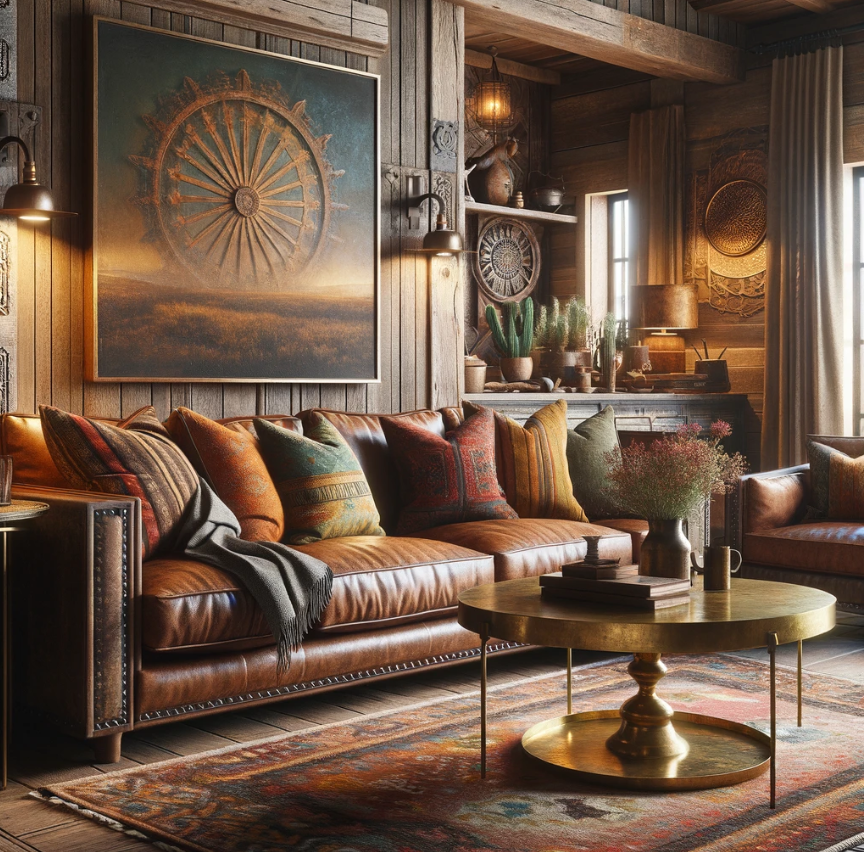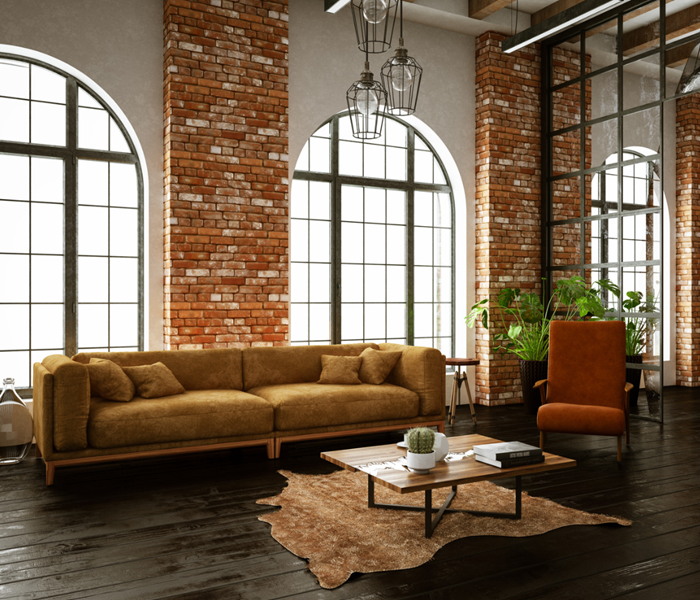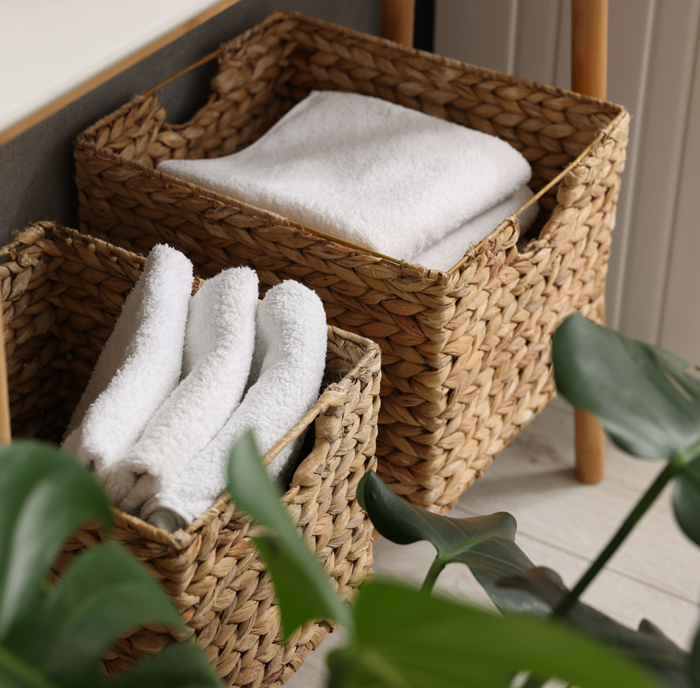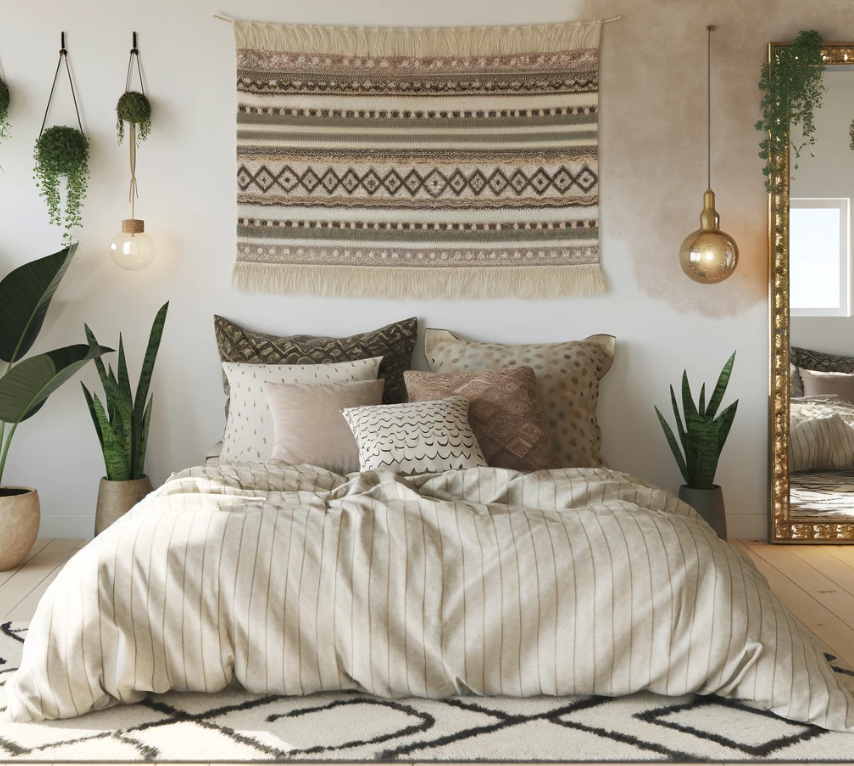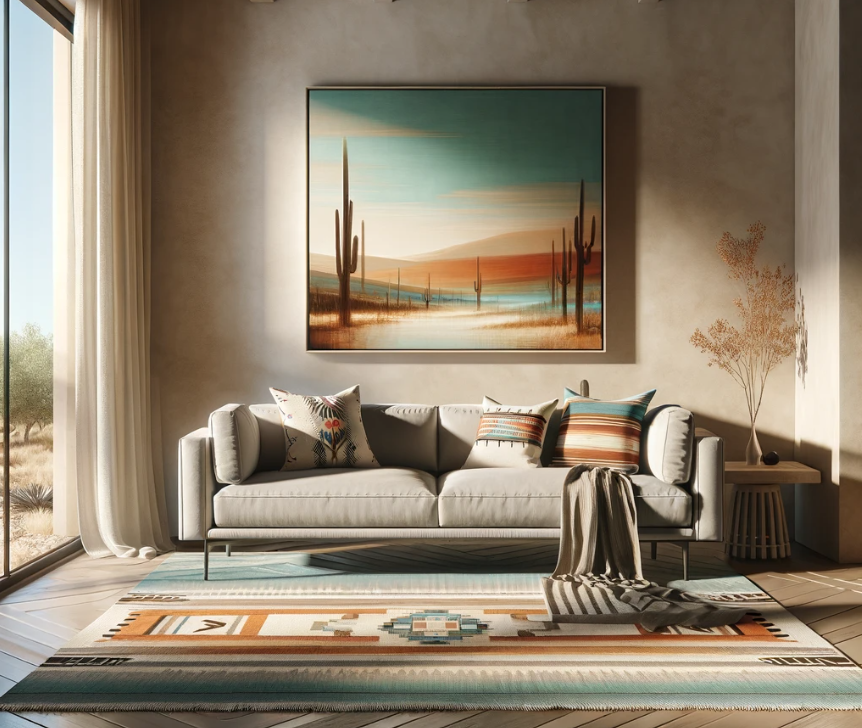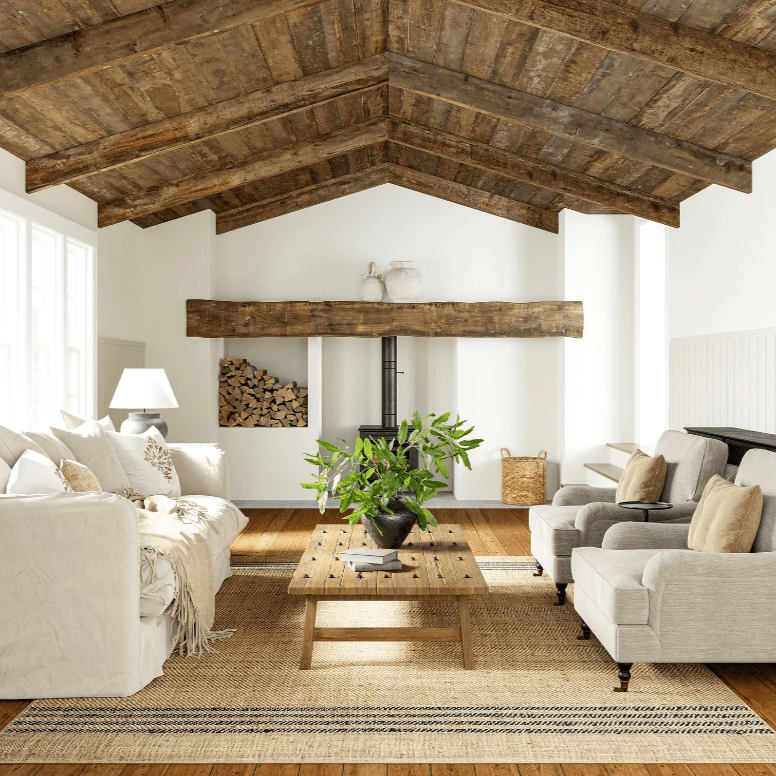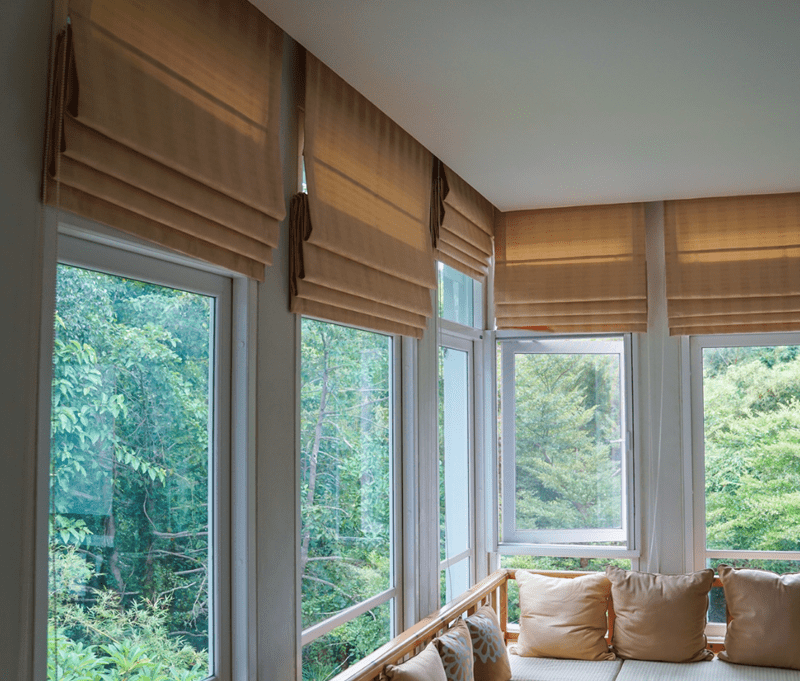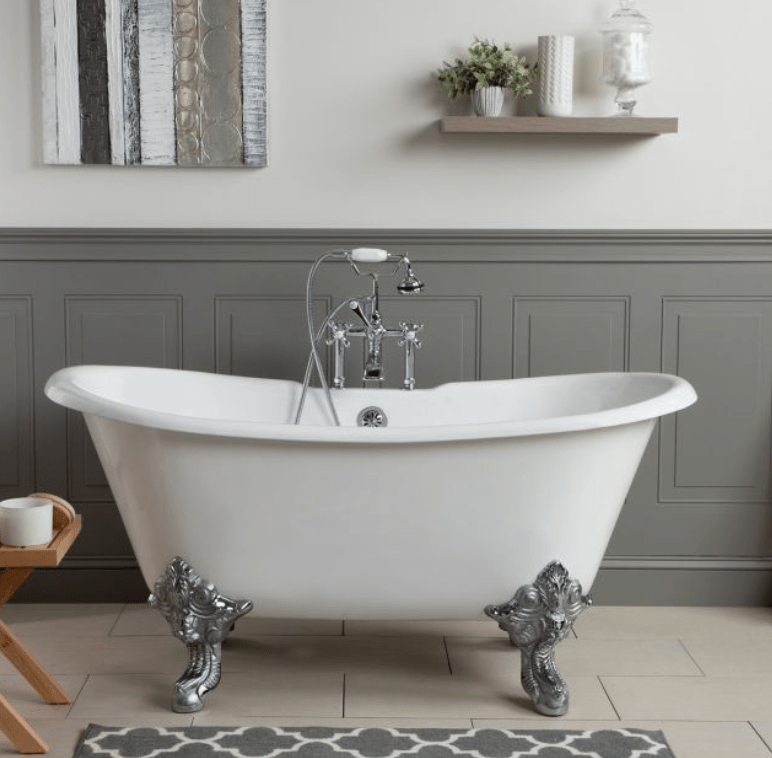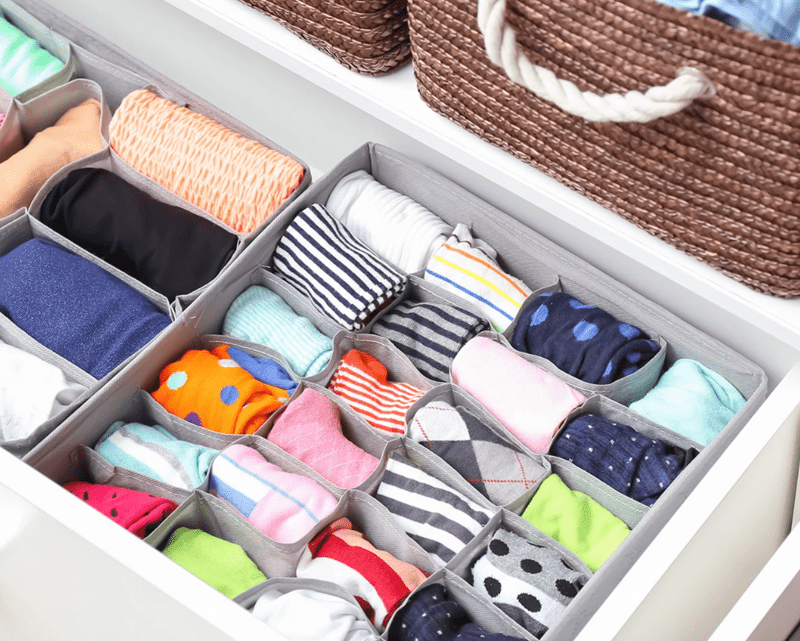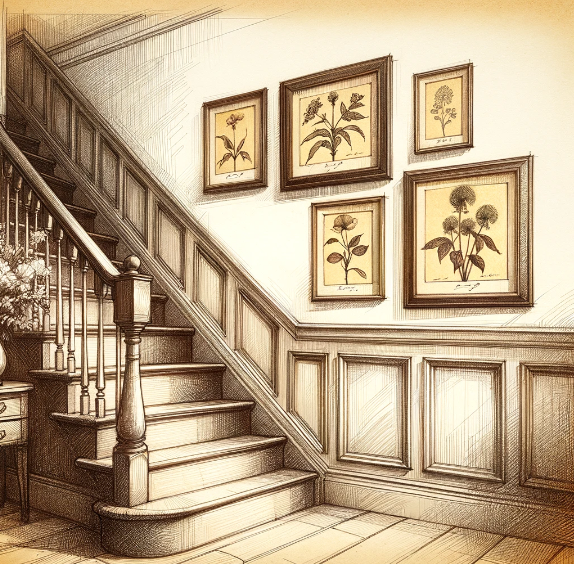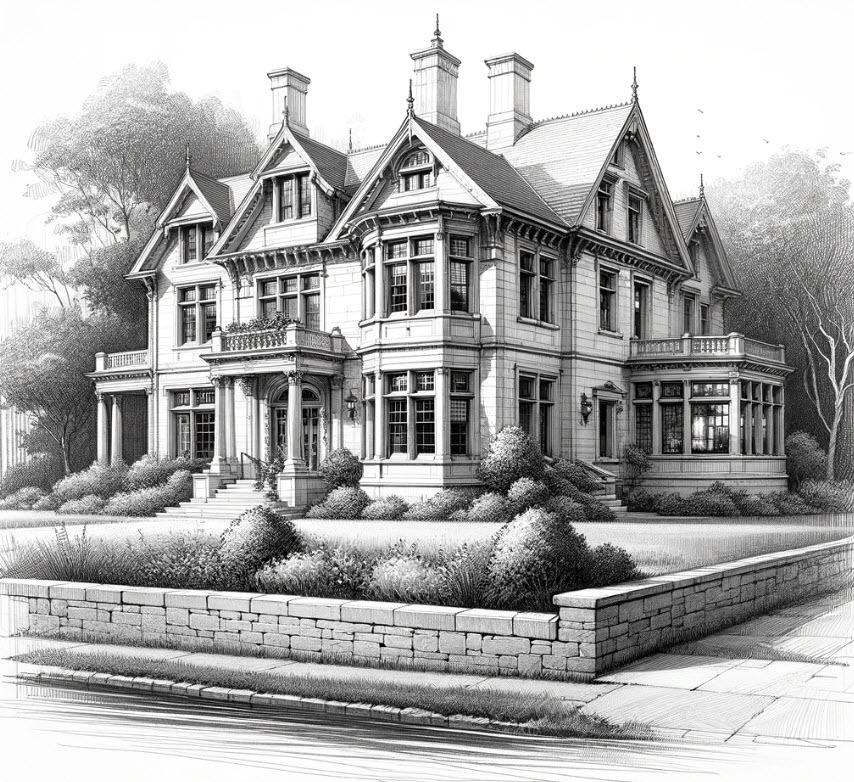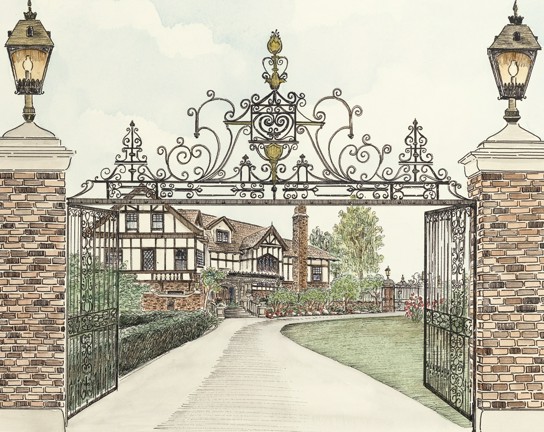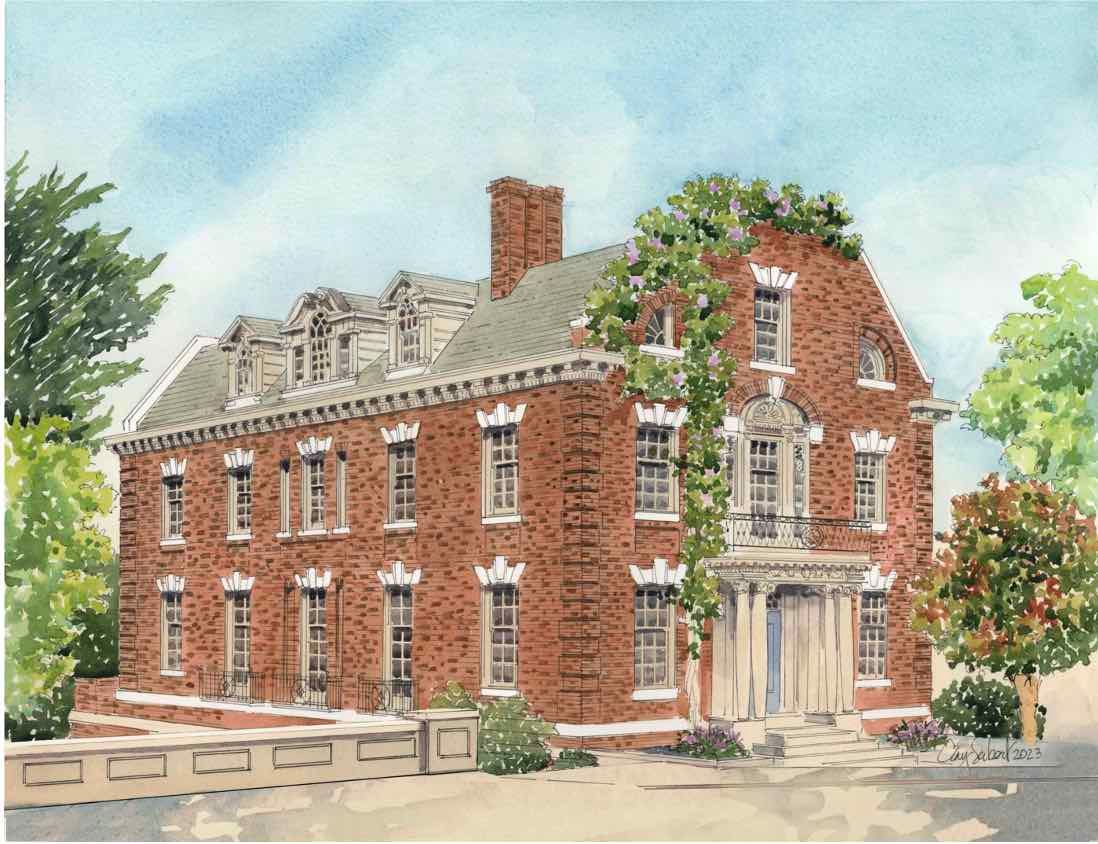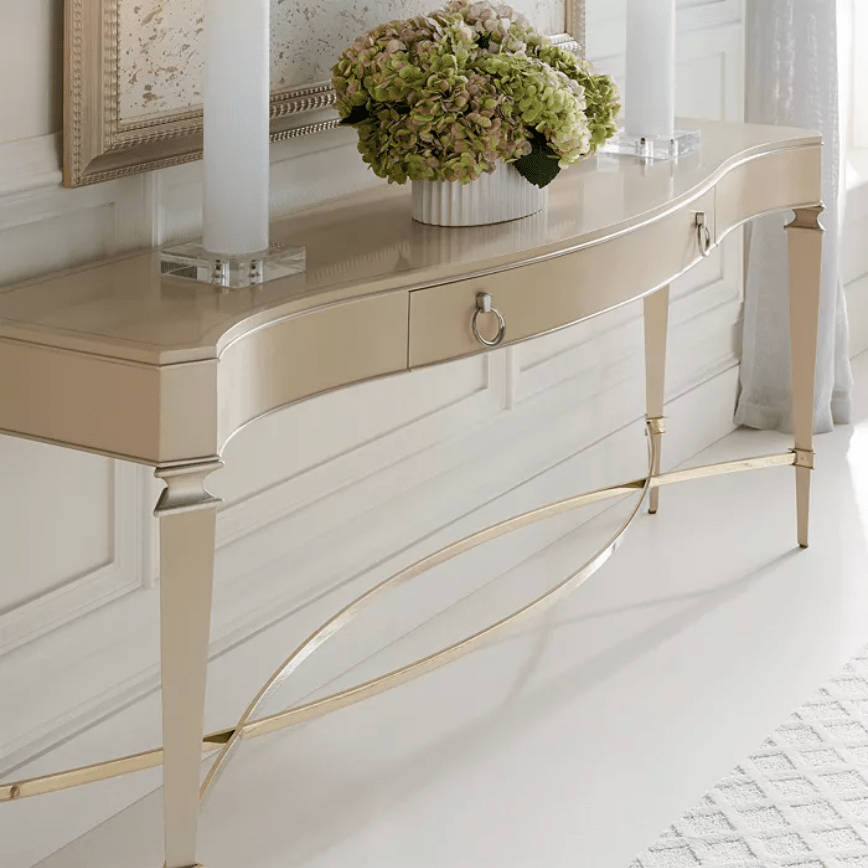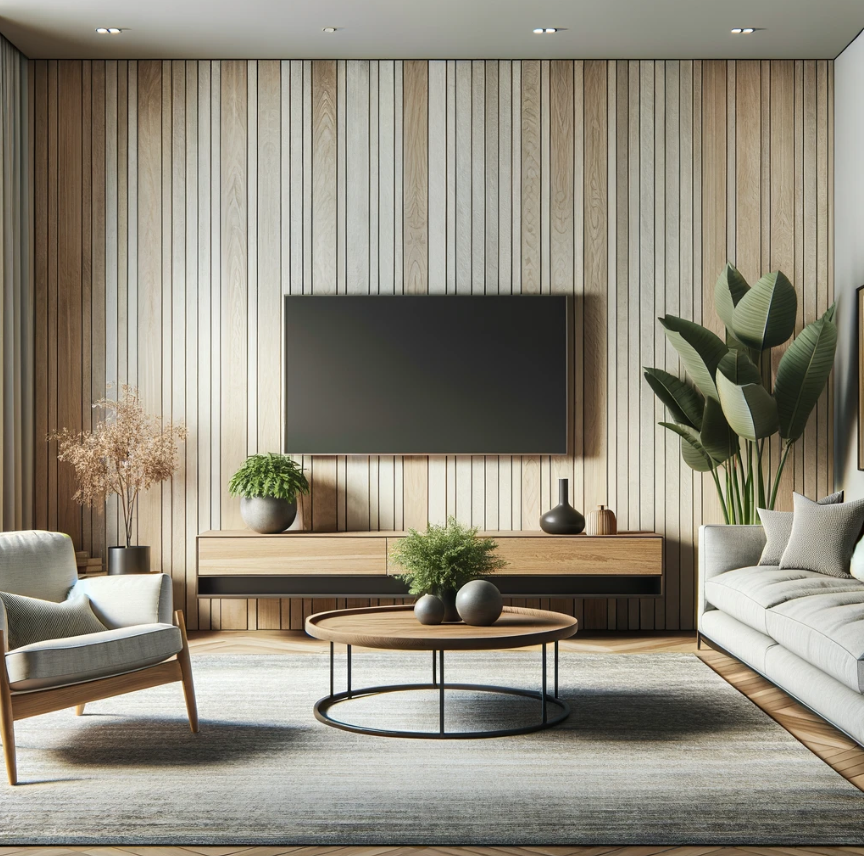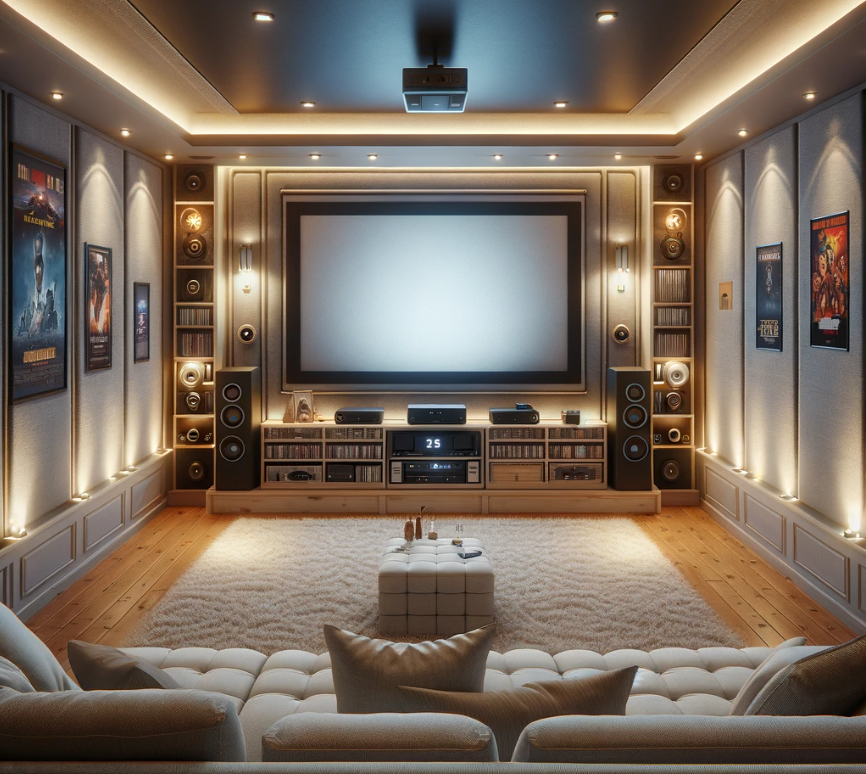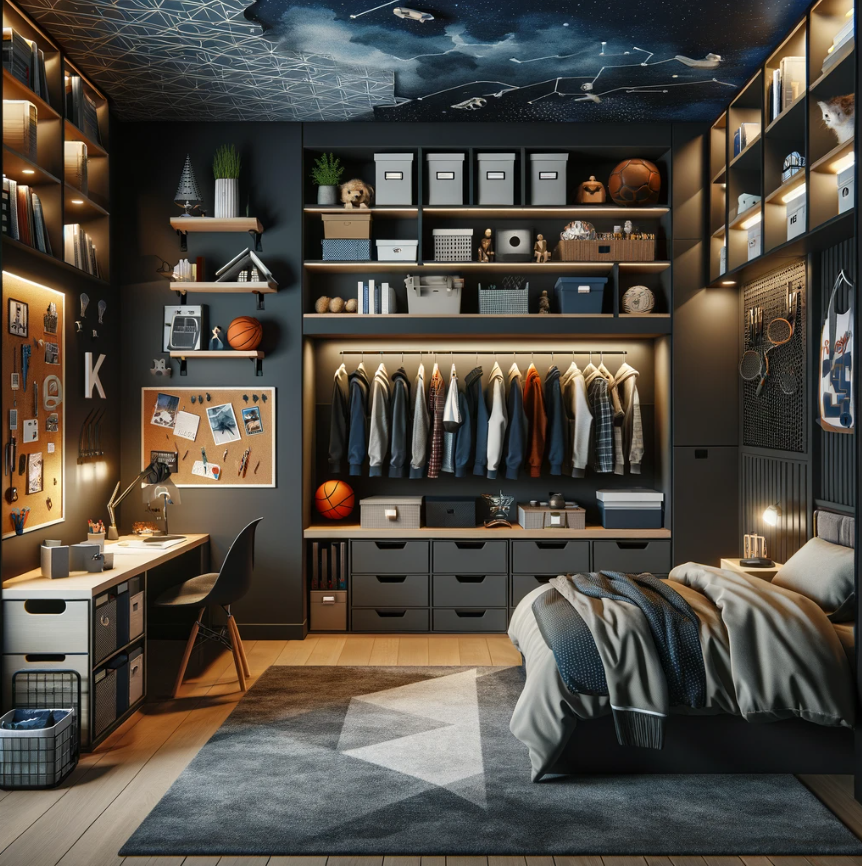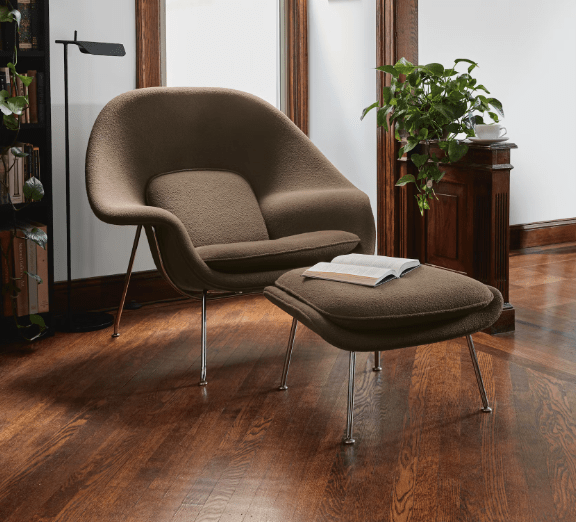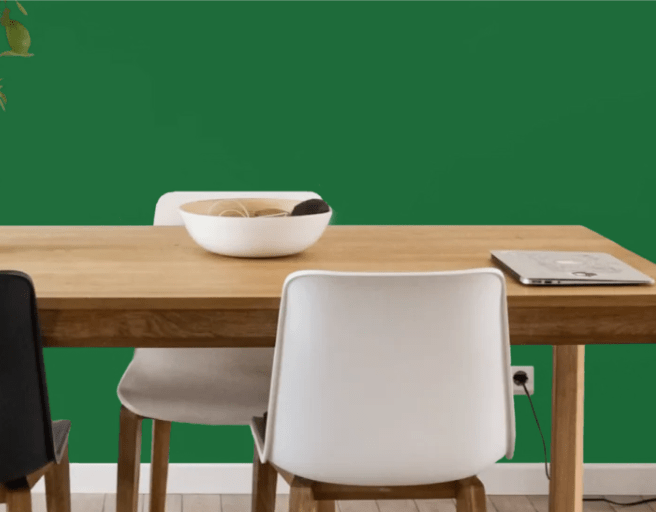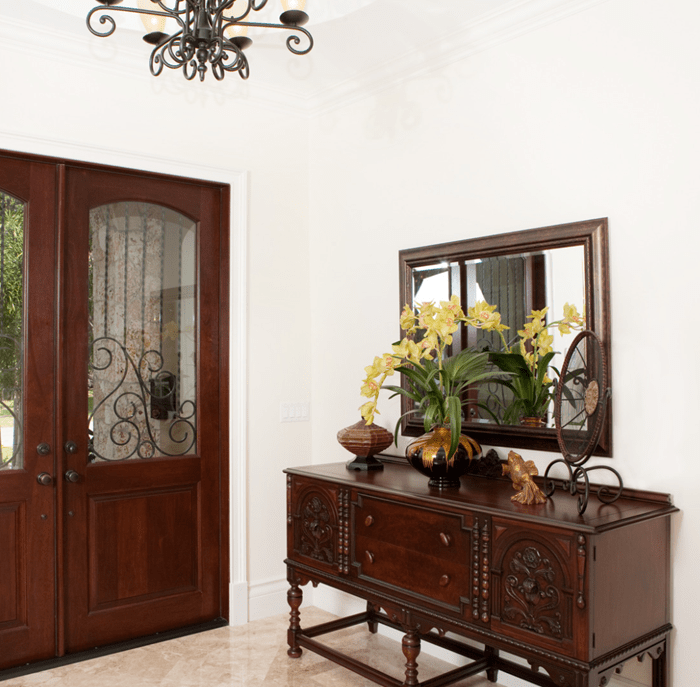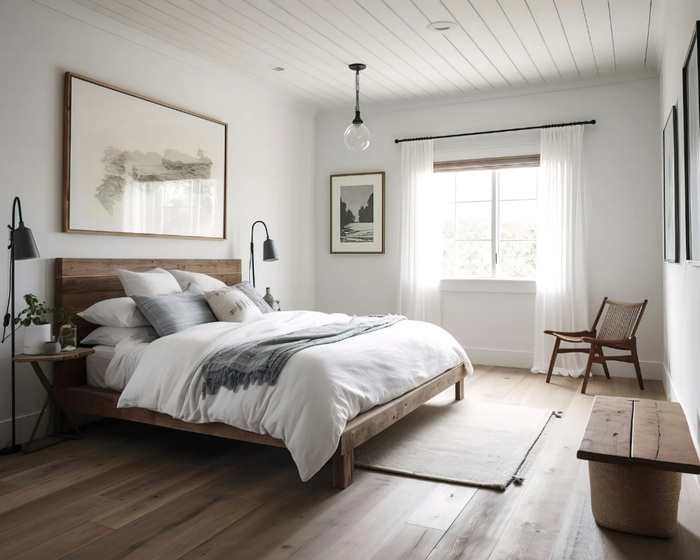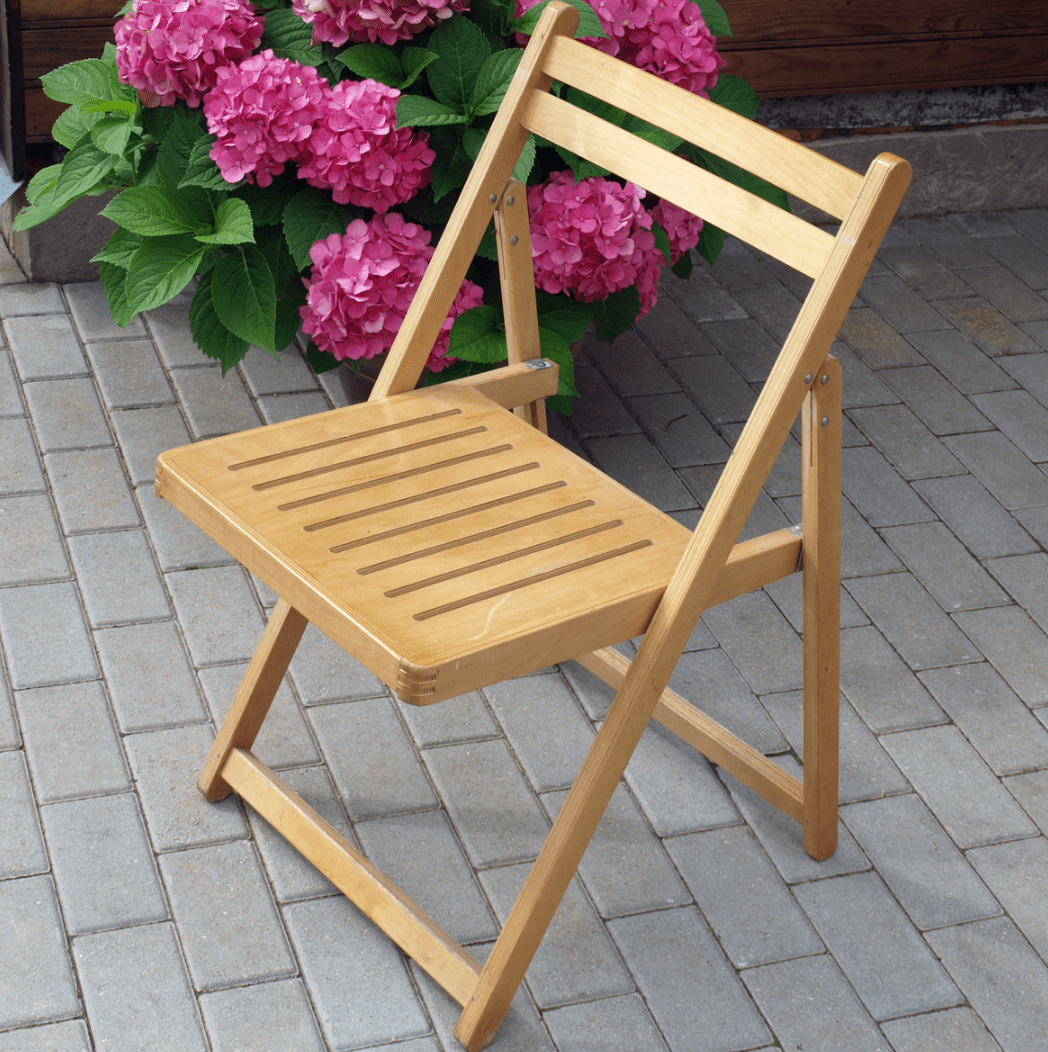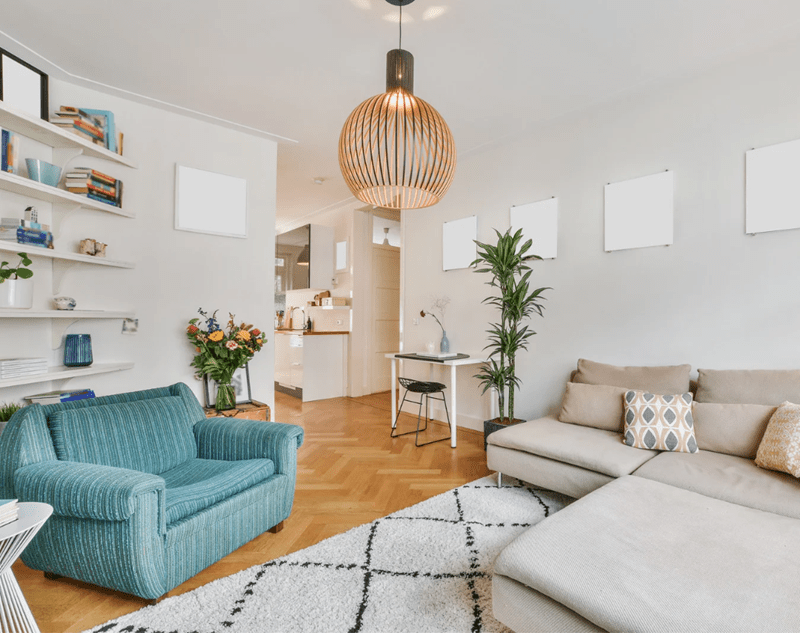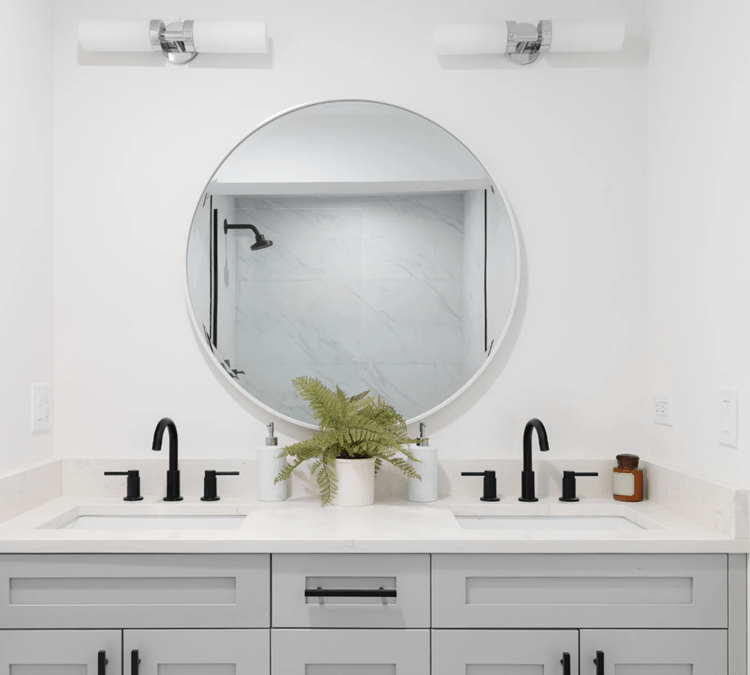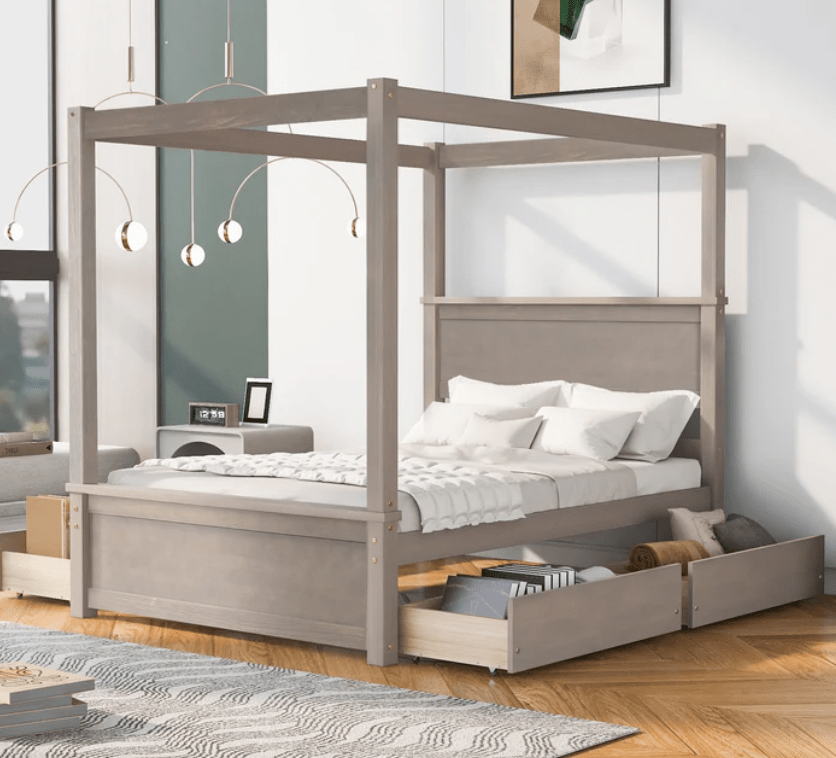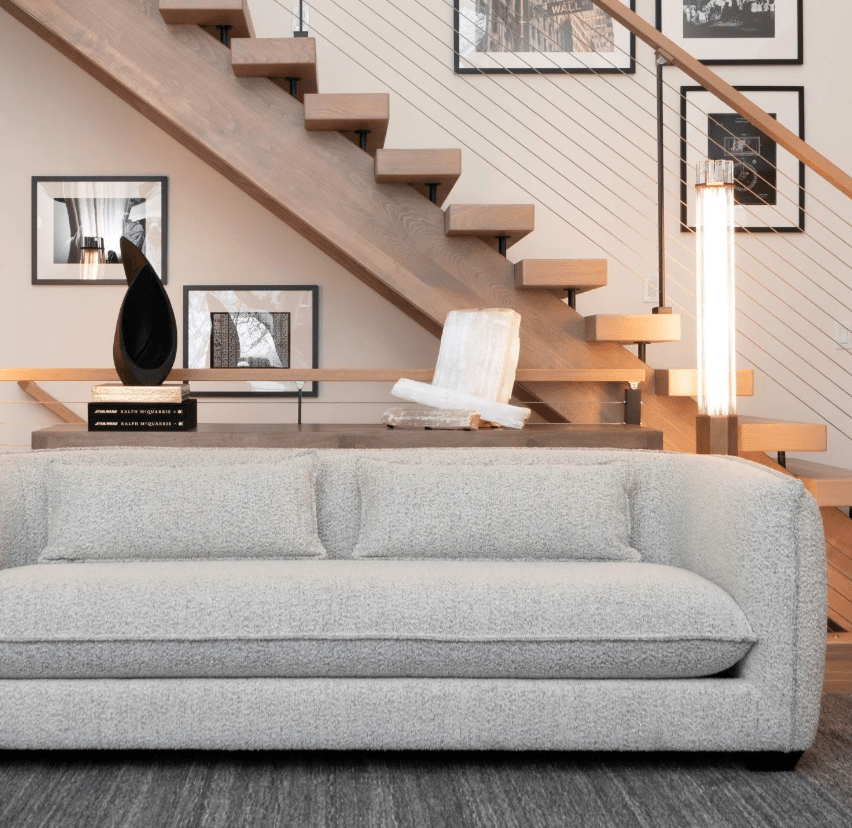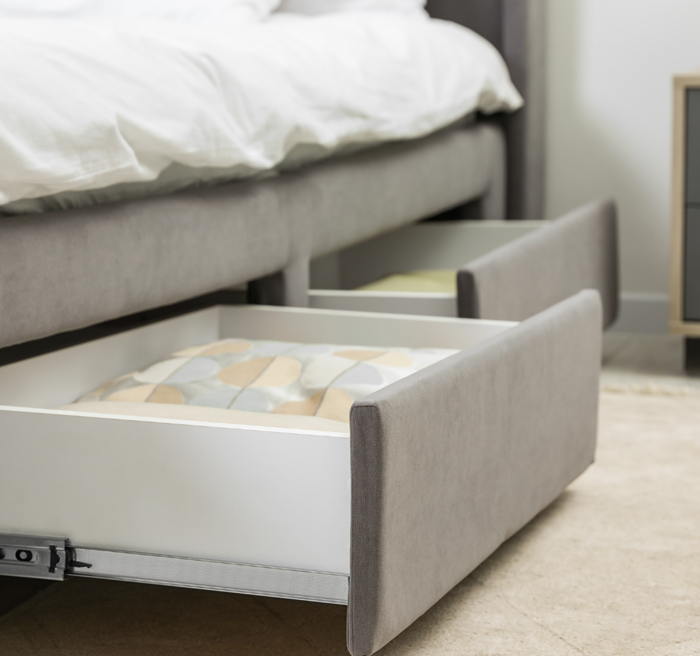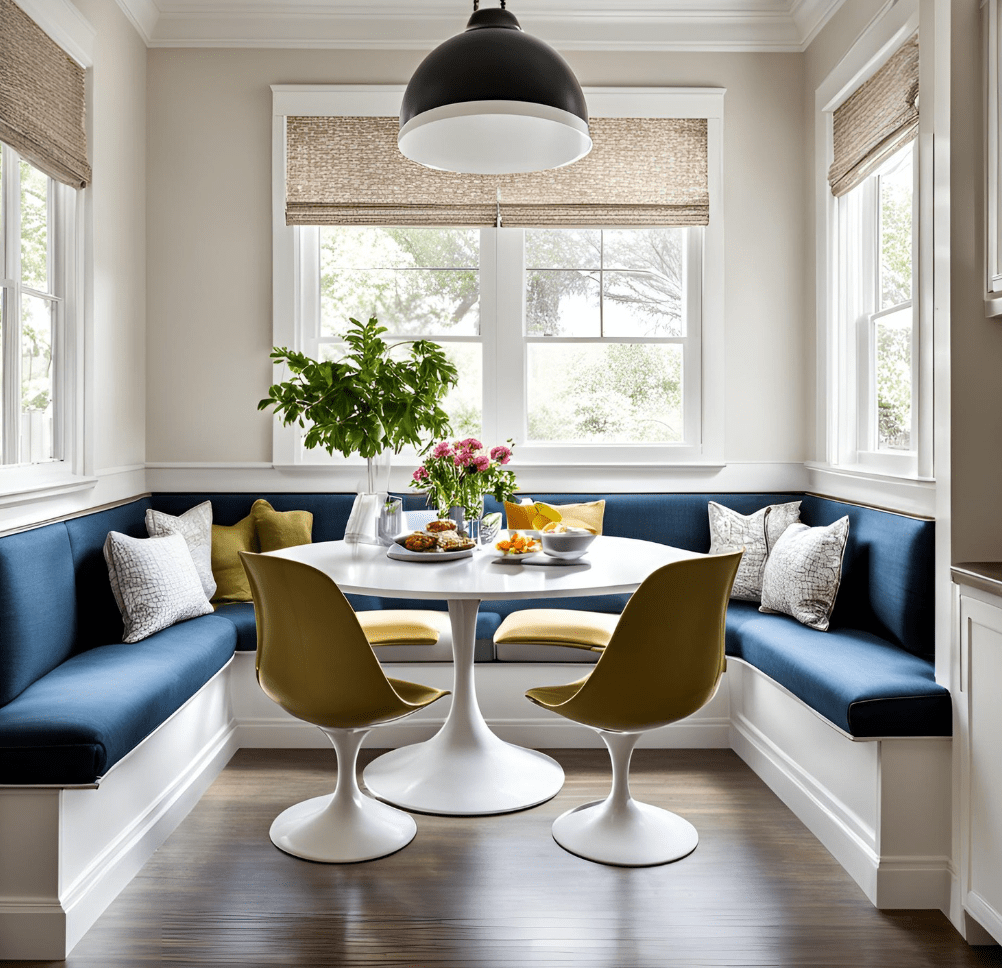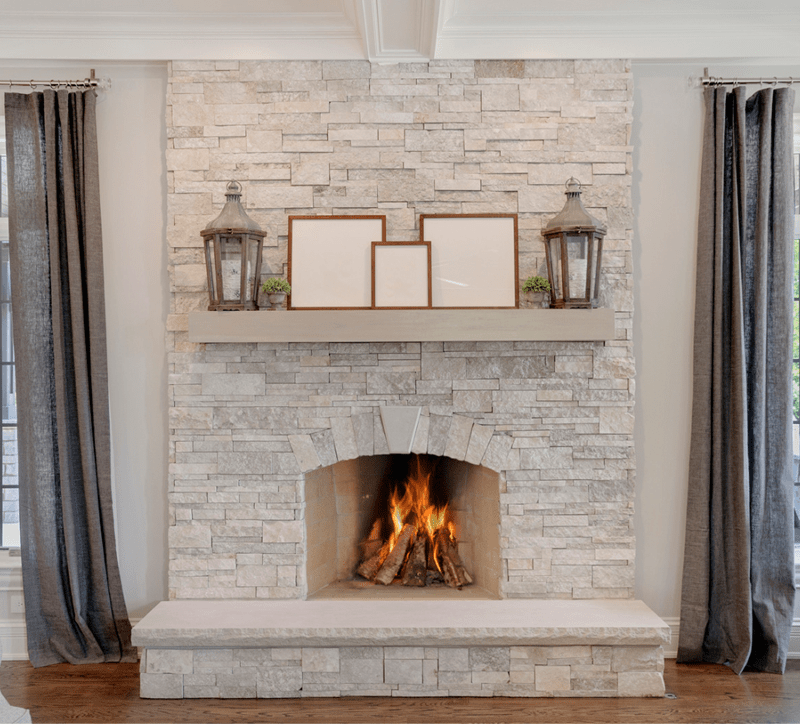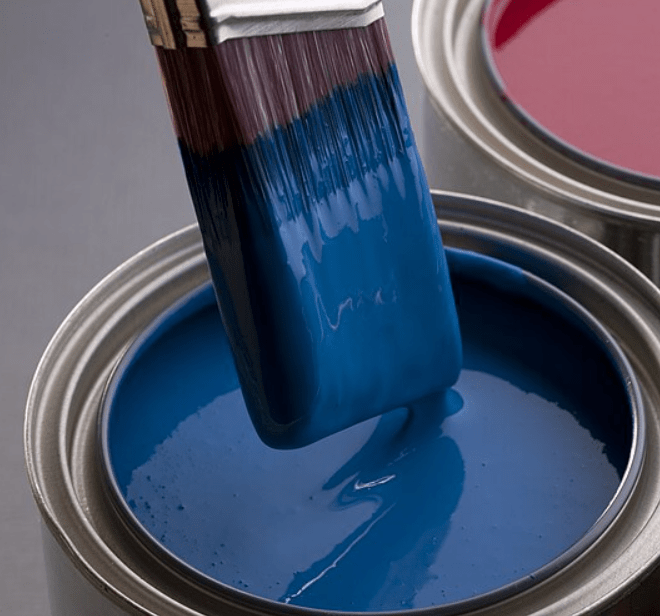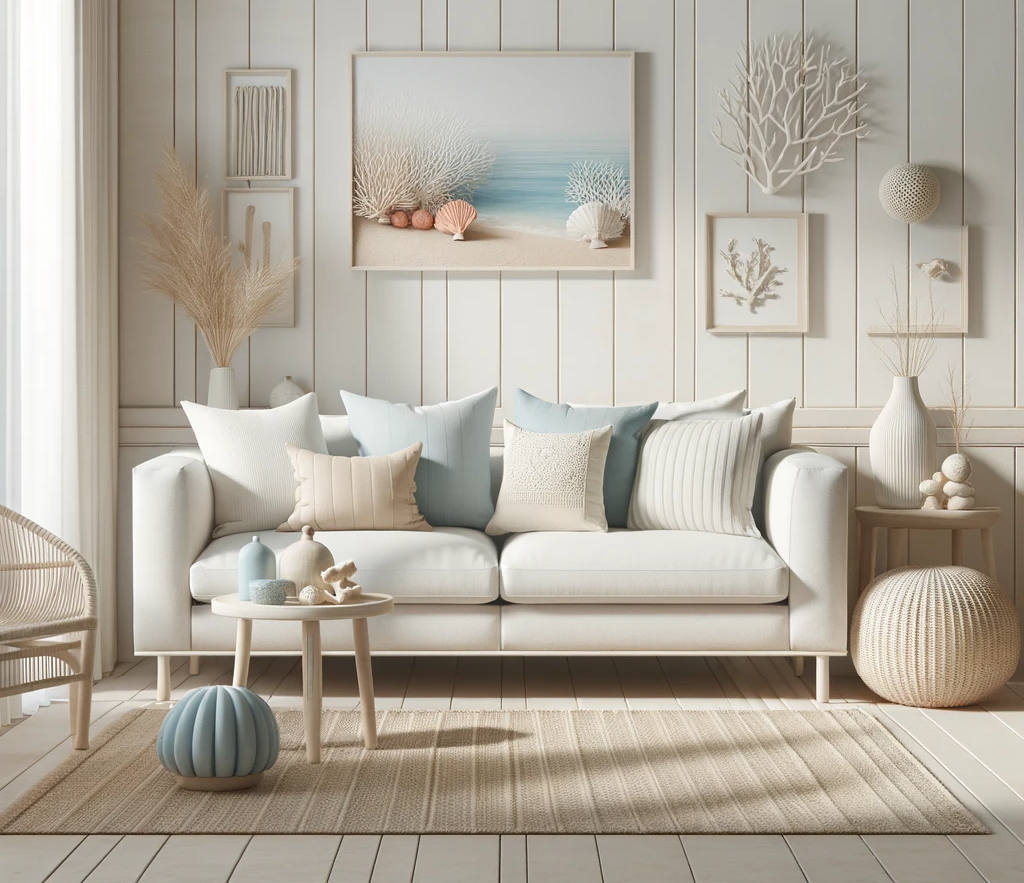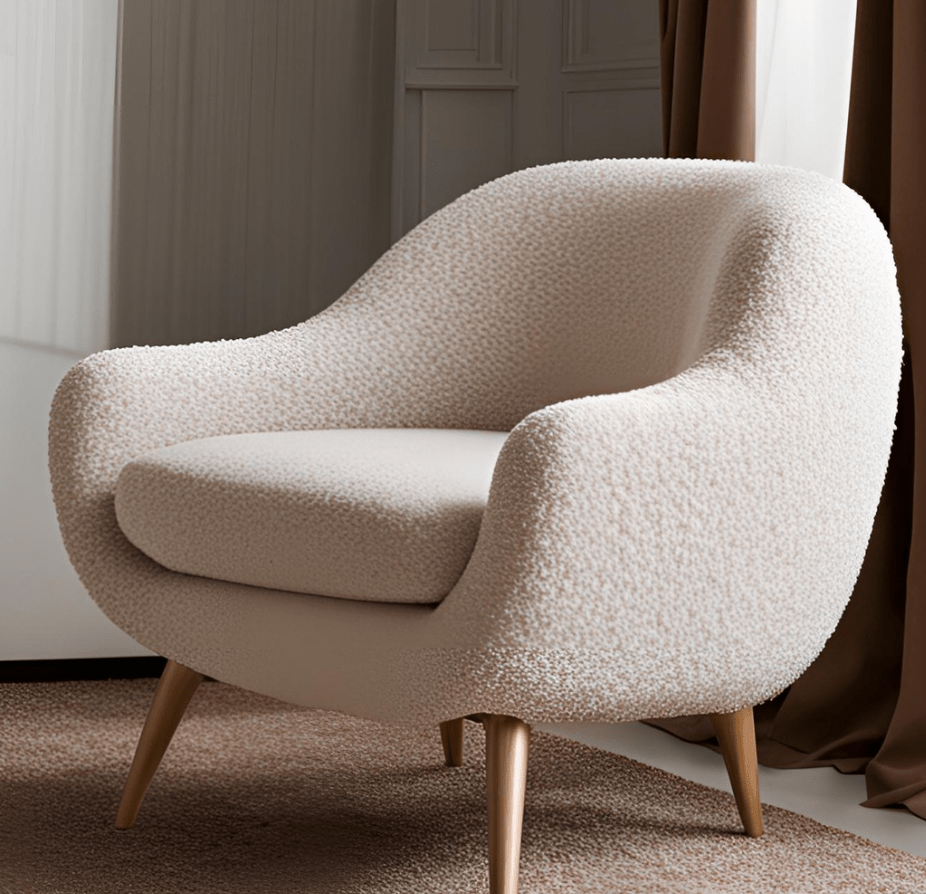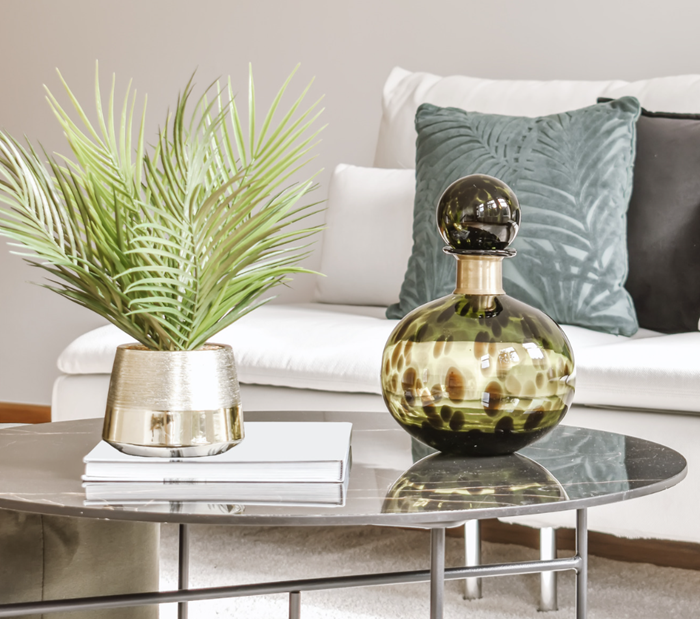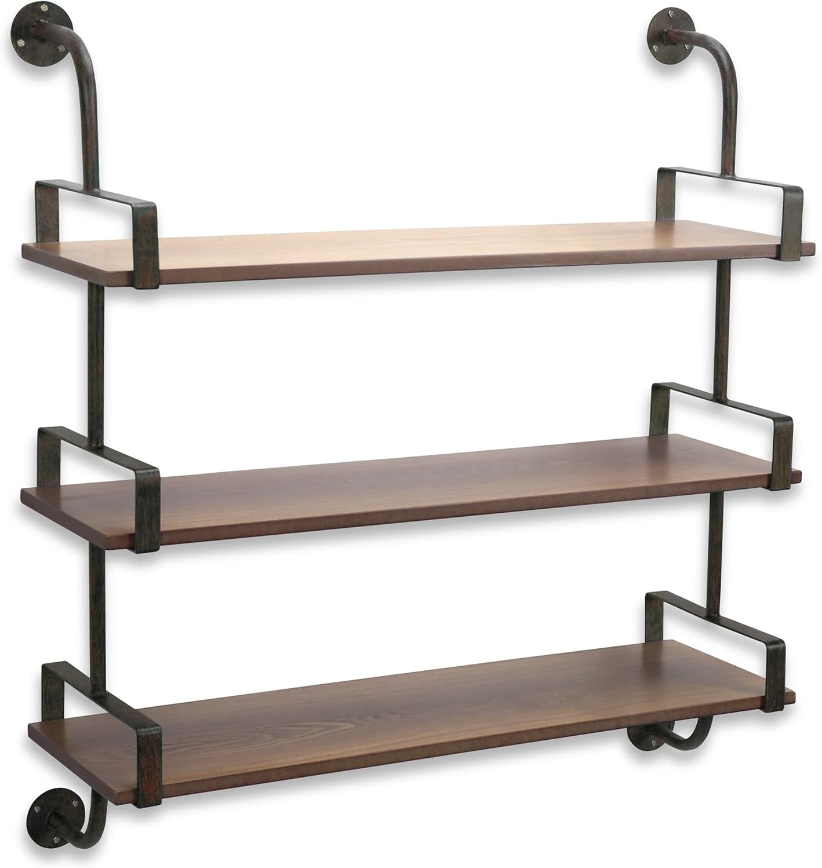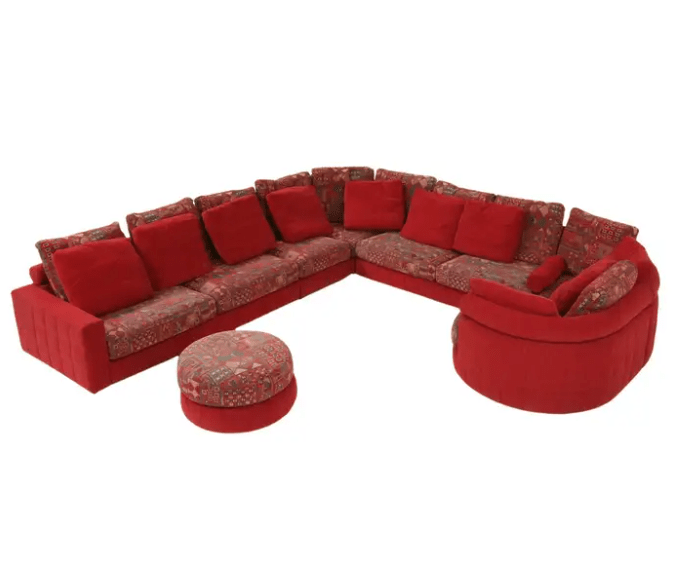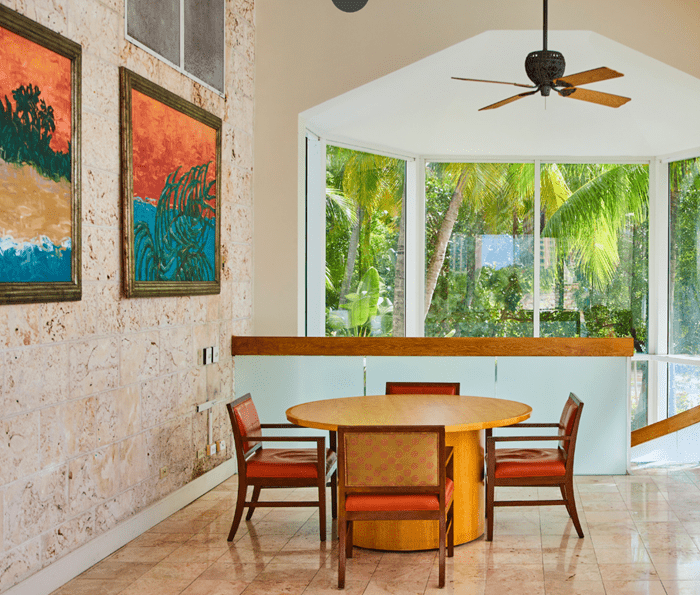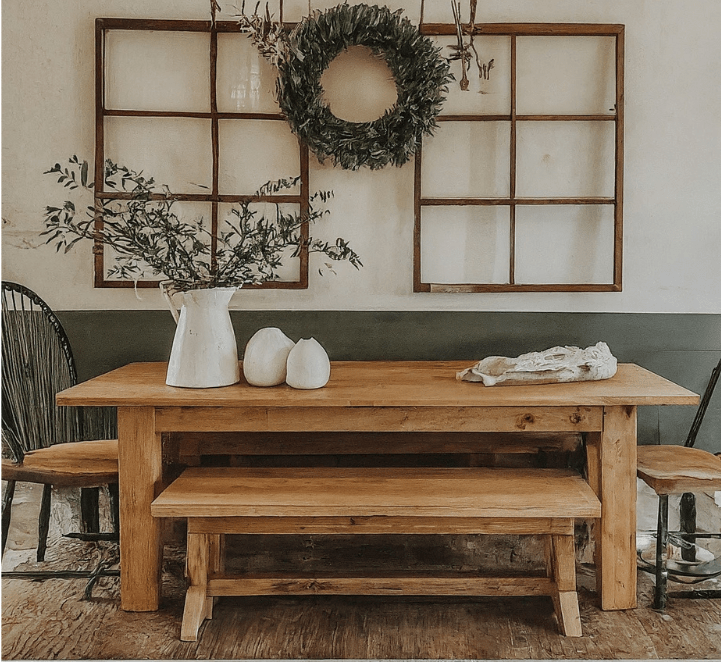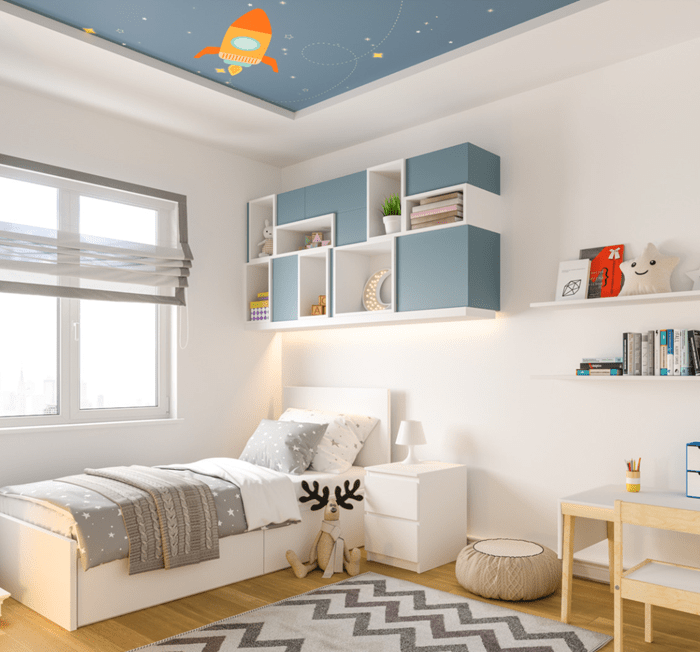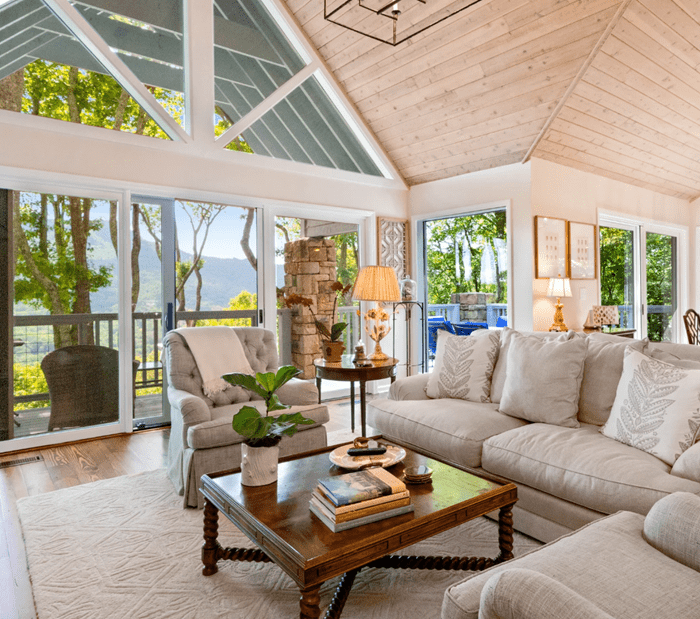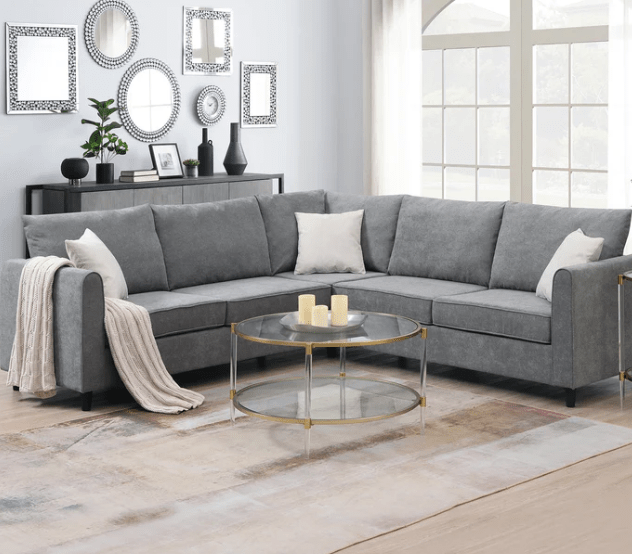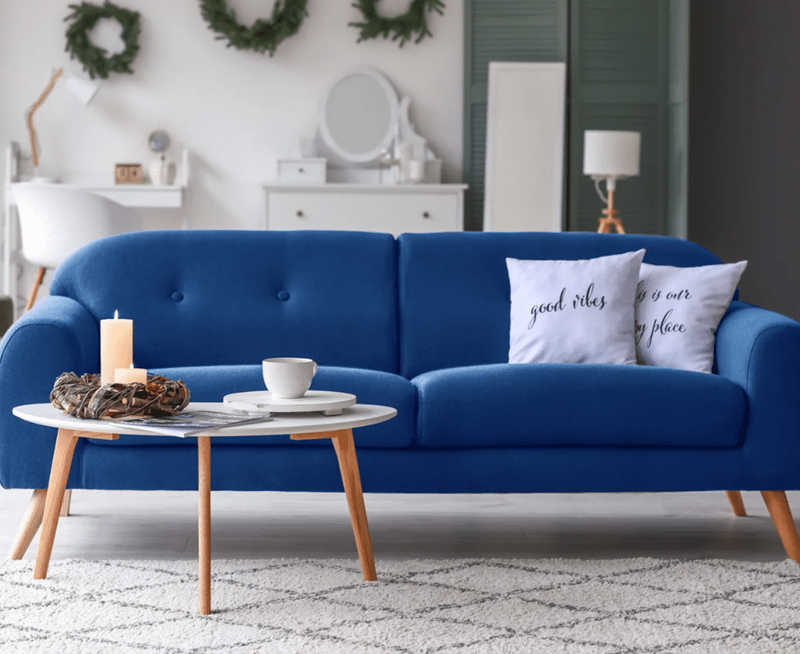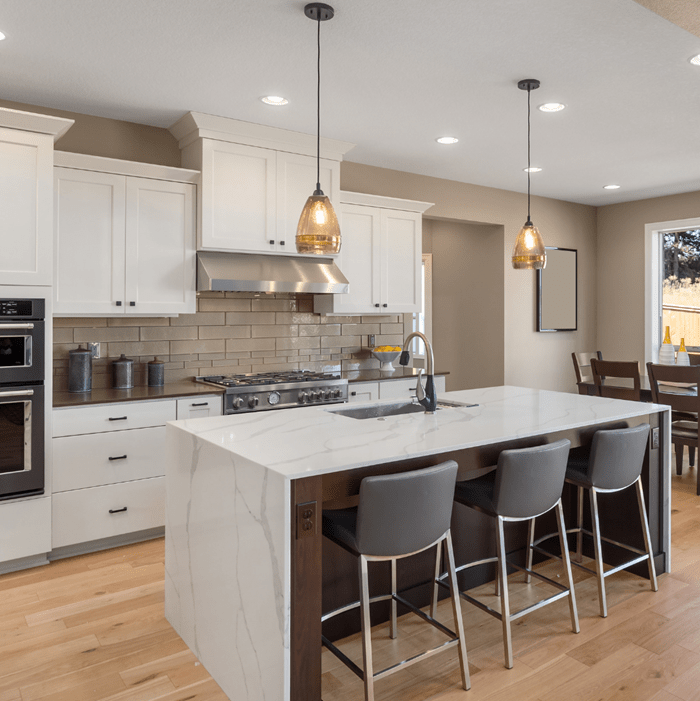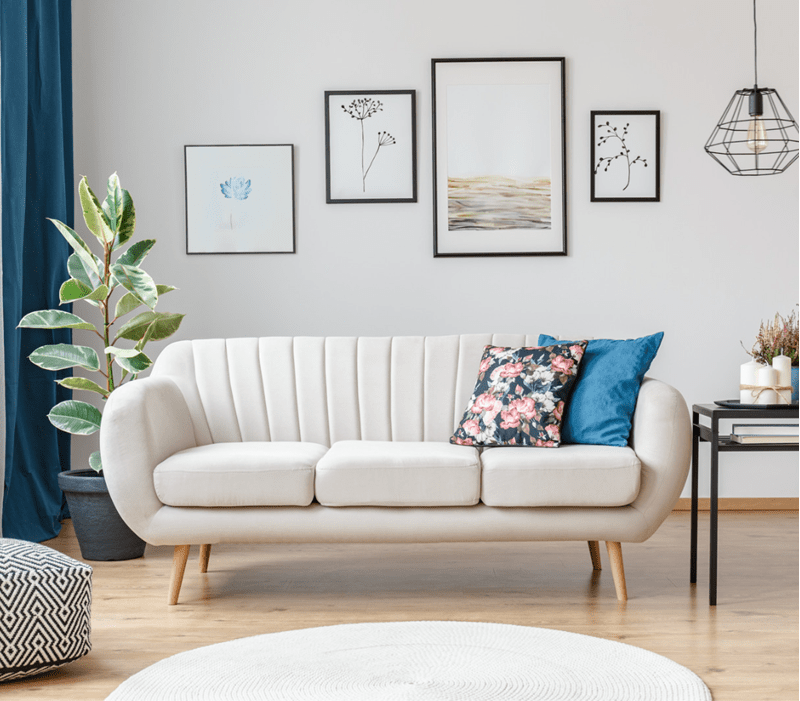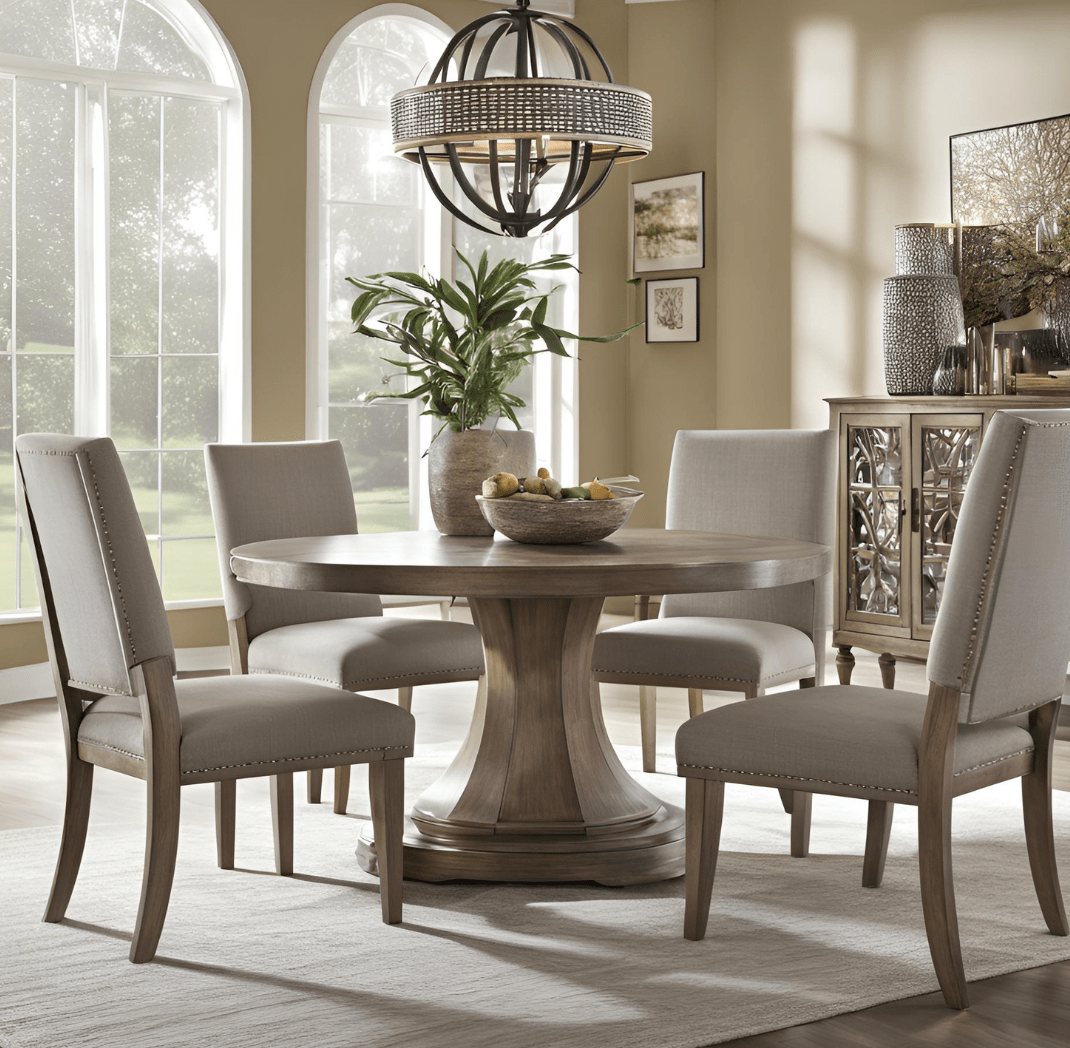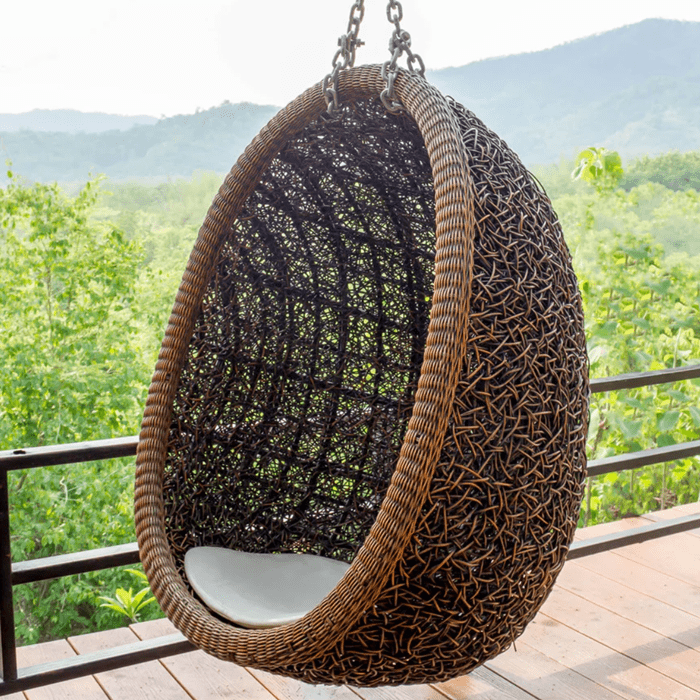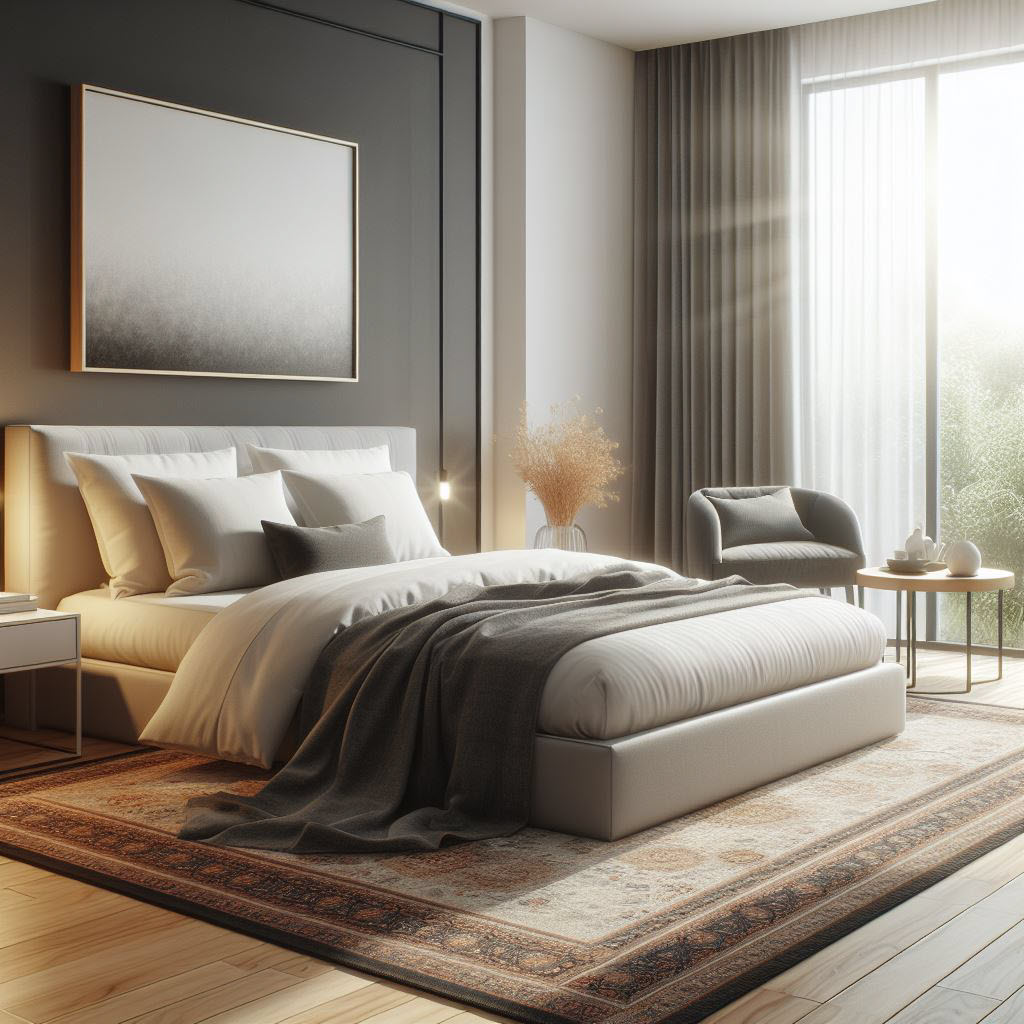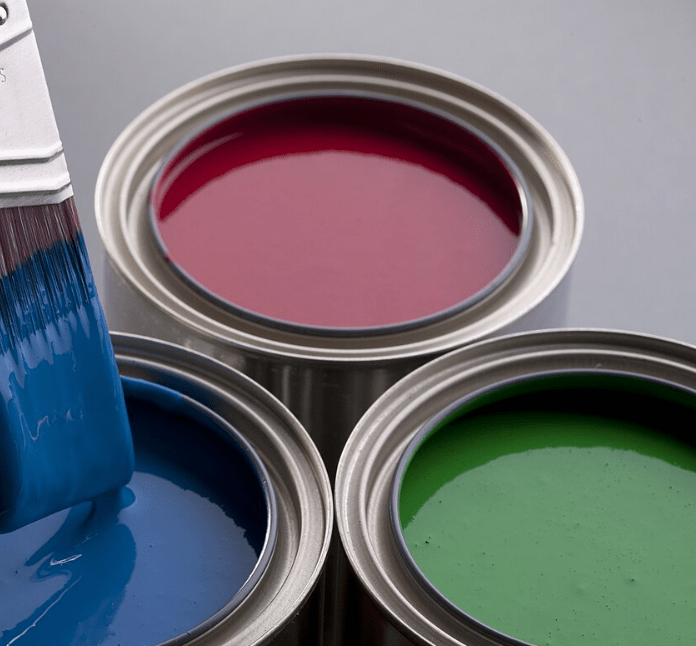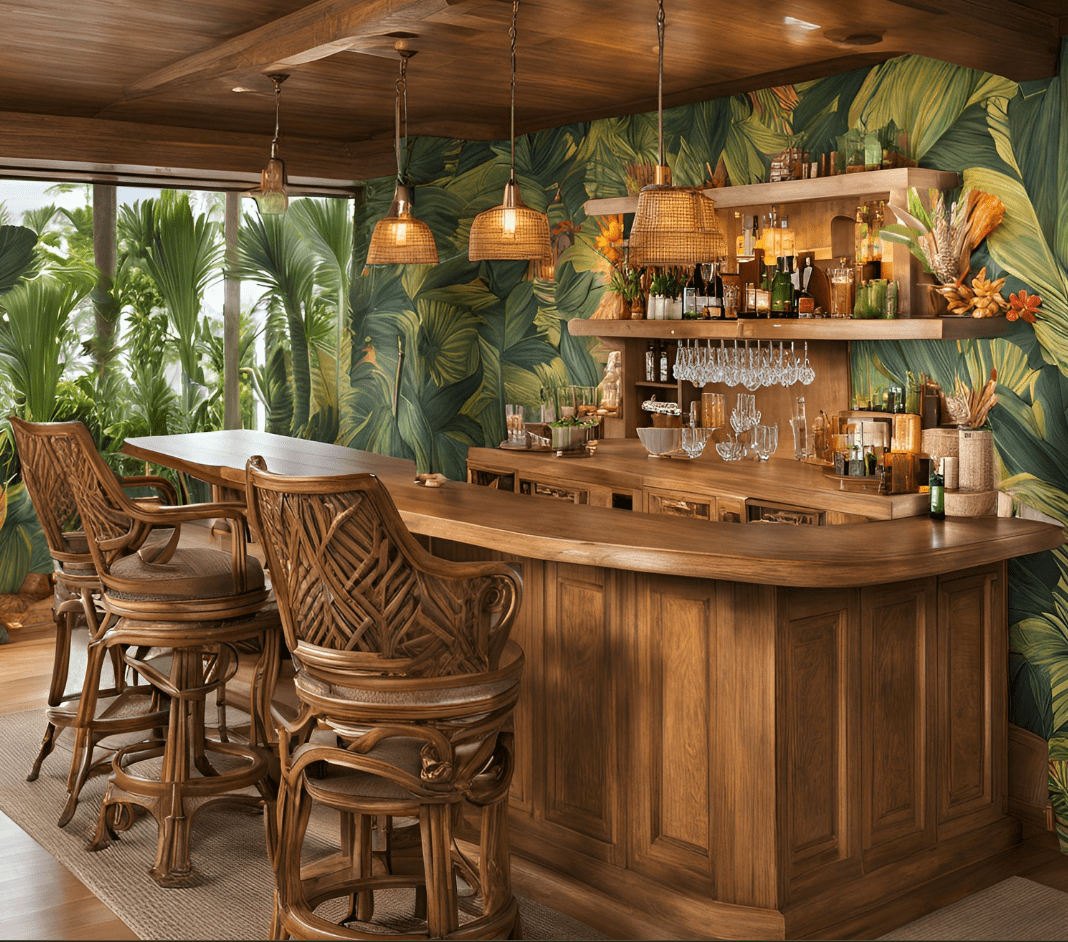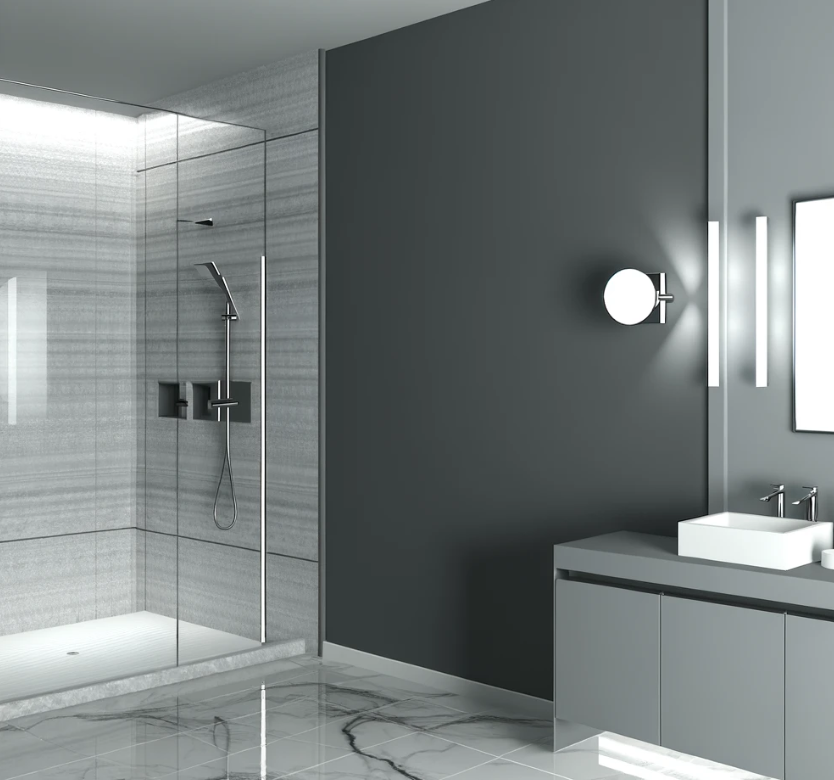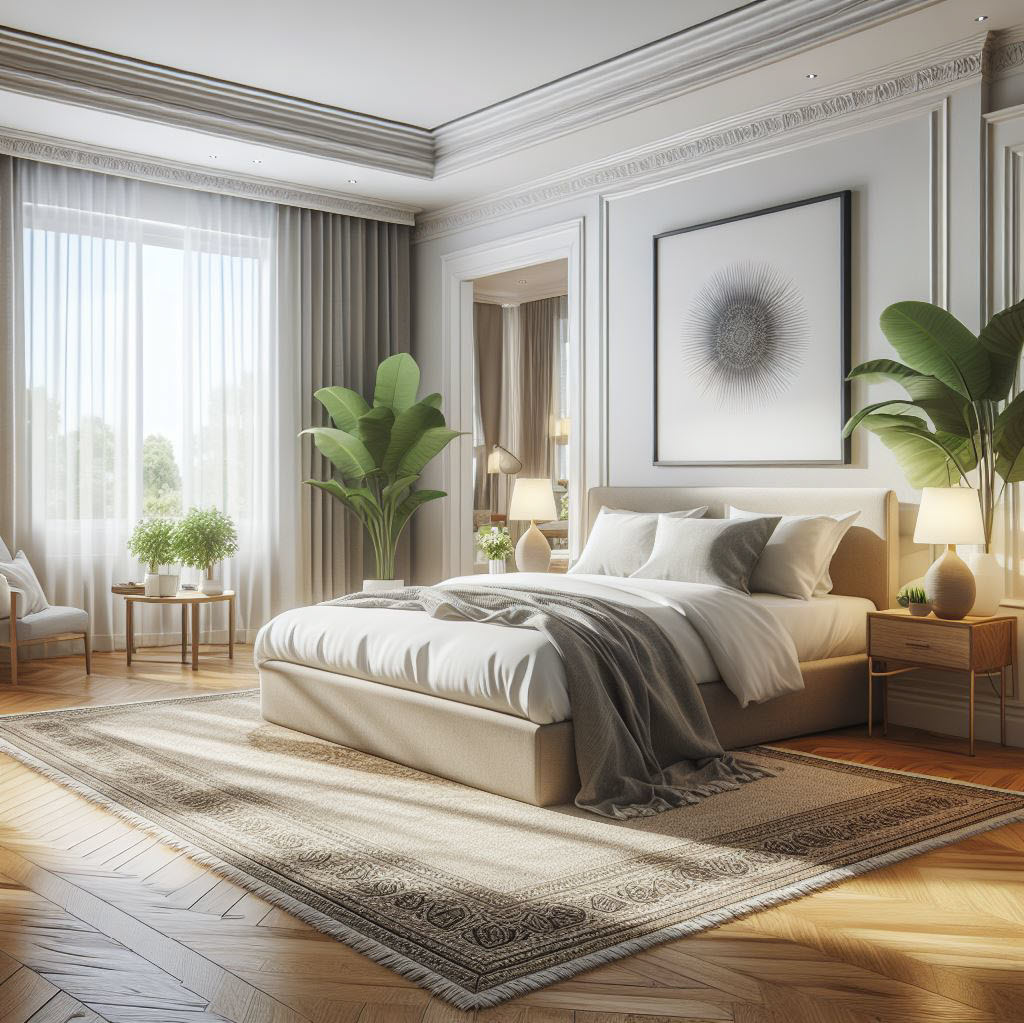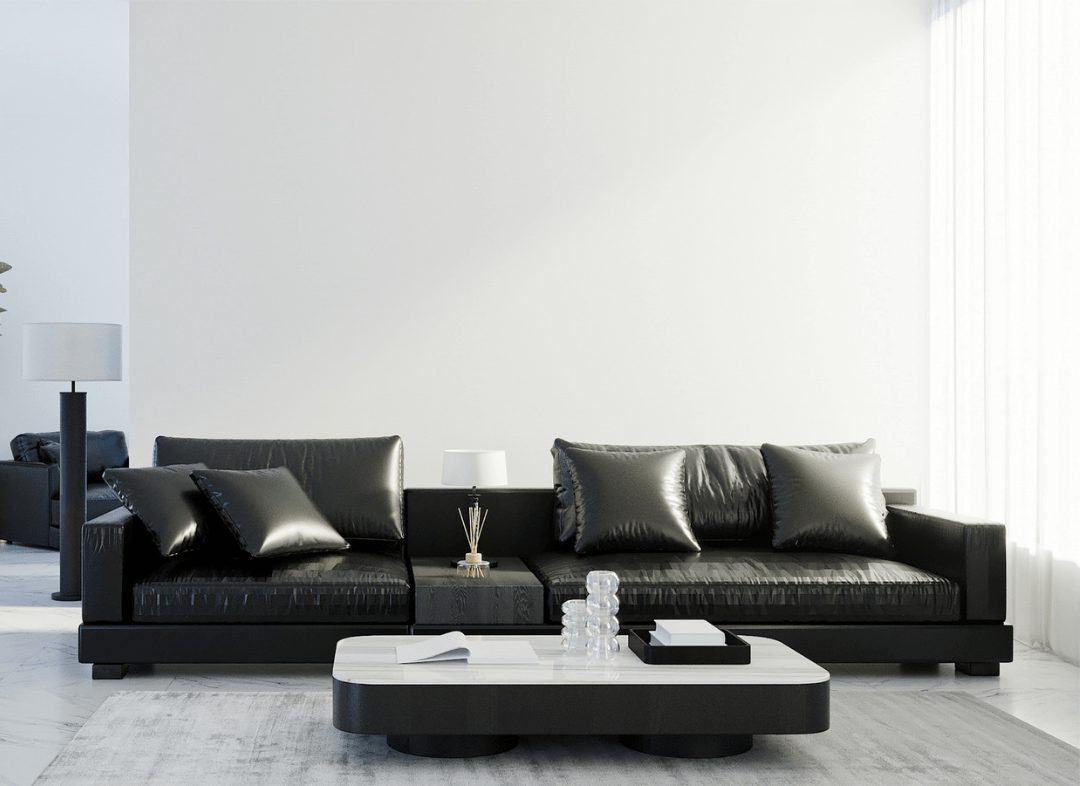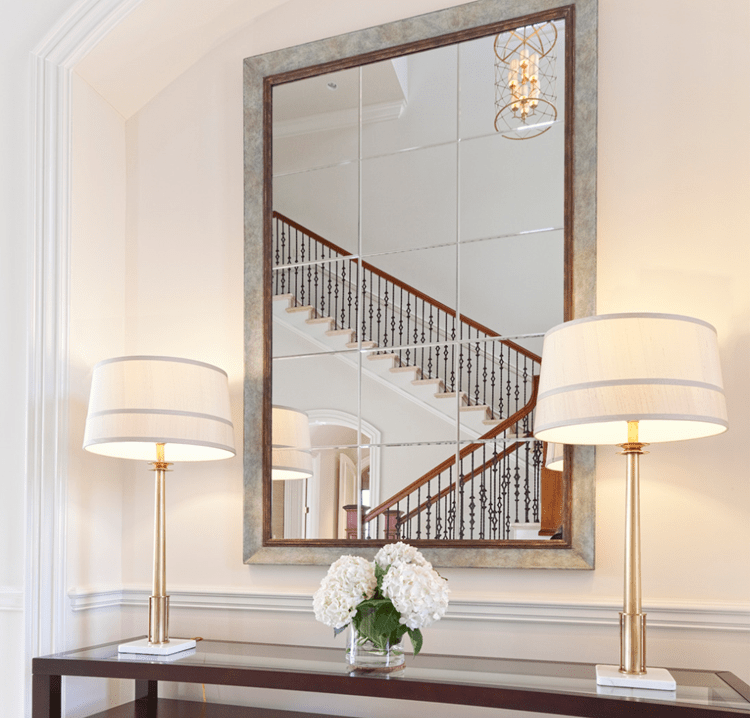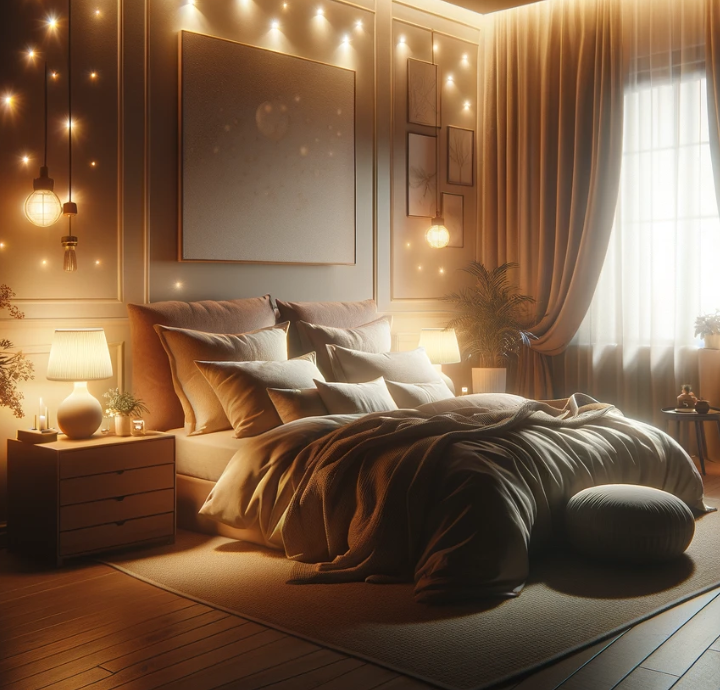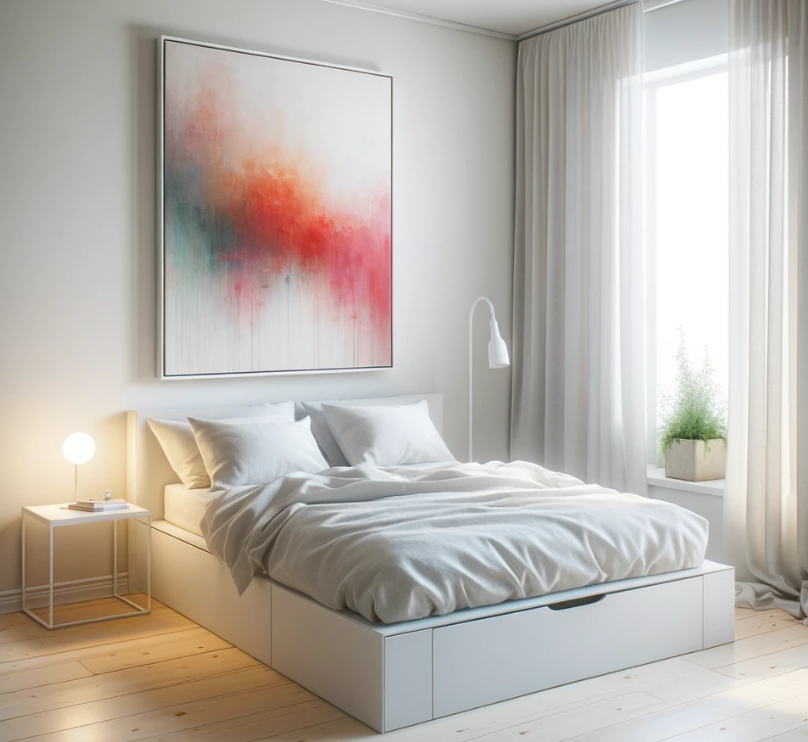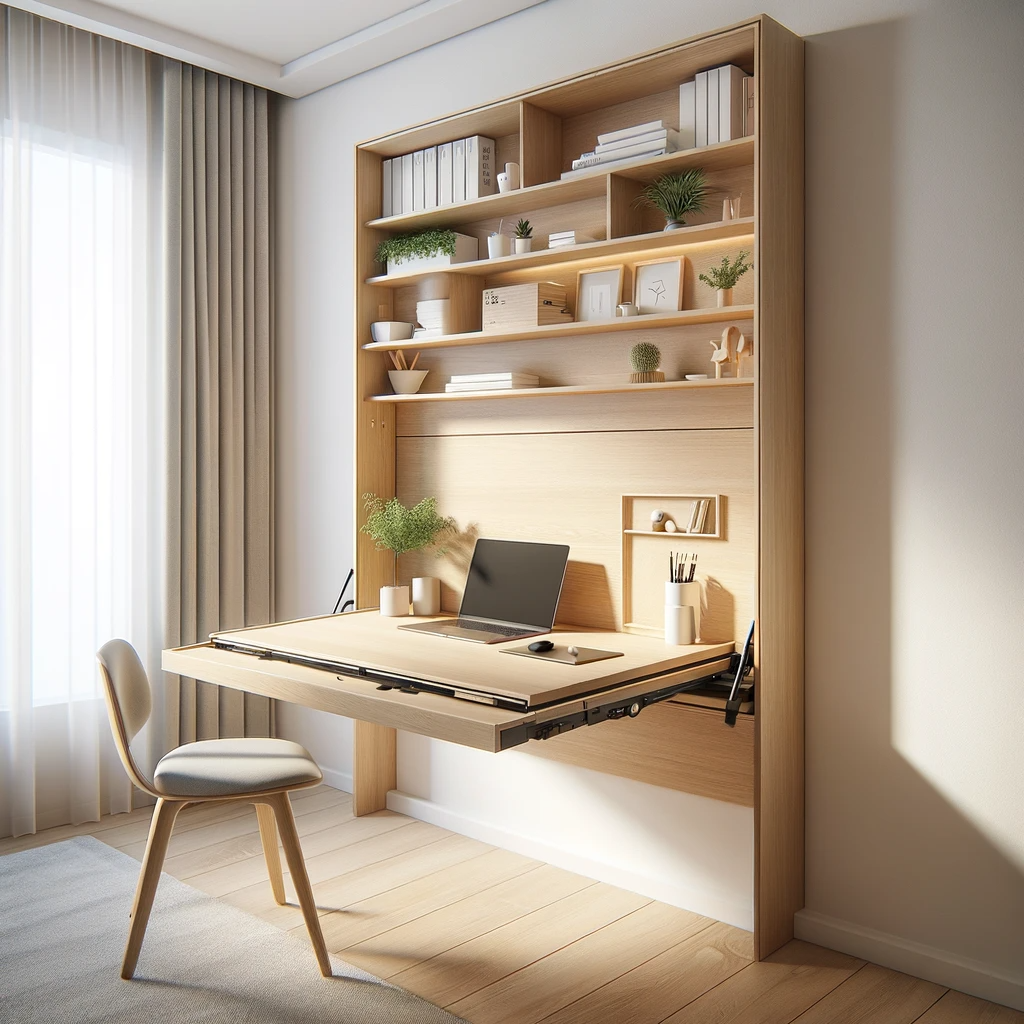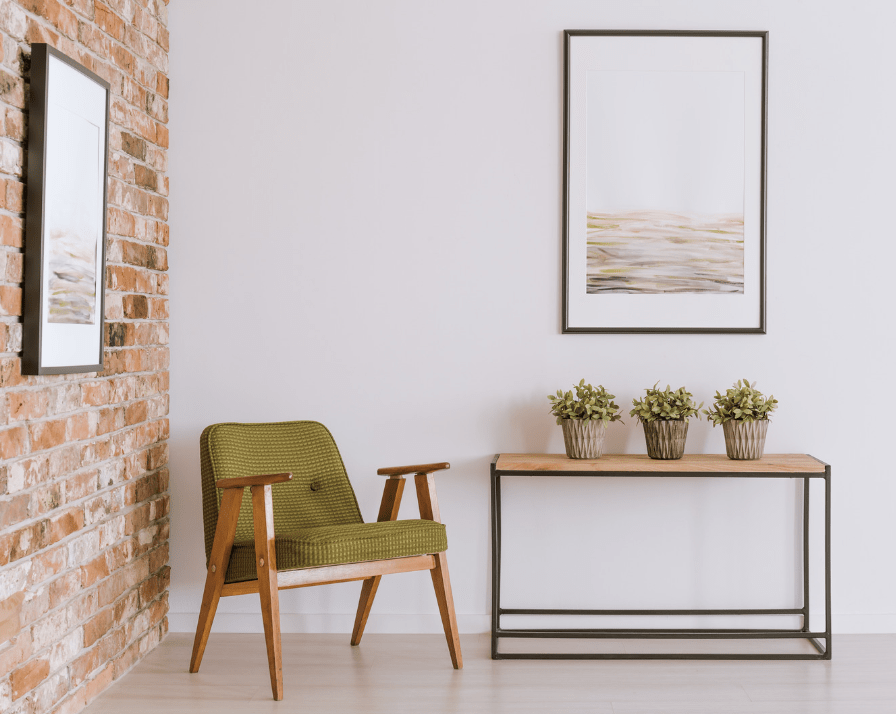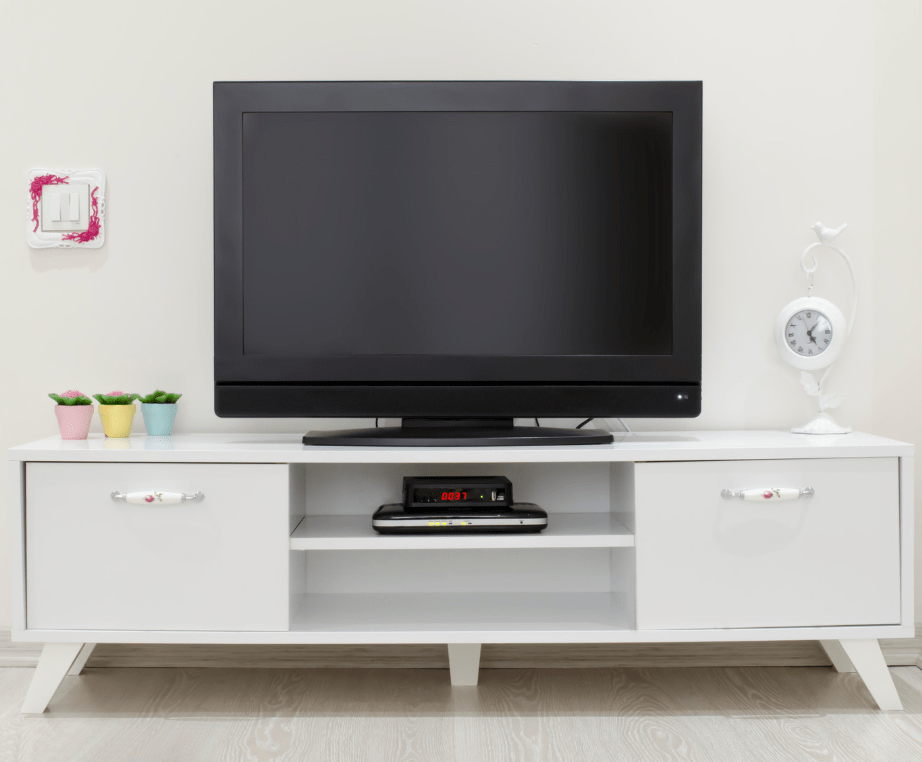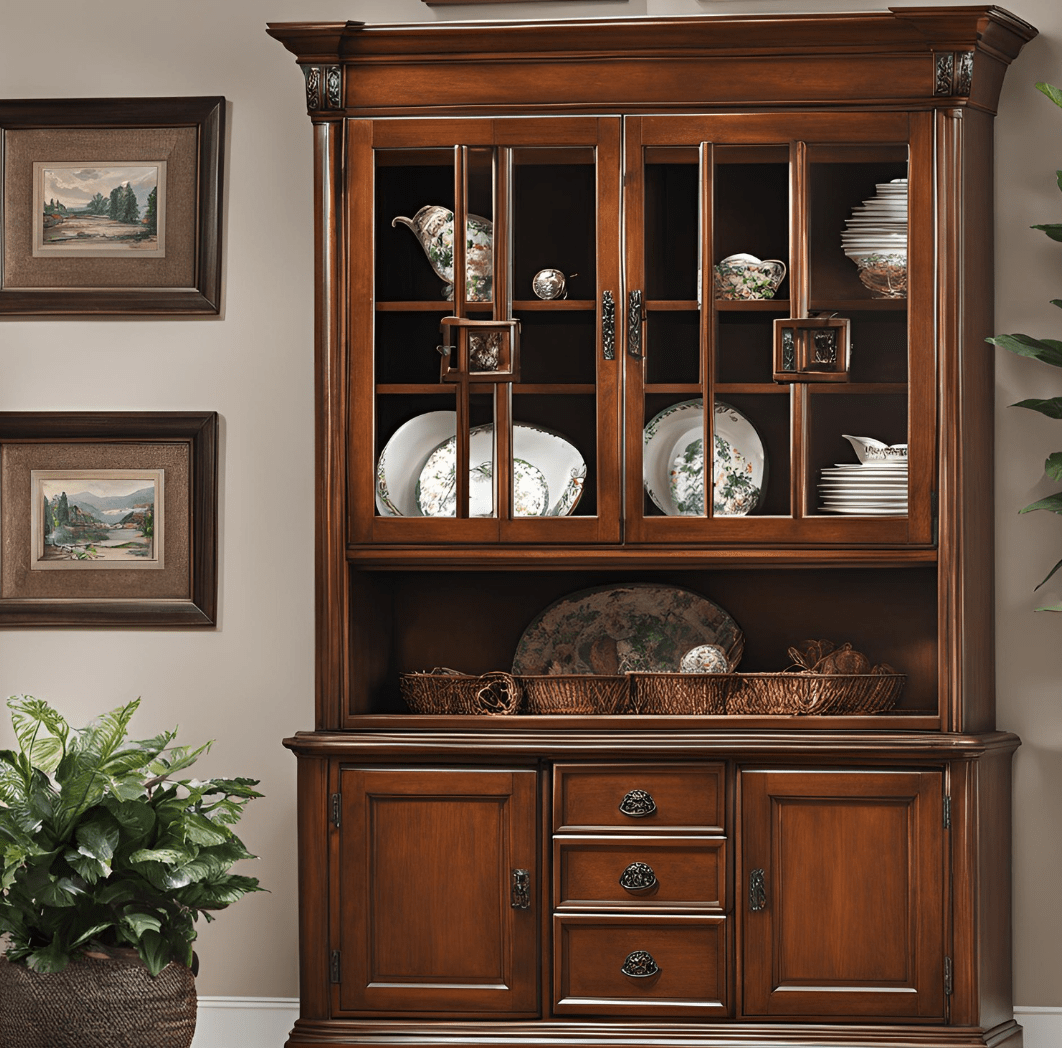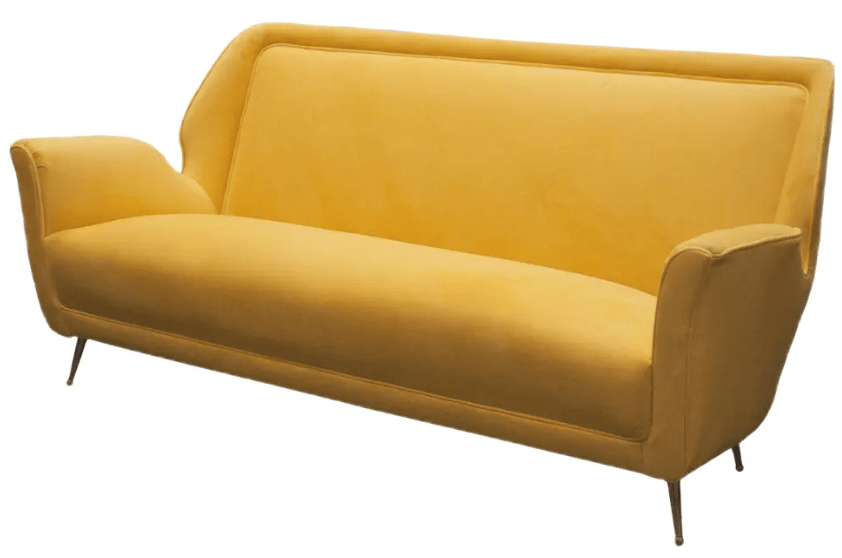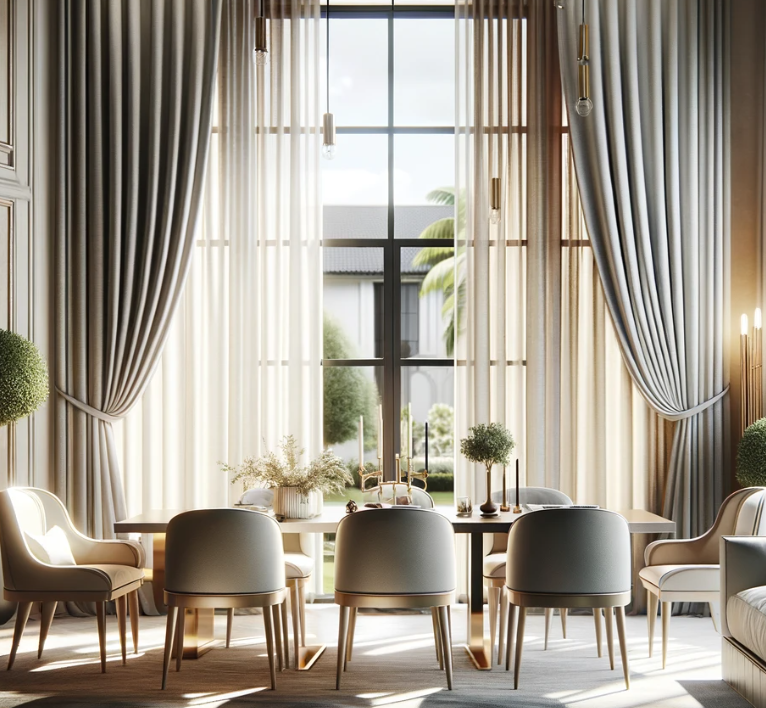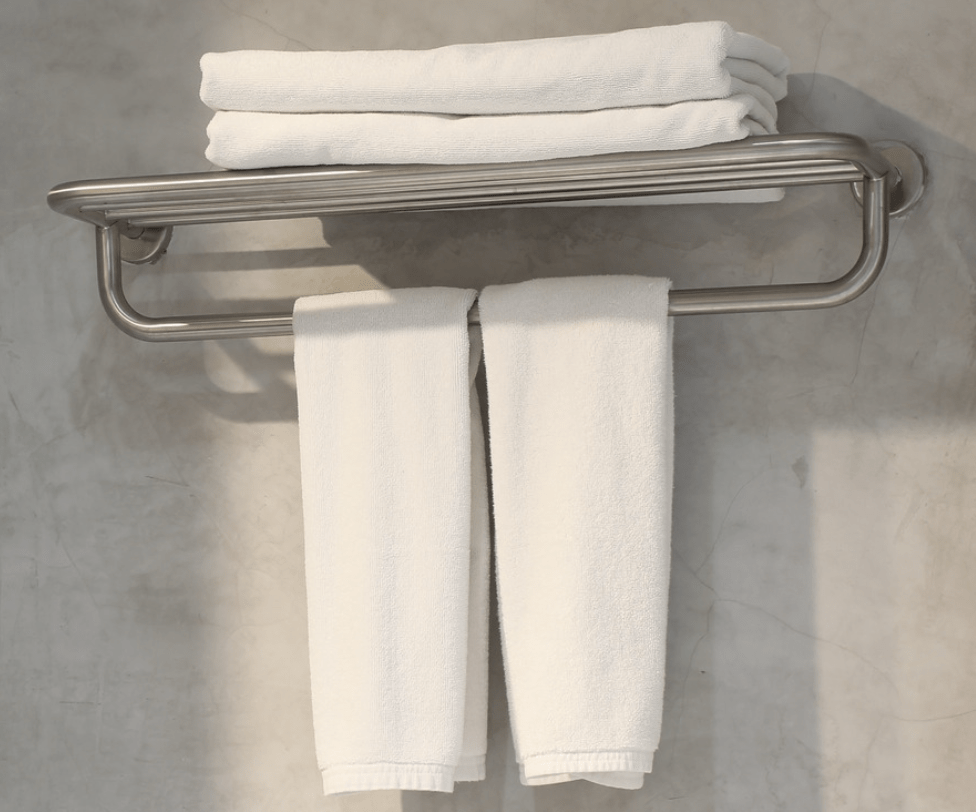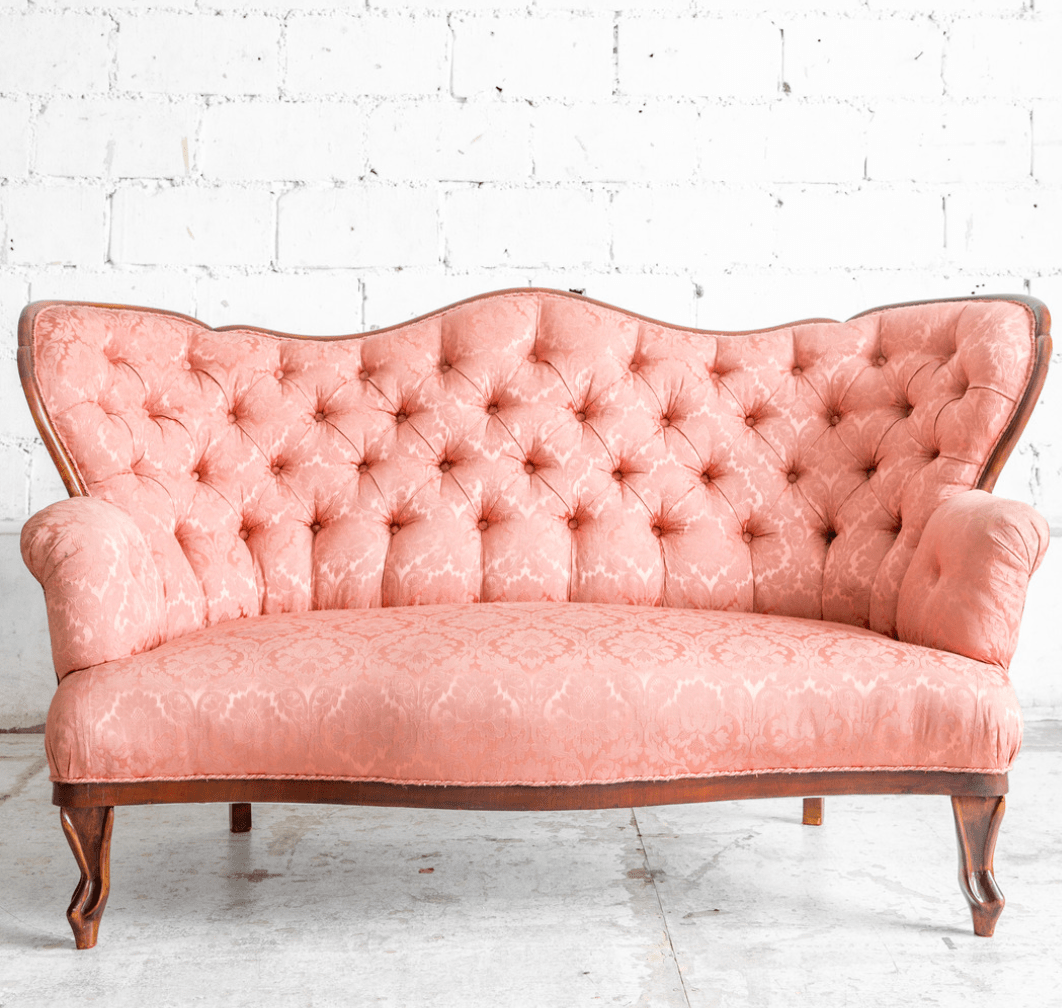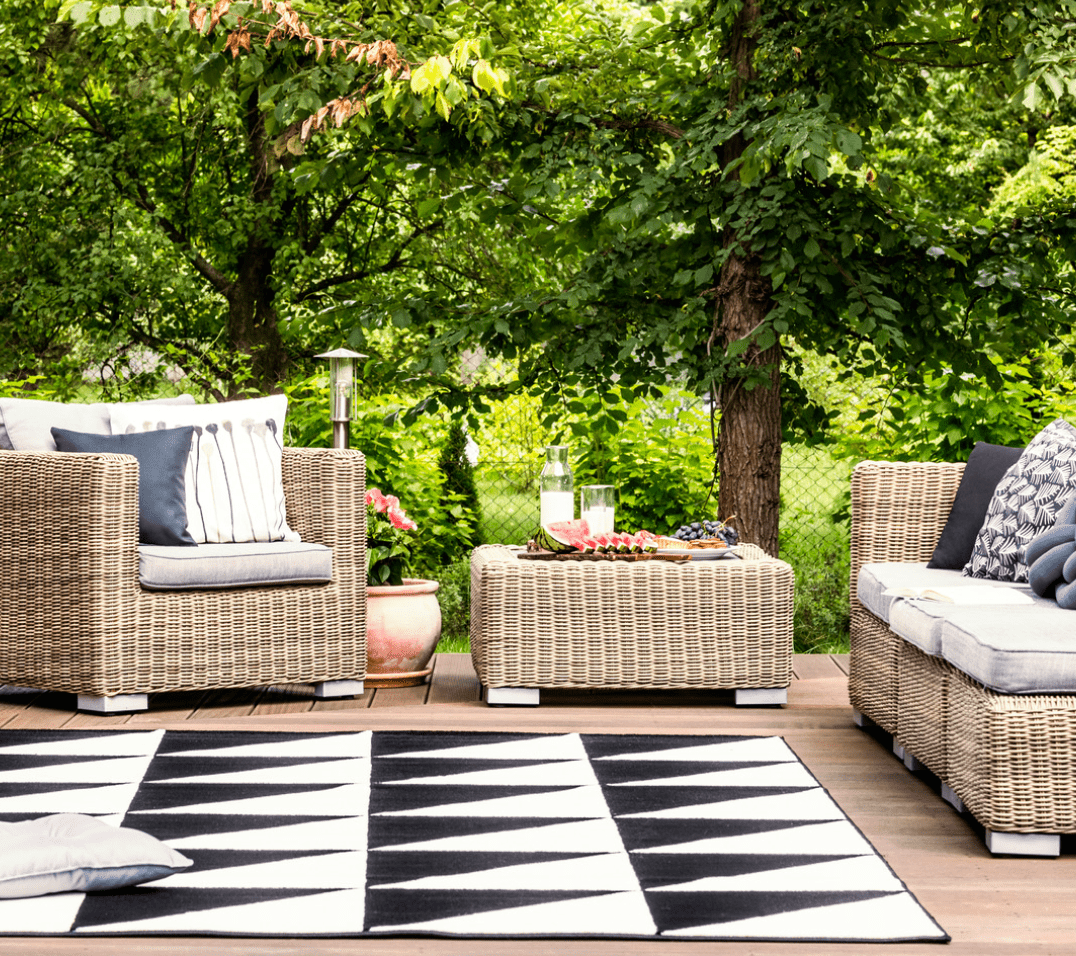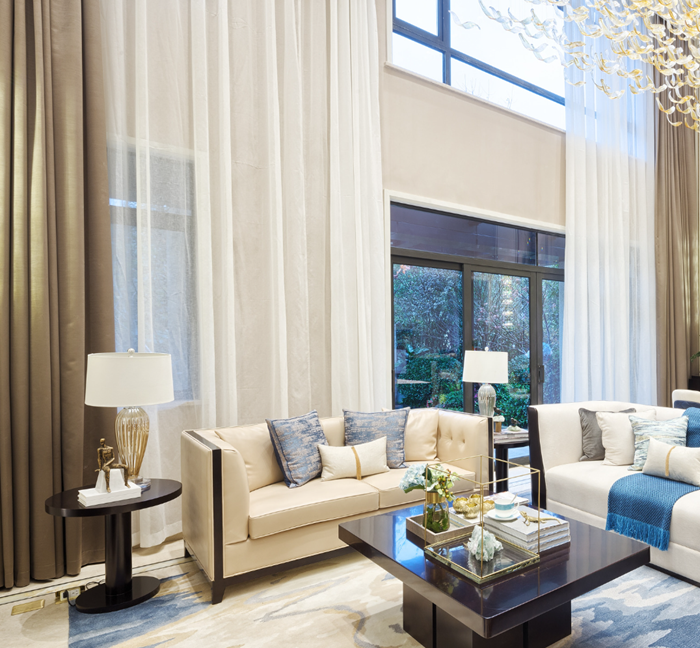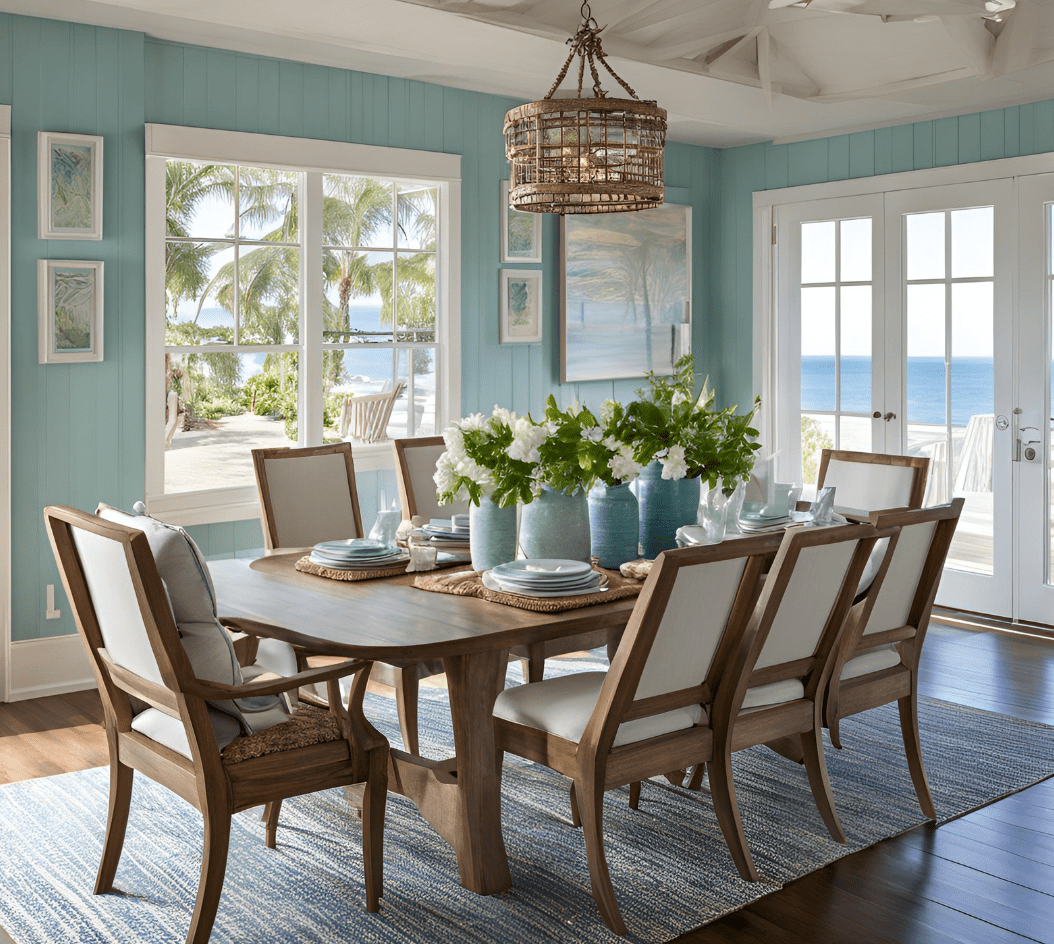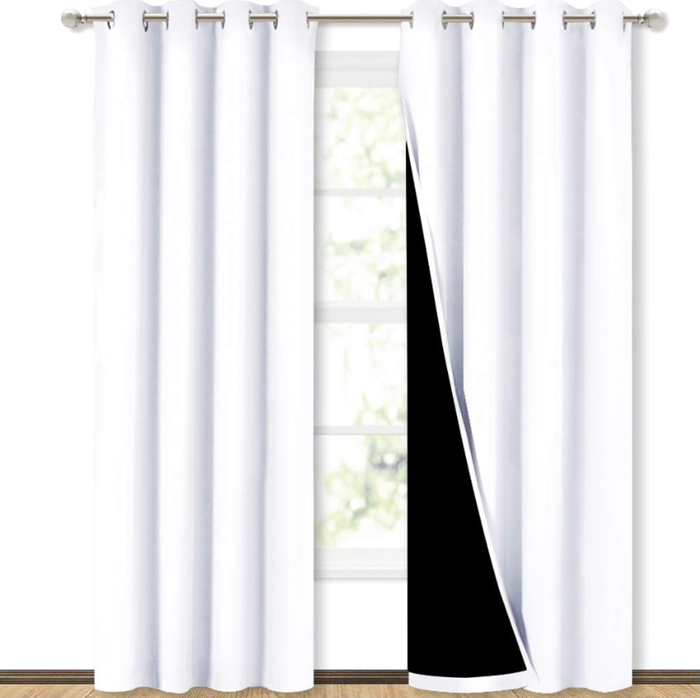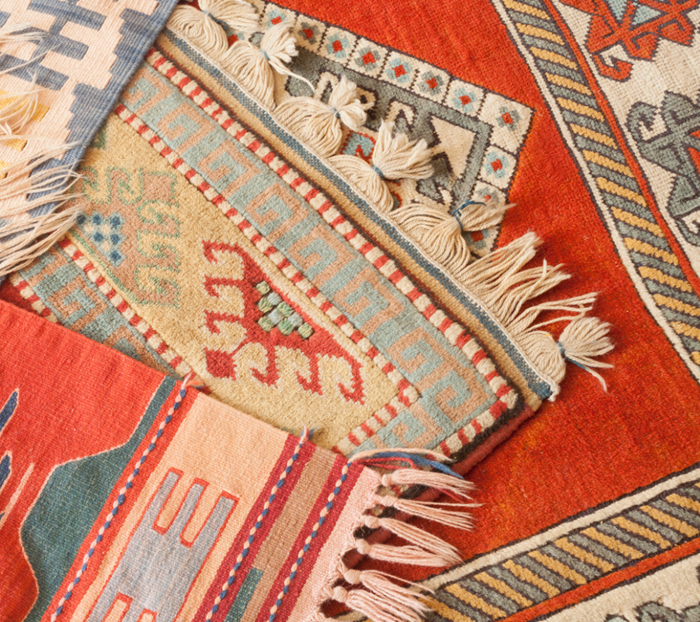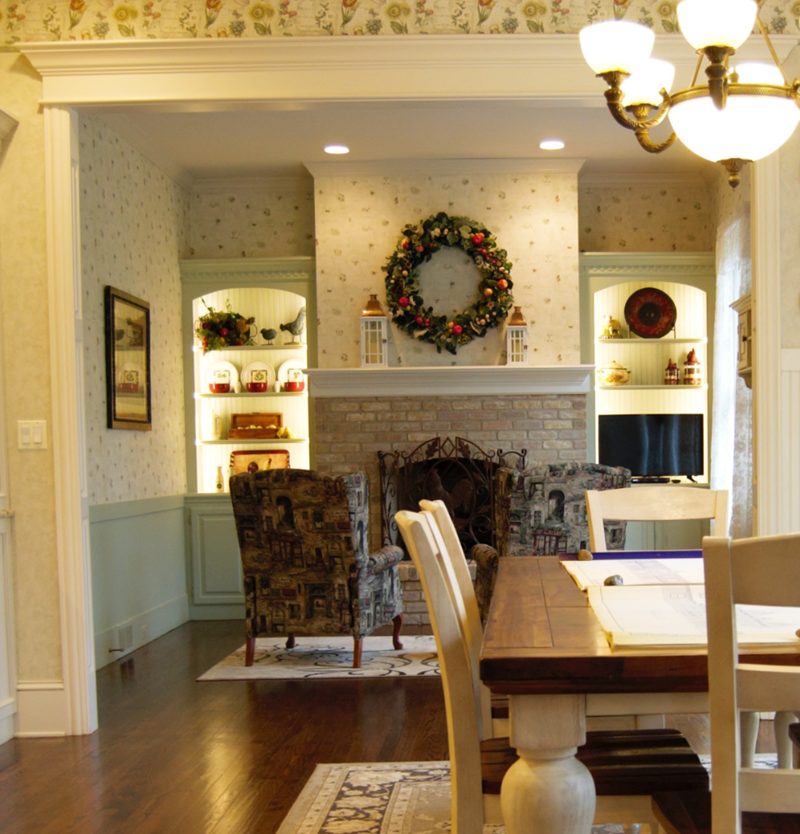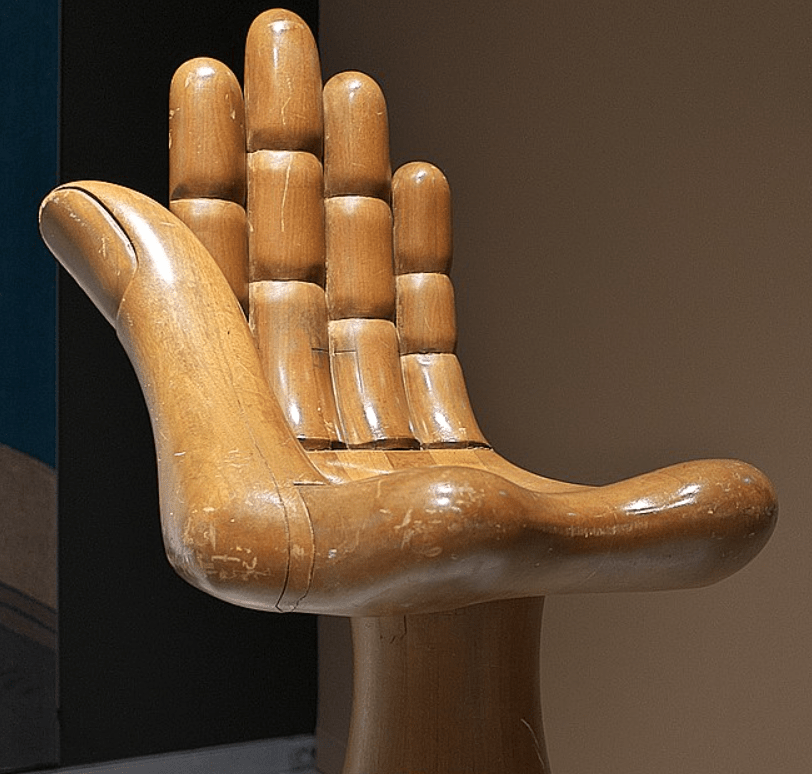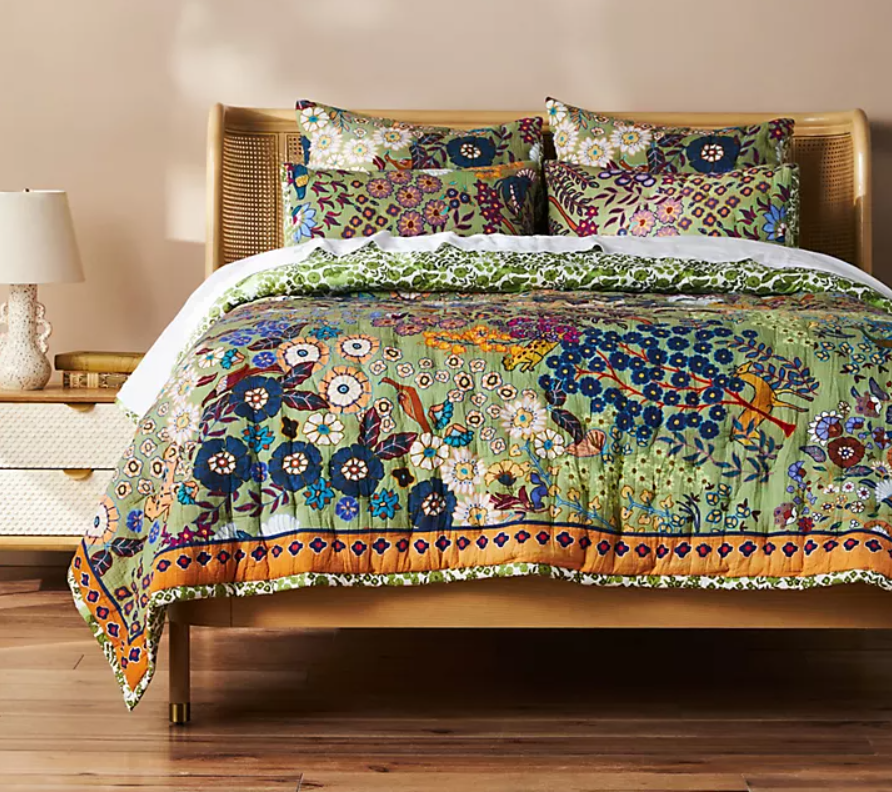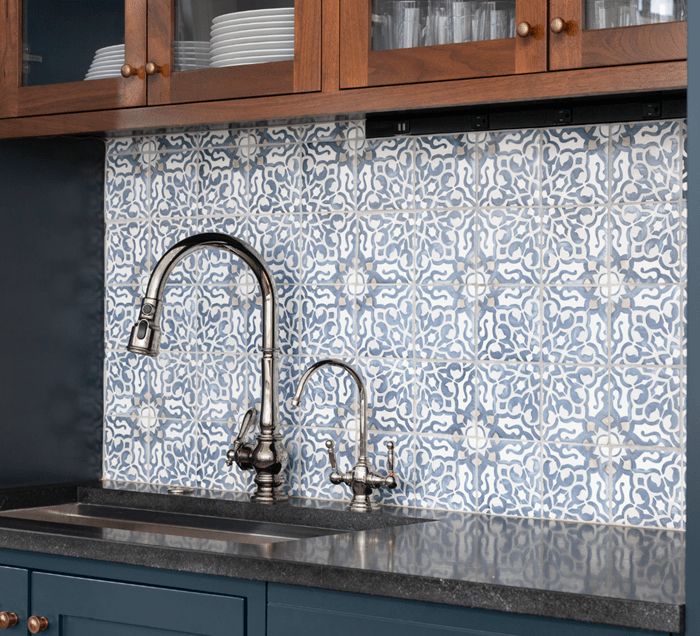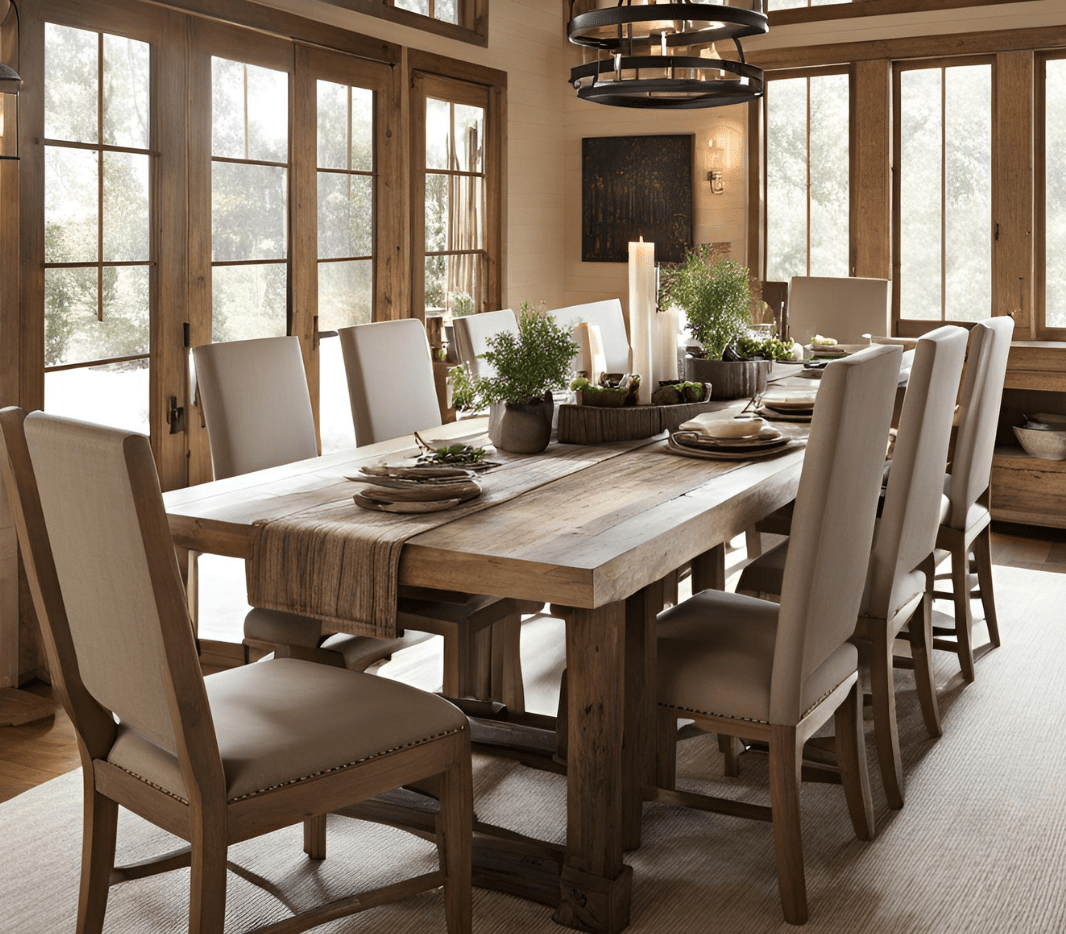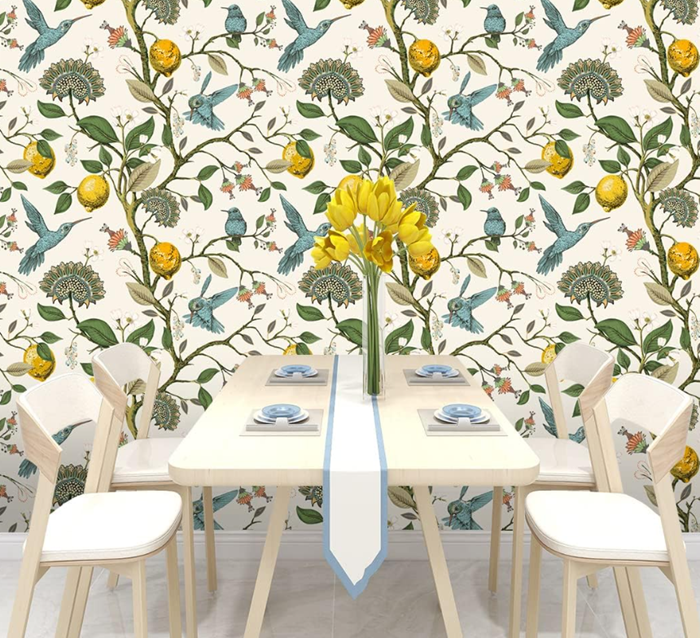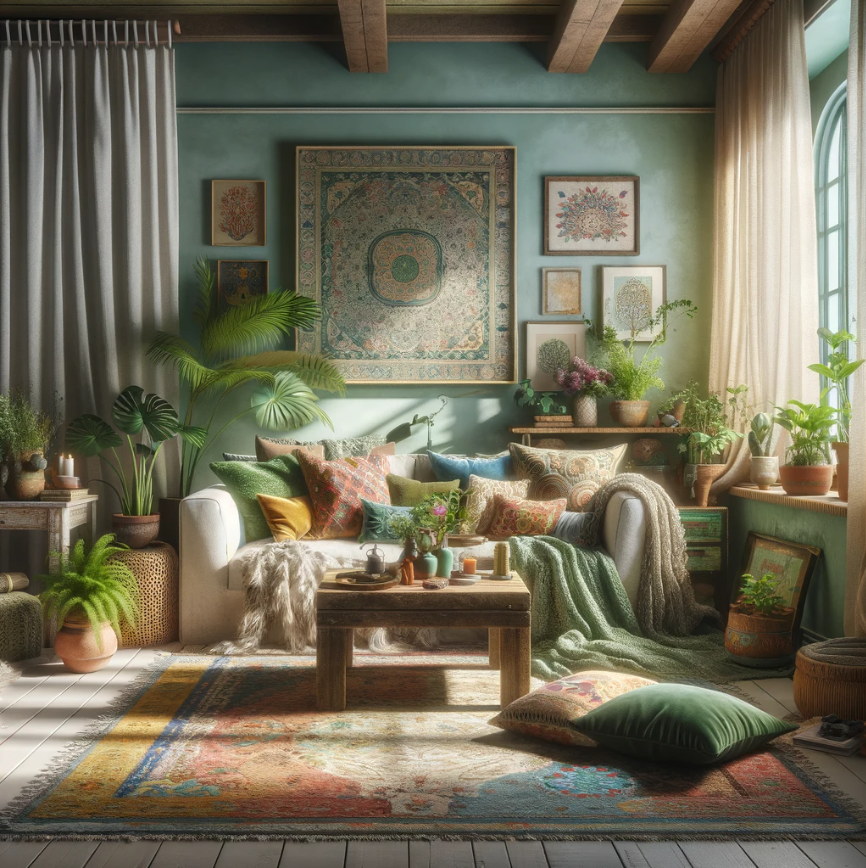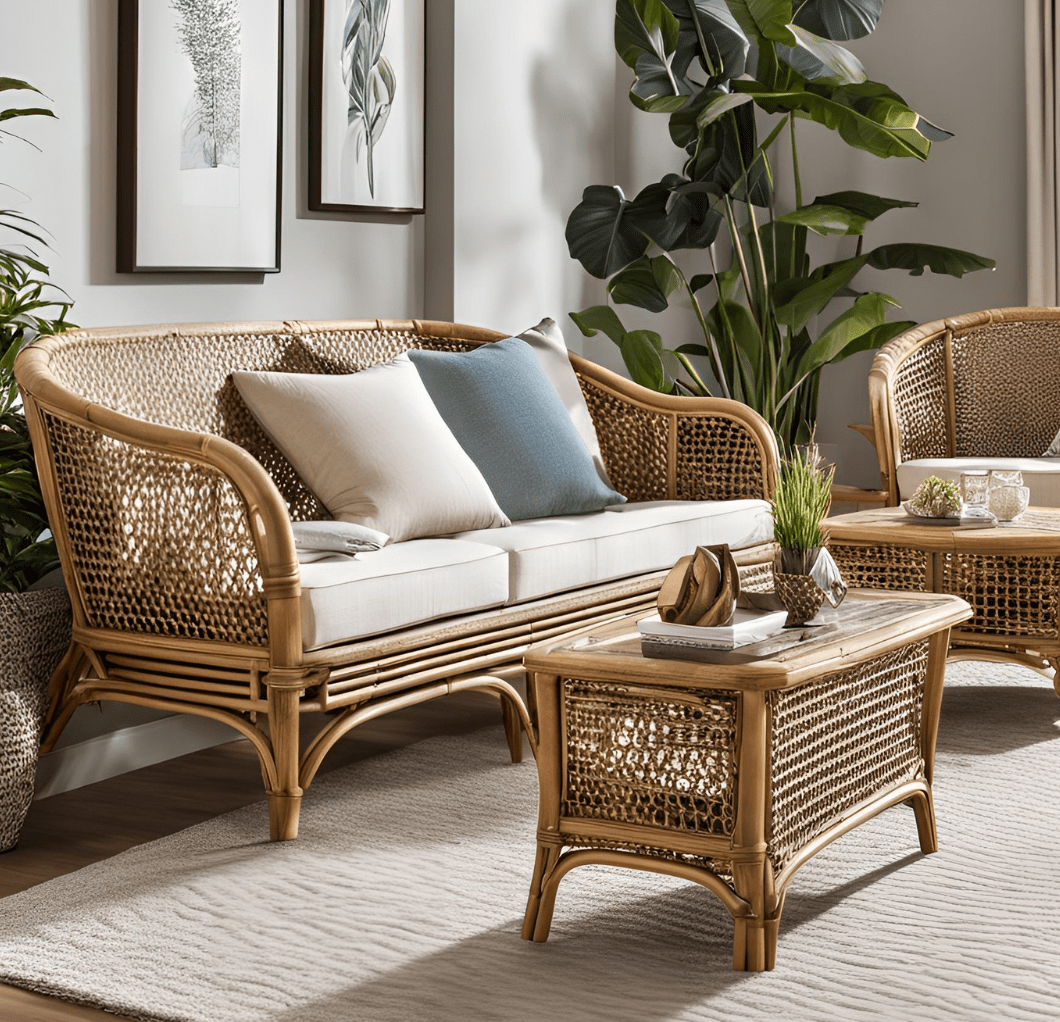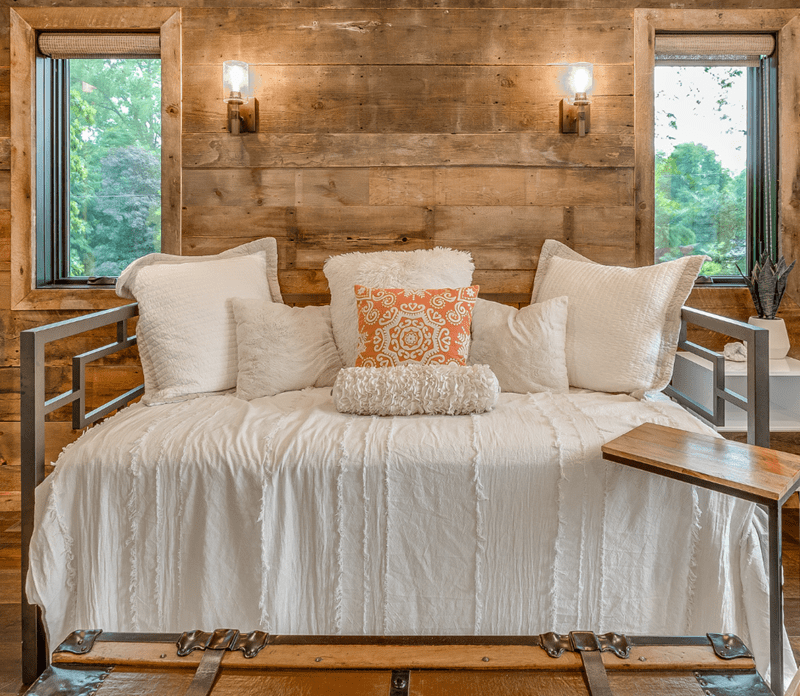10 Stylish Sideboard Cabinets & Buffets for Every Room

When you’re designing a space that needs both style and storage—especially in a dining room or open-concept layout—a sideboard cabinet or buffet table is your best friend. Whether you want to stash away extra dinnerware, barware, or linens or just want a beautiful surface to decorate, these pieces are both practical and beautiful. Let’s walk through ten different styles of sideboard cabinets and buffet tables that are worth considering.
What’s the Difference Between a Buffet and a Sideboard?
You’ll often hear the terms used interchangeably—and honestly, in most modern homes, they can be. Traditionally, buffets are slightly taller and used more for serving during meals, while sideboards were placed in living rooms or hallways and are usually a little lower in profile. These days, the distinction is more about how you use the piece rather than the name on the product tag.
Classic Wooden Sideboard
Notable Feature: Timeless craftsmanship, usually made from solid oak, walnut, or mahogany.
This is your go-to option if you want something sturdy and versatile. Classic wooden sideboards often have a combo of drawers and cabinets, perfect for silverware, placemats, and china.
Pairs best with: Traditional, farmhouse, and transitional interiors. It gives a room a grounded, warm feel and works exceptionally well with wood dining tables.
Mid-Century Modern Buffet Table
Notable Feature: Clean lines, splayed legs, and minimal hardware.
These are sleek, often low-profile pieces with a design that leans toward simplicity and functionality. They typically feature rich woods like teak or walnut and may have sliding doors.
Pairs best with: Mid-century modern and Scandinavian homes. It brings a retro cool vibe without feeling outdated.
Industrial Metal Sideboard
Notable Feature: Raw metal or mixed wood and metal with exposed hardware.
Industrial sideboards feel rugged and edgy. They’re great if you’re not afraid to play with contrast. Some versions even incorporate mesh doors or casters for mobility.
Pairs best with: Industrial, loft, and urban modern spaces. They add grit and personality—especially if your room has brick or concrete elements.
Contemporary High-Gloss Buffet
Notable Feature: Glossy lacquer finish with push-to-open doors (no visible hardware).
This style leans into minimalism with a futuristic flair. It’s all about clean, shiny surfaces that reflect light and make the room feel bigger and more open.
Pairs best with: Contemporary and modern interiors. Great in small dining areas or minimalist homes that lean into neutral color palettes.
Rustic Farmhouse Sideboard
Notable Feature: Weathered wood finish, sliding barn-style doors, and chunky hardware.
Rustic farmhouse sideboards bring instant charm. They often come in distressed white, grey wash, or natural wood tones and offer a cozy, lived-in feel.
Pairs best with: Farmhouse, cottagecore, and coastal styles. Perfect if you’re going for a welcoming, down-to-earth aesthetic.
Glass-Front Display Sideboard
Notable Feature: Transparent or frosted glass cabinet doors to showcase contents.
This is ideal if you want to make your china or glassware part of the decor. Glass-front sideboards allow you to display your prettiest serving pieces while keeping things organized.
Pairs best with: Transitional, eclectic, or traditional styles. A great blend of form and function.
French Country Buffet Cabinet
Notable Feature: Ornate moldings, curved legs, and antique-inspired hardware.
This piece feels elegant but not too formal. Soft, creamy finishes and carved details give it that old-world romance without being too flashy.
Pairs best with: French country, shabby chic, and vintage-inspired rooms. It’s a must-have for anyone who loves delicate, feminine touches in their decor.
Tall Buffet Hutch Combo
Notable Feature: Vertical storage with an upper hutch for open or closed shelving.
A buffet hutch takes your storage game up a notch—literally. The base works like a typical sideboard, while the upper section can have open shelves or glass doors, which is great for displaying or storing larger pieces.
Pairs best with: Traditional, farmhouse, or even coastal homes. Ideal for kitchens or dining rooms that need both style and serious storage.
Mirrored Sideboard Cabinet
Notable Feature: Mirrored doors or panels that reflect light and visually expand the space.
This is the glam choice. Mirrored sideboards feel luxurious and make a big impact, especially in rooms with low light. Some designs even come with crystal knobs or metallic trim.
Pairs best with: Glam, Hollywood Regency, and Art Deco-inspired interiors. Great if you want your storage piece to double as a statement.
Boho-Inspired Sideboard
Notable Feature: Rattan details, cane webbing, or carved wood patterns.
Boho sideboards often mix materials and textures—think mango wood with cane doors or natural oak with brass accents. These pieces don’t just hold your stuff; they tell a story.
Pairs best with: Bohemian, eclectic, and global-inspired spaces. Perfect if you love layered, natural elements in your home.
Styling Tips for Sideboards & Buffets
Choosing the right buffet or sideboard is just the beginning. Once it’s in place, here are a few ideas to style it like a pro:
- Top it with a lamp for ambient lighting.
- Add framed art or a mirror above it to create height and visual interest.
- Layer in decorative objects like vases, trays, or stacked books.
- Use baskets underneath (if it’s open) to store linens or less attractive essentials.
- Change it seasonally to keep your space feeling fresh and intentional.
Make Room for Style and Storage
Whether working with a small apartment or a sprawling open-concept dining area, a well-chosen sideboard or buffet table can anchor the room and offer beautiful, functional storage. There’s a style out there to match every kind of home—from the ultra-modern to the timelessly traditional. The key is finding the one that feels like it belongs in your space and makes your everyday life a little more organized (and much more stylish).
FAQs
What’s the difference between a sideboard and a buffet table?
- While the terms are often used interchangeably, buffets are typically taller and used in dining rooms for serving food, while sideboards are lower and more versatile, often used in living rooms or hallways.
Where should I place a sideboard or buffet in my home?
- Most commonly, they’re placed in dining rooms to store serveware and linens, but they also work well in entryways, living rooms, or open-concept spaces for both storage and display.
What should I store in a buffet or sideboard cabinet?
- Store items like dinnerware, flatware, napkins, barware, table linens, or seasonal decor. Glass-front styles are great for displaying attractive pieces.
How do I style the top of a buffet table or sideboard?
- Layer in a table lamp, framed art or a mirror, a decorative tray, books, and a few curated objects. Keep it balanced and change it up seasonally.
Which sideboard style works best with my decor?
- Choose based on your home’s aesthetic: go with rustic wood for farmhouse charm, high-gloss lacquer for modern minimalism, or mirrored finishes for glam spaces.
Bert Solivan
Bert is a passionate interior design enthusiast and home decor blogger, known for curating spaces that blend timeless elegance with personal style. With an eye for detail and a love for mixing classic and contemporary elements, Bert shares expert tips, inspiration, and product finds through his blog, helping readers create beautiful, livable homes that tell their unique stories.














